Dharmadhatu and Deities
Dharmadhatu is the source of all phenomena--nirvana and samsara.
Dharmadhatu is adorned with dharmakaya, which is endowed with [the wisdom of dharmadhatu]." This is a brief but very profound statement, because ‘dharmadhatu’ also refers to sugatagarbha or buddha nature. In other words, the Dhatu is the One Element, and the Kaya is its full development or manifestation. To completely penetrate (supravidh-) the dharmadhātu is bhutakoti. It is indivisible and eludes futile proliferation (niṣprapañca).
It is the source or residence of major elaborate forms of Vairocana, Manjushri, Varahi, etc.; in the ritual, it is a final or pinnacle moment of Generation Stage; and is the subject of several Sutras. So we are looking for a "bridging" role of what it is, and how itself is directly defined as a type of deity, so that it has an immediate use. I can't succeed in a Varahi rite using a Dharmadhatu that is a word on paper and a hazy concept, but if we work underneath and behind it, the thing itself will manifest and become accessible. This is what many of the Sutras and lower tantras aim for.
Like other aspects, such as Touch Sense and Touch Object, this is defined similarly, but works a little different.
As a deity, she appears to have two central roles.
In retinues of elements, Dharmadhatu Vajra is the fifth or space, and in retinues of senses, the sixth or mind. Both styles are important, the main difference is that in six, she has become operative and distinct, or, one could say, Vajrasattva has access to Gnosis. The package of five is in common with anyone, maybe even animals.
One thing about Indian music is that it is ultra melodic with perhaps a type of counterpoint melody, but little of chord progression and harmony found in western music and its "simpler" scales.
The details of this goddess are likely behind the following interaction.
Sinnett asked Koothoomi for the sevenfold division of the "fourth and fifth principles", i. e. Kamaloka and Manas. And in a few sentences, we see what he wanted from the west--HPB to be more coherent, and music--and afterwards, what he did not--the British bombardment of Alexandria. He then said that several Trans-Himalayans or possibly Sikhs and Druze had gone to help the Copts save whatever they were guarding--perhaps the other 36,000 books of Hermes. No one knows.
...it is curious that H.P.B. when subjecting poor Mr. Hume's brain to torture with her muddled explanations, never thought -- until receiving the explanation from himself, of the difference that exists between individuality and personality -- that it was the very same doctrine she had been taught: that of Paccika-Yana, and of Amita-Yana... I must be permitted to doubt whether with the desired explanations the difficulty will be removed, and you will become able to penetrate "the secret of psychic phenomena." You, my good friend, whom I had once or twice the pleasure of hearing playing on your piano in the quiet intervals between dress-coating and a beef-and-claret dinner -- tell me, could you favour me as readily, as with one of your easy waltzes -- with one of Beethoven's Grand Sonatas?
Pratyeka is the five lower principles, Amrita is the three higher; the fifth is shared or split between them. This is nearly identical to calling Dharmadhatu Vajra either the center of five elements or skandhas, or is the sixth element of mind or gnosis (and thereby attached to subtle mind or the immortal). There is a reason there are two groups. The first is mortal, periodical, and deluded. The fact that it perishes is harnessed and used in meditation. The explanation, itself, will not penetrate very deeply--that is what practices are for--nevertheless, the two vehicles or two souls is a very basic thing he would have liked Theosophists to employ, rather than Personality and Monad, or other ways.
Dharmadhatuvajra is called Padmajvalini in Vilasini and Varahi retinues, and is known this way in Tibet:
KHAM, Pema Drawachenma (she who has the net of lotuses) (Skt. Dharmadhatuvajra or Padmajvalini), she has three faces and six arms. It is from some notes which are a bit messy and inconclusive.
If we consider the translation, then it appears possible that an "error" of her name is correct, Padmajalini. The presence of a "v" would make it Fire Lotus, and, without, it would be Lotus Net. The variation can be found in Abhidanottara and Vajra Daka. For instance, in this table of correspondences, no v. The table also shows Rupini as the highest Bhumi and that these forms are ardhanarishvar. The apparent error has made it as far as Japan. The notes may be cleaner in 62 Deity Luipa Chakrasamvara. This large amount of deities is because Chakrasamvara's subject is not the elements or wisdoms; it is Thirty-seven Point Enlightenment plus Twenty-four Pithas.
Dra in Tibetan means net, network, lattice, so whether or not she is on fire, it seems more important and correct that she is Jalini or Net. It is this way in Sanskrit originals, and also accepted in Japan and Tibet.
She is not Pandara and not in Lotus Family. Padmajalini would make her a female Padmajala, Vilasini flows from Avalokiteshvara, but the center in all of these retinues seems to keep pointing to Ratna Family. Her consort is Padmanartesvara, but that does not mean they have to be of the same Family (Samvara and Varahi are not). In fact the name Padmanartesvari is stuck on Tara; and "almost the same" Green Tara works in Karma and Lotus Families; and either one of those could be Air.
In her Yoga mandala, Vilasini may be two-handed holding a kulisha (a Samudra fish, axe, or Vajra as Indra's Thunderbolt) and a lotus, or two handed with a kapAla and a vajra. The corresponding Padma Jalini is Six Armed and Grey.
Vilasini's Highest Yoga rite requires the grace of Tilottama:
vilAsinI and narteshvara are surrounded in their maNdala by two AvaraNa. In the first of them resides the highly erotic vidyAdharI. She has 3 heads and carries a kapAla from which she drinks wine [i. e. Sura Devi or Varuni] and a khaTvA~Nga. She is brilliant red in color and clothed in only a garland of nAgakesha flowers and bears long thick flowing untied tresses, with her youthful body excited with erotic pleasure. Her secret mantra is similar to that of Chinnamasta.
In the next AvaraNa are invoked the 10 vilAsinI-s as in the first vidhi of vilAsinI.
So Varuni is to the side of, or in addition to, the Five Dakini pattern (ten Vilasinis), and is not herself the central Union.
Vajravilasini is hailed in two stotras to Trikayavajrayogini by Virupa (GSS26 and GSS27). The note to this gives:
namolocanadi dasavajravilasinibhyah. namo yamantakadi dasakrodhavirebhyah saprajne-bhya
Locana has Ten Vilasinis or Playful Ones and Yamantaka has Ten Wrathful Ones. Or, it may mean they are "with" or "in" them, since Yamantaka is counted within the Ten Wrathfuls, he just arguably would be supreme among them, being the main Bodhisattva behind Vajrabhairava.
Although this Wrathful circle can be found anywhere, Vilasini for some reason is just a name of some derivative works. Sumangala Vilasini is Buddhoaghosa's commentary on Digha Nayaka, which explains Buddha would spend the Third Watch gazing over the world with the Divine Eye (presumably Locana), to see who had aspired under a former Buddha to arouse bodhicitta and had manifested the perfections. There is a Madhuratha Vilasini, and a Visuddhajana Vilasini, which is Dipankara predicting Buddhahood for Gautama.
The Four Mothers or Prajnas are also Vilasinis.
The four mothers are also referred to as vilasini (possibly in an adjectival sense) in the KYT ch. 16 v. 6cd (p. no): anandarupavilasinyah sarvabharana- bhitsitah, in which they appear as essentially kapalika goddesses in the intermediate corners of the outer mandala of the "great Heruka," Yamantaka. So then, if, as far as Yamantaka is concerned, there is such a thing as "vilasinis" which are not necessarily being used for sex, but have a close relation to wrath and death, then they are needed, because they are an active part of the human aura.
The Yoga mandala of Ten Vilasinis does show two sets of distinct goddesses, even though the "lesser" names are decided to be nicknames for the Prajnas. I get the impression this is trying to provide a "Dhyani Prajna Bodhisattva", a level that is accessible to us and transforms us; it is the Bodhisattvas themselves who get Buddha's teaching directly, or, perhaps, perceive the Prajnas on their own plane. When we are saying things like "Akshobya is the Buddha of Mirror Wisdom", then most simply, Mamaki *is* Mirror Wisdom, and we certainly do not get complete comprehension of this at its very root just by making the concept.
We might get closer faster if she has a playful nature.
Vilasini is not Pandara who is not Padmanartesvari. Vilasini may in fact be in Jewel Family and still be named Padma Jalini, who is defined as Dharmadhatu Vajra or Mental Sense Object.
Locana--and here, most importantly as Nirmana Cakra--is inveigled with the Vilasinis as a whole.
Locana does a weird transition as seeing or perception, from Vairocana to Akshobya and Earth, eventually to Karma and Space; Pandara in some instances is described as the thing seen, or Dharmadhatu; and yet her attributes partially go to Tara (Padmanartesvari) and Vilasini (apparently coaxed from Lotus Family to Jewel). Basic, original Locana is simply Prajnaparamita, and so her movement is consistent with changing names or forms of the central deity, but the movement is also how or why the central evolution becomes real. As recently as 2017, Locana initiation (or all Vajrasana initiations) requires nothing but Refuge Vow and a commitment to Bodhicitta. It would be sad if someone took refuge without the commitment; these hopefully are simultaneous and automatic. They say she cures pain and suffering. Several deities fight diseases, but not many are described as physical relief.
Pandara just means White or Yellow-White and is an ancient name related to Pandu or the Pandavas. Her meaning is closer to Vimala or Stainless, pure because immune to defilement. Pandara Vasini means she "dwells in white". Rinjung Gyatsa 161 says she is red, dressed in white, arising from Red Pam--which for some reason is how the vast majority of Sadhanamala exercises start. All kinds of them begin from Pam before using anything for a specific deity.
The plainer name of Padma Jalini, Dharmadhatuvajra, is in all the tantras:
In Kalachakra's Seven Chela Initiations, the Conduct Initiation is granted by Bodhisattvas purifying the Senses and Sense Objects. Yellow Sparsha Vajra is fifth in the genitals; Green Dharmadhatuvajra is sixth, in the heart with Samantabhadra.
Hevajra uses their same names. And in the rest of the system, she is White. However, according to David Gellner, in Nepal Guru Mandala, Dharmadhatuvajra holds Flask, AH, black. This one is last of Sixteen Offering goddesses. Guru Mandala repeated close to Agni Homa is called Rahasya Mandala. We will elaborate this a little further along.
So she is called Dharmadhatu Vajra like the others are Sparsha Vajra, or Touch Object, or by the intent of the procedures, the Object is or is being purified. Her identifying feature is usually holding a Dharmodaya, Reality Source, i. e. a triangular object, although it is Flask in Nepal.
Normal Offerings to Dharmadhatu Bodhisattva go with:
Om Ah Vajra Dharme Hum
Perhaps closer to her personal mantra is:
Om Dharmadhatu Vajra Svabhãva Ãtmako’ham
In Sadhanamala, Manjushri regularly uses a form of Dharmadhatu Svabhavatmako'ham, without any Vajra. Slightly beyond this is:
suviśuddhadharmadhātusvabhāvāmvajratārāṃ
or, the total purification of Dharmadhatu (or, the fifth Wisdom) is Vajra Tara.
Picuva Marici 144:
dharmadhātuśite caitye dhātuhṛd buddhavartmani
Dharmadhatu is her stupa and heart element.
There is only a limited way of her not being described as an Object:
Marici 73 in Drub Thab Gyatso is Dharmadhatu Ishvari, Red with Six Faces and Twelve Hands.
Oddiyana Marici 138 and 139 match this form, and 140 Svadisthana Krama Marici, or 143. These are the highest and most explanatory Maricis at the top of the big Ekajata.
Since Padma Jalini is not the only Dharmadhatu deity, but a particular rite of dealing with her, if Guhyajnana is also Dharmadhatu Vajra, she has a Guru, Ziro Bhusana, and an Ishvari, Marici. This is among the extremely few ways the generic names can be used as something other than "the consort". There are perhaps a few others, but, so far, this instantly ties together all of the obscure esoteric rites we have excavated, to the most basic definitions of common, critical terms about Dharmadhatu. Guhyajnana is exoterically almost a "flag deity", she is related to or transforms to Vilasini, but we can "catch her in the wild" by instilling a Quintessence with an aim towards Dharmadhatu.
Otherwise, the usual "abbreviation" Dharmadhatvishvari is applied to the consort of Vairocana (who could alternatively be Akasa Dhatvishvari), or to the consort of Vajrasattva, without further designation. Vajrasattva is depicted with different consorts, such as Vajrabhrikuti, the peaceful one Vajragarvi or Vajrasattvatmika, Ghantapani, Dharmadhatvishvari, the wrathful one Diptacakra, Vajratopa, Jnanadakini, Vajravarahi, and others.
It makes sense if generally Vairocana is the entity of Form, she is Space; if Vajrasattva is Gnosis, she is Mental. Of course, she has a definition as the center of either five or six.
An Object is anything you perceive, but an Ishvari means she can be Tattva Devata, or a reality goddess of highest enlightenment. So far, we find mainly Marici serving as Dharmadhatvishvari and Vajradhatvishvari, whereas Kama Dhatvishvari is Lakshmi in Hevajra.
Akasha Dhatvishvari is a standard name in The Great Chariot or with Chemchog Heruka, where she still has not much personality, mostly sounds like a placeholder. In the second, she is wrathful and dark and not with Vairocana; he is Wrathful Ratnasambhava; she is just part of the element of Space. Space Goddess is mostly the same as Dharmadhatu Goddess, except the second clearly states Six Senses, the former only Five Elements. An esoteric view of Five Dakinis stresses the importance of this fivefold element attached to the Three Channels.
She does not clearly have a deity practice, other than White Tara or White Prajnaparamita or anyone mainly about Space and Void; White Vajra Tara. But she is really a function, a power, perhaps similar to the Sherab class. In Dakini terms, it would be Maitri or "Raised Foot" flying dakini. Importantly, she sews the fivefold material, physiological apparatus, to the inner one.
Dharmadhatu also pertains to Ekajata and Guhyajnana in Karma Family. This Karmeshvari is from older Nyingma tradition, where she may be called kun tu bzang mo, Leykyi Wangmo, Nyida Ngodrub, Skt. Samantabhadri, and so those are not identical to our Guhyajnana practices in Sarma. Historically, Guhyajnana was used by most of the Mahasiddhas; since then, her transmission is rare. In all cases, Dharmadhatu is little different from Akanistha or Pure Land. In just a moment it will be stated why Ekajata and Karmesvari might be together.
The fivefold group becomes controlled by the sixth element, Mind, which opens to a seventh or what could be called Subtle Mind centered in the heart; these determine the course and fate of the Three Channels. In other words, Akashic or Mental Plane is Space related to Form and Perception, then Body-less Mental-only Space, and then Subtle Mental Space, and especially due to a virgin essence through the Sun. The direction this seems to be moving is into the Channels, not elsewhere. Mayavi Rupa is "incidental" compared to this.
Asanga explains that the Dharmadhatu is ten-fold because it is the Bhumis; or, each Bhumi has its own kind of Dharmadhatu. So, on the first Bhumi, the Tri-kaya is obtained, but it is not until the tenth that it is Suvisuddha or completely pure.
In the generic names, she mostly seems to "just be there" in most practices, like Matangi "just happens" to be in Shurangama Sutra. When we start looking at who or what is the Ishvari of a Dhatu, there are limited returns. In terms of Dharmadhatu, we mainly get Guhyajnana, Padma Jalini, Ekajata, and Marici. However there is also a weird Dharmadhatuvajra of Nepal.
Gellner's article is from 1991 and inside a subscription, making it difficult to see and impossible to copy. But it does have a few points to add to the other explanations of Nepal Guru Mandala.
Hodgson's Pandit Amritananda described Offering Goddesses as Sodasa Lasya or sixteen dancers, which was still not understood by westerners in 1948. Again, this is really Yoga--exoteric understanding would say it is all about Vajrasattva, but Yoga means it begins to be applied to the body in detail. If these sixteen are concentrated together, then, the primary consort for Seven Syllable deity is Lasya. Buddhism ignores this almost callously, but, in Hindu Yoga, she would be understood as the universal vibratory response to an awakened or enlightened Shiva.
This Nepali practice uses Pratisara and Pancha Raksha as protectors, especially against mental and "supernatural" forces, such as the witches called dakini-sakini.
In ordinary rites, a flower would be placed for each one. They are evoked by seed syllable, gesture, and mantra. The offering mantras are simple, and most take the form of Om Vajravine Hum, with exceptions listed. The seeds repeat the pattern Hum, Tram, Hrim, Ah.
Eight Musicians, Singers, and Dancers:
Vina
Vamsa
Mrdanga
Muruja
Lasya (or Hasya)
Malya
Gita
Nrtya
Eight Offerings:
Puspa
Dhupa
Dipa (Om Vajraloke Hum or Om Vajravalokite Hum)
Gandha
Adarsa
Rasa
Sparsha (Om Sparshavajre Hrim and possibly arising from Tra)
Dharmadhatu (Om Dharmadhatuvajre Ah or Om Dharmadhatugarbhe Ah)
After the cycle is a Vajra turn with:
Om Hum Svaha
and a Bell ring with:
Om Hoh Svaha
followed by three Vajra turns with:
Om Vajrasattvasamgrahat Vajraratnam Anuttaram.
Vajradharma-gayani Vajrakarma Kulodbhava.
Om Takkijah Hum.
"This, because it is held by Vajrasattva, is the ultimate Vajra Jewel. (The Bell) which sings the Vajra doctrine, is born in the Buddha Families of Vajra and Karma."
That is how they are related. Karmesvari perhaps takes importance from Tattva Samgraha; first, there is a method which places the Wrathfuls into a Suksma or subtle condition and makes a Rahasya Mudra Jnana. Then Vajra Family's Karma mandala begins with her in section 1121. There is Dharmadhatu, Akasa Dhatu, and Vajradhatu, and then Vajrapani does Karma Mandala. He uses Bhrkuti and Dhvaja and others.
In the Nepalese section on Vajra and Karma, we see some Red Vajradharas equivalent to the Three-in-One.
Next, there is a section of Bodhisattva Vow and Confession, and then, in Gellner's sources, two of them use exactly half of Inverted Stupa; they use the Triangle to repeat a similar Offering process, without going to the full Completion Stage tantra, but they say Muttering and Nyasa or body empowerments are used here. It goes to the Fourth Skull over the Three, filling with Five Nectars from Bum, Am, Jim, Kham, Hum, Lam, Mam, Pam, Tam, Vam, full of the Five Lamps (Prajna).
The fact of these being Luminous or Reality is something we are going to begin to understand and perceive and is the main basis to employ the "second half" of Inverted Stupa.
In Sakya, you have the Great Three with Hevajra Kurukulla, and the Small Three with Panjara Kurukulla Tara, whose associates are Red Vasudhara and Tinuma Vajrayogini (or the Activity of Vajravarahi). The Vasudhara is really Bharati, who associates with Jambhala, and then with Takki, as Sukha Bharati. Tinuma is a version of Guhya Jnana since she is mantrically similar. And this "Small" one is Heart Drop Kurukulla, born of Tara and Lakshmi. The overall "Red Cycle" begins with common Vajrayoginis, and in the second stage, compresses them into Tinuma, a form of Guhyajnana. This is in parallel with Bharati, whom we take to be Cup, or obviously the central item to the whole Varuni extension of Guru Yoga. This all goes into the first real Kurukulla.
With "Red Tara", there is Cunda, and then Manohara is Red Hook Vasudhara, and then she passes away the Hook and there is Bharati. That is a progression of Yidams which could be said to deploy some of the most important or crucial necessities. It encapsulates everything from dharanis to the highest combination we could use in outer Yoga.
Likewise, if we don't exactly do Heart Drop but use outer Taras and Lakshmis, and if we don't really use Tinuma but Guhyajnana and Ziro Bhusana, the top end of this outer Yoga training is an extremely close dovetailing parallel to the Sakya transmitted lineages. That makes three esoteric reds of Tara, Bharati, and Guhyajnana, for which we would have to say all of the big Red Maricis are Tara Bodhisattvas. Also, Vajra Tara is considered a close equivalent to Ekajata and Hevajra. This captures everything.
So the article explains that a public ceremony is done a certain way, and that there is a concentrated style when done as one's daily meditation or Guru Yoga. Particularly, the first way might make large and visible Outer Offerings, and disregard the Inner; but on a personal level, one may do both, or even skip the Outer (likewise, a Yamantaka commentary explains Seven Limb Offering done slightly differently with respect to Nirmana or Sambhoga Kaya). Either way, the end phase is to develop the Triangle, using its own Bali or Spirit Offerings.
The Bali Offerings are made to the Eight Realm Protectors, Indra and the rest, then Eight Offerings to Urdvha Brahma, Surya Grahadhipati, Candra Naksatradhipati, Adhahprithvi or subterranean earth, Nagas, Yakshas, Asuras, and sarvadigvidig lokapalas, or all collectively.
After Five Offerings, thread and such, the Dance Goddesses should be repeated; or in one version, used for the first time here. Eventually, Amrita Kundali is invoked with a form of "Kha Kha Khahi Khahi", and then Vajrasattva Hundred Syllable mantra. The piece concludes here.
Among other things, it shows that "half" of Varuni is a kind of stopping point to do a kind of Yoga that believes this is not sacrifice to Vajrasattva as some external agency that will go around doing good things, but that the deities pertain to the body.
It has Pratisara and Amrita Kundali framed around some Nectar; and so again, Pratisara as a Muttering deity is not a bad choice. The last is nearly meaningless until one is prepared for what it does.
Ekajata is the protector of Nectar Tantra or Jewel Family, which Amrita Kundalin will unleash. Siddharajni is shown holding a Nectar Vase over her teaching of Padmanartesvara in union with Red Guhyajnana. Vajra Amrita is just about the only male emanation of Amoghasiddhi. She is protecting Nectar Tantra and is mandatory for Hevajra; this is, so to speak, the main "call" for her.
Brian Hodgson recorded that from Suvisuddha proceeded Vairocana, who is earth, form, and color; Akshobya, water and sound; Ratnasambhava, fire and smell; Amitabha, air and taste; Amoghasiddhi, ether and touch (p. 299). This is describing the process of creation of the Aiswakaras.
Akshobya with Locana is almost always considered Water. But this is a Yoga Maya issue; it doesn't matter that much how physical matter was produced. The closest practical parallel is that, when doing a sadhana of dissolution, one emerges in reverse order. If one emerges strongly and stably, you will be fine, and if not, then it is not Buddhism or is an error, having dreadful consequences.
To go back through the Bhumis, Dharmadhatu is fairly universally described as found in or through primordial sound. There definitely is such a thing as this. It is Anahata, or "unstruck", part of one's heart that cannot be shared because it is internal. It is unstruck because no physical objects made noise to produce it. Because this is the glyph, Nada, it is also the Crescent base of Inverted Stupa. So this Crescent blends a reversal of nervous flow with attention to the Sound. It would seem to be the definition of Akshobya-centered mandalas: they either induce this, or work with it.
The sound is Matangi--Janguli.
Since Janguli is mainly, if not only, an Akshobya emanation, her shared symbol or "hydra" with Amoghasiddhi again marks a resonance from Vajra to Karma Families, related to Sound. Further, Sound, or Shabda Tantra, is an underlying point where Buddhism changed the "rigidity" of the then-Brahmanical system, and so is a sonic equivalent of the changing of mantras and different use of seeds, though similar. Janguli largely re-arranges the sonic applications associated with Matangi. Even a Sikh open-minded to Buddhism manages to quote the Book of the Dead on a Thousand Thunders in one's own inner radiance, and Shurangama where several Bodhisattvas discuss their samadhi in sound. There is an extremely esoteric song by Tsonkhapa which talks about sound offered to Akshobya when the Nirmana chakra is ready to burn. So at first, or generally in fivefold mandalas, the center is ether and the sense is sound, while water is taste.
But what happens in the standard Akshobya Guhyasamaja is that all deities are crowned with Akshobya; first is Vajradhara in Union with Vajradhara Ishvari, they emanate four pairs of regular Dhyanis and Prajnas, and then the central deity becomes Akshobya in Union with Sparsha Vajra. Or, in Jnanapada lineage, it becomes Manjuvajra with Sparsha Vajra, and Vajrasattva is elsewhere with Sattva Vajri.
This bizarre Black Brahmanarupa has Manjuvajra and Sparshavajra at the top:
Nagarjuna may be found, and also, Nyen Lotsawa (upper left corner), a great Tibetan translator, received two great gifts from Risula Dakini (top right of center): the Manjuvajra Guyhasamaja teachings and also the initiation into the Chaturmukha Mahakala. At the same time, she gave Nyen Lotsawa a dark-skinned Brahman as a servant, who was none other than Chaturmukha Mahakala. In Sakya tradition, where it is inappropriate to show the wrathful form of Chaturmukha Mahakala to the uninitiated, the tradition arose for painting this deity in his Brahamanical servant form.
In Ngor, Manjuvajra of Nyen is 42 in the Gyu de Kuntu set of mandalas.
Manjuvajra and likely Khasarpana with White and Green Tara are over Brahmarupa, who makes a Quintessence of Quintessences of the Dakinis:
The four dakinis are identical and always follow the colour sequence of blue, yellow, green and red. However in this version, at the edges of the pristine awareness wisdom fire are four dakinis, ghoulish in appearance, dynamic in posture, Dombini, Chandali, Rakshasi and Singhali Devi - black, red, yellow and green, although dominantly black in colour. They are naked with disheveled orange hair, each holding a curved knife and a skullcup. Or, according to the text, on the right is black Dombini, left green Chandali, front red Rakshasi, behind yellow Singhali.
The retinue names are personal to Mahakala. The name Singhali, however, makes no sense; not in terms of a lion; its only interpretation would be the Sri Lankan language or culture, Sinhalese. Perhaps it is an attempt to make a "candali" of such a woman. At any rate, the "human disguise" is over his Four Face secret form, which is actually Manjushri, as shown by the Sword:
Nevertheless, these Dakinis use a chopper, none have a sword. The only thing close is that here, some lower associated deities have it:
The Brahmarupa lineage goes through Ngor, and in the 1700s, this was offered to Ngor, saying:
"At the majestic Ewam monastic center, the teacher Kunga Gyatso offered this Shri Natha painting with pure intention in order to protect the teachings of the Buddha, and we the yogis, from harmful enemies and demons, and lead quickly to realize the dharmadhatu."
Again, it is for, or about, Dharmadhatu.
His option is to be under Manjuvajra, or, in the case of Gelug or China that may not have this lineage, it would be Vajradhara. But here is an exceptional offering version, where it is Vasudhara:
If the upper figure is a lineage teacher, Brahmarupa still usually had a vivid Dhamodaya, triangle and three skulls motif, here also with Seven Syllable deity, and dakini faces beginning to show fire:
So he is a disguise for a secret Mahakala we are not even supposed to know about, but from what we do know about, we must find to be a close male correspondence to Guhyajnana. He is the side companion of Sri as the dark female protector. Four Face is more or less so un-secret he has eight or ten varieties drawn in Tibetan Deities, but by comparison, here, we are the only ones who have identified the single image of Ziro Bhusana.
So there are several Nyan lineages, Black Manjushri, Brahmarupa, and Ziro Bhusana, plus one Guhyasamaja through Yogini Risul that gets Manjuvajra in union with Sparsha Vajra.
When this union takes place, Sparsha is considered Adi Prajna. What has happened is that Peaceful Vajradhatvishvari was the first consort, is dissipated, and Semi-Wrathful Sparsha Vajra arises in her place--she would be the first in an eventual series, but always the first. She also has the noticeable task of handling Zenith and Nadir deities, who themselves at one point re-emit the entire retinue.
Vajradhatvishvari is exactly what is needed, from Guhyasamaja through Kalachakra, which is because of her definition, the subtle body and upward wind, in consequence of having centered on Akasa and Dharmadhatu Ishvaris.
Dharmadhatu as a deity, Guhyajnana, can be emerged from Vairocana, Lotus, or Karma Families; Padma Jalini seems to be Jewel. Ekajata and perhaps "any Vajrasattva consort" are also her. In terms of "basic elements", this is Akasa. As a Noumenal or Mental Sixth Principle, Dharmadhatu links the space or center point of form to mind, and allows it to be un-elaborated, which is withdrawal, or Pratyahara, or Nisprapanca in full.
The idea with Bodhisattvas as extensions of Prajnas is comparable to Amitabha having a celestial emanation, Amitayus, in Akanistha or Sambhogakaya, and additional Lotus Bodhisattvas such as Padmapani, who are more closely projected to the material plane, or possibly may incarnate, such as Pandara incarnating as Mandarava. Or a human being could achieve Bodhisattva nature, which is in the Irreversible Bhumis, seventh and beyond. In other words, if I ask Amitabha or Amitayus to come, he won't; he is already there; I am just blind to the fact. If I deal with his underlings, they will help adjust the equation.
Hodgson or Amritananda handled Prajna Bodhisattvas as "Sangha Prajnamnayi", as Sita Tara, Ugra Tara, Bhrkuti Tara, Ratna Tara, Visva Tara. They deftly skip the "Six Families" version and give no bodhisattva for the sixth Prajna, Vajrasattvatmika, who is usually White with Varahi items, chopper and skullcup. Then, for whatever reason, it jumps from six families to nine.
"Dhyani Nava Prajnamnayi" includes the Prajnas beginning from Vajradhatvishvari (consort of Vairocana), plus Vajrasattvatmika, Ratnavajrini, Dharmavajrini, Karmavajrini; these correspond to Samantabhadra, Padmapani, etc., in other words appears to be bodhisattvas or perhaps celestial or sambhogakaya ones. That is because the next group appears to be Offering Bodhisattvas, or perhaps nirmanakaya.
Nava Bodhisattva Prajnamnaya is:
Bhrkuti, Maitrayani, Pushpatara, Sita Tara, Ekajata, Vagisvari, Dhupatara, Dipatara, and Gandhatara.
The name of the first group is Dhyani Prajna Family, certainly at least meaning meditative or celestial, which appears to correspond to Mahasri Tara/Sambhogakaya/the middle of Mount Meru. The second group, Bodhisattvas, has Bhrkuti, who is explained as preaching beneath Mahasri on the lower slopes of Meru. Although the first group mostly uses the regular names of the Prajnas, we also find for example Bodhisattva Vajrapani somehow cheats by joining Prajna Mamaki, who is supposed to be on a higher plane. But if, in the first group, she is allowed to be a Bodhisattva in her own name, this explains, for instance, Sahaja Vajrapani 158 and the next two in Rinjnung Gyatsa, where she starts as white with bluish luster and Varahi items knife and skullcup, is then Blue Vidyadhari or Rigdzinma, and then Sapphire Blue Dorje Lhamo. She apparently has emanated a Bodhisattva in her own name, related to Vajrapani.
"Nava Devi Prajnamnaya" means the Nine Dharanis.
"Misrita Nava Dharmamnaya" is the Prajnas plus Vajrasattvatmika, Vasudhara, Pratyangira, Guhyeshvari. So the highest three would correspond with three kinds of Vajradhara. Misrita means a type of grace made of mixed elements used to make elaborate ornaments. Like a three-tiered chandelier. Then these deities are not "in the family of prajna" but of dharma, and in Nepal, this almost instantly is Dharmadhatu.
These even have human Manushi equivalents, Yasodhara, etc.
Hodgson's roster has been used to describe the figures at Ellora, although whether this is strictly accurate is hard to say.
It is Appendix B on page 133 of "Illustrations of the Literature and Religion of the Buddhists" from 1841. Family of One or Ekamnaya is based in Adi Buddha and Prajnaparamita. The highest iteration is Guhyeshvari, whose Bodhisattva is Karmesvari, which may have something to do with why she is an Amoghasiddhi deity, but she is also Mamaki, who is Vajra, and so we have to look at Bell or Hoh syllable as this twofold meaning. It was just pointed out twice; it is primarily female and primarily a misrita or mixture of Vajra and Karma.
Here, Vajradhatvishvari is the consort of Vairocana. According to Bhattacharya, in Maitri's Samgraha, Locana is the consort of Vairocana. Vajradhatvishvari is in Jewel Family, and he was forced into the same reasoning we find with Padma Jalini:
Vajradhatvisvarl, according to a statement in the Advayavajrasam
graha is the deity of the centre surrounded by the four Buddhasaktis,
Locana, Tara, Pandara, and Mamaki She is said to be the embodiment
of the highest truth in Mahayana Buddhism which is named
differently as Tathata, Sunyata, Prajnaparamita and so forth.
.
Vajradhatvisvari thus can be taken as the spiritual consort of Ratnasambhava
only, with the yellow colour and the jewel as symbol.
Images and paintings of this deity are still rarer than those of the
other Buddhasaktis.
At this point, Vajrasattva has not been defined with a sixth family or element, he is "just there", and so this one is the basic look at five-fold form, with a standard Vairocana--Locana (Earth) in the East as Rupa, and Akshobya--Mamaki (Water) as Vijnana, Ether--Akasa, and Sound. Lotus is West, Hrih, Samjna; vital fluid, Sukra 'Atmakah, or the same name for Venus due to its whitish color can also be semen. Amoghasiddhi, North, Samsara, may have a Seven Serpent hood; Tara may be called Tarini. Ratnasambhava, South, Yellow, Vedana.
Maitri says that Vajrasattva's second name is Dharmadhatu, and he has the Varahi-like Vajrasattvatmika. To an extent, he may be saying that Vajradhatu is physiological and operates within one's form, whereas Dharmadhatu is only mental, because one is by name at the center of five, and the other is nebulously hinted at in a sixth "something".
Bhattacharya omitted any location for Akshobya, and Vajradhatvishvari is given the center. There is nowhere else for Akshobya to be. They are either together, or something is very obscure here (he could be Zenith or something). Correctly, the Prajnas are really the elements, Earth, etc., and the Buddhas are the Skandhas, Rupa, etc. Where Bhattacharya says "element" of a Dhyani Buddha, it is not a Bhuta, it is his Svabhava--in other words, Samjna is the Svabhava of Amitabha; Fire is the Bhuta of Pandara.
Nevertheless, Akshobya has Vijnana or consciousness aggregate with Akasa and Sound, and we have to find this primal sound, physically, to assist the philosophical Dharmadhatu, or the progressive manifestation of Vajrasattva. And then he has failed to say what Vajradhatvishvari "is" if she is the center of Four Elements. If it was Space, it would be Akashadhatvishvari; but this moreso seems to mean Subtle Body. Then if we follow her as technically as possible, she is the Upward Wind. So we are unable to sample her occult capabilities until passing the Triangle. Of course she already physically exists in everybody, but not in the completely functional subtle or tantric sense. A thesis from within Nepal finds Vajradhatvishvari in Jewel Family and Space Element and having at least three forms. It may be noted that on an image of Tara found at Khailkair two Dhyani Buddhas are depicted on the two sides of the goddess: on the right Ratnasambhava and on the left Aksobhya.
In a Hevajra mandala, Ratna is with Locana and Vairocana is with Vajradhatvishvari. Whereas Handbook of Buddhist Symbols simply says Vajradhatvishvari is Ratna's consort. Another place, Vairocana's mate is Marici (original statement from this paper. Patrul Rinpoche says the "face" on a Bell is Vairocana in the outer tantras, and Vajradhatvishvari in higher tantras.
There is not much doubt about the potency and centrality of the somewhat generic figure, Vajradhatvishvari, but since she is plainly, and probably singly, deified as Marici, then she is both the mirage-like shimmer as the first indication of burning Locana, and the ultimate universal dawn at the manifestation of a new Buddha.
There is one instance of Vajradhatvishvari plainly swiping Tara's place in the retinue of Khasarpana 26. Tara has not become or absorbed her, because Tara and Bhrkuti have special places right beside Khasarpana.
He also says:
locanādidaśadevatāṃ
Locanadi Dasa (Ten) Devata.
Suddenly he is the only example of apparently having hitched Vilasini retinue without exactly telling anyone about it, just as Virupa says in prelude to Tri-kaya Vajrayogini. This style is apparently an acceptable name for her, as in this Manjushri study, where she shows up shortly after Dharmadhatuvajraya Vajradhara. Indonesia accepts the spellings Wairocana Locanadi.
It happens to have been found there was such a place as Durgottara Vihara (monastery); however, in explaining Dhanada, Bhattacharya translates
Locanadibhir-devibhir-abhisiktam atmanam
as
The worshipper should further conceive himself as receiving homage from the goddesses, Locana and others.
"Bhir" is an extension on Locanadi and Devi. With this extension, it appears in initiations for Tarodbhava Kurukulla 176:
abhisṣekaṃ mahāvajraṃ traidhātukanamaskṛtam /
dadāmi sarvvabuddhānāṃ triguhyālayasambhavam //
iti paṭhantībhir buddhājñayā locanādibhir abhiṣekaṃ dīyamānaṃ
dhyāyāt / makuṭe amitābho vyavasthitaḥ
Four Arm Arya Tara 107 also has it; the whole ending "dibhir" is relatively common, i. e. devadibhir and other examples, which mostly seems to mean "with others". There are only a few where "di" by itself is added to names.
As a prefix, "di" would be like "dvi" or two, but it is a suffix, generally related to solar months or the day, as in:
The quasi-suffix dyus, from a case-form of div day
It has several meanings, perhaps the most suitable comes from Rig Veda:
1) To shine.
2) To please, be admired, appear good.
3) To bestow upon by shining; संददस्वान् रयिमस्मासु दीदिहि (saṃdadasvān rayimasmāsu dīdihi) Rv.2.2.6.
Otherwise I am not sure why "di" would be added to a name, like "ji" is a token of respect.
More material will not fit here and will have to be resumed.
- Home
- Forum
- Chat
- Donate
- What's New?
-
Site Links

-
Avalon Library

-
External Sites

- Solari Report | Catherine Austin Fitts
- The Wall Will Fall | Vanessa Beeley
- Unsafe Space | Keri Smith
- Giza Death Star | Joseph P. Farrell
- The Last American Vagabond
- Caitlin Johnstone
- John Pilger
- Voltaire Network
- Suspicious Observers
- Peak Prosperity | Chris Martenson
- Dark Journalist
- The Black Vault
- Global Research | Michael Chossudovsky
- Corbett Report
- Infowars
- Natural News
- Ice Age Farmer
- Dr. Joseph Mercola
- Childrens Health Defense
- Geoengineering Watch | Dane Wigington
- Truthstream Media
- Unlimited Hangout | Whitney Webb
- Wikileaks index
- Vaccine Impact
- Eva Bartlett (In Gaza blog)
- Scott Ritter
- Redacted (Natalie & Clayton Morris)
- Judging Freedom (Andrew Napolitano)
- Alexander Mercouris
- The Duran
- Simplicius The Thinker







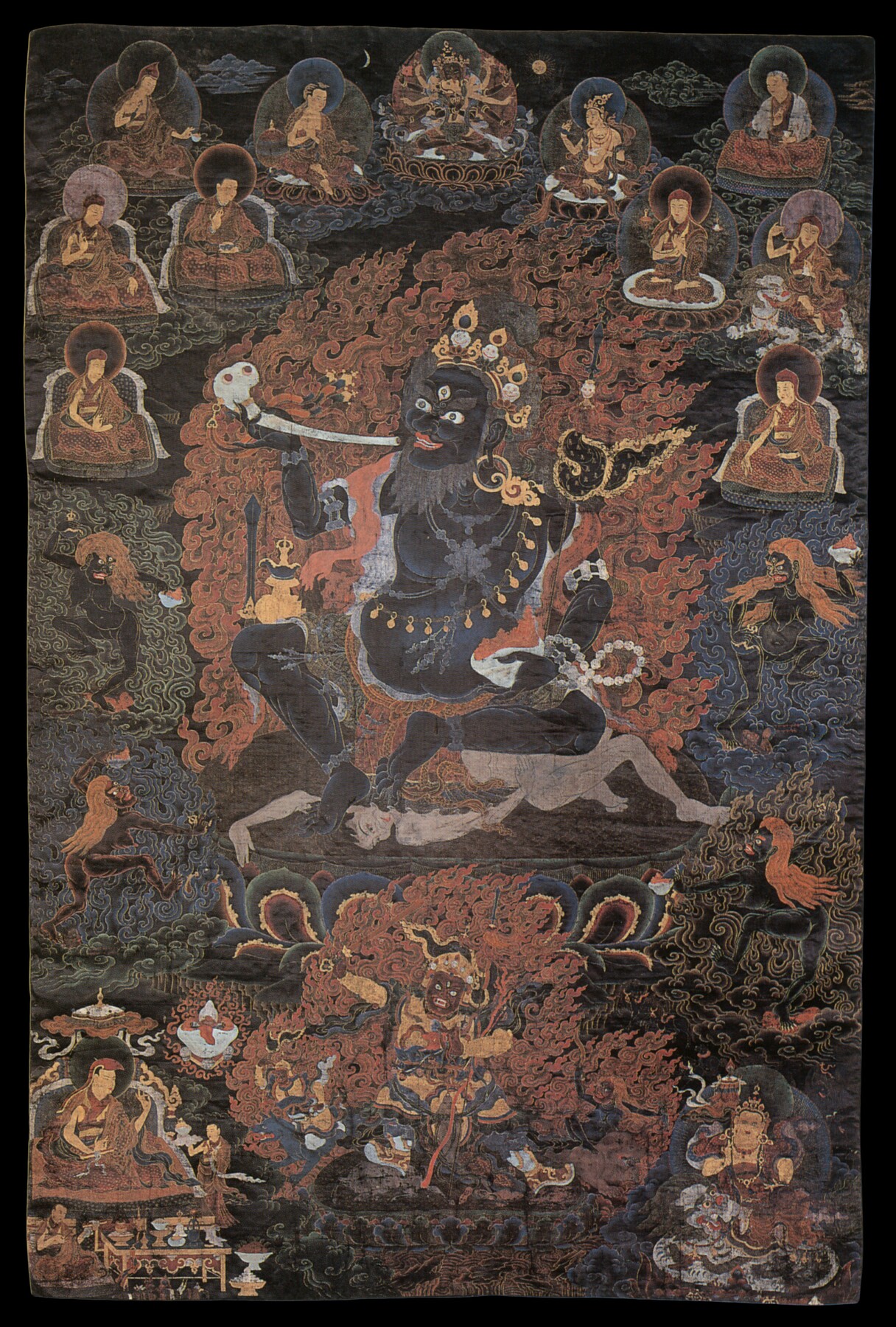
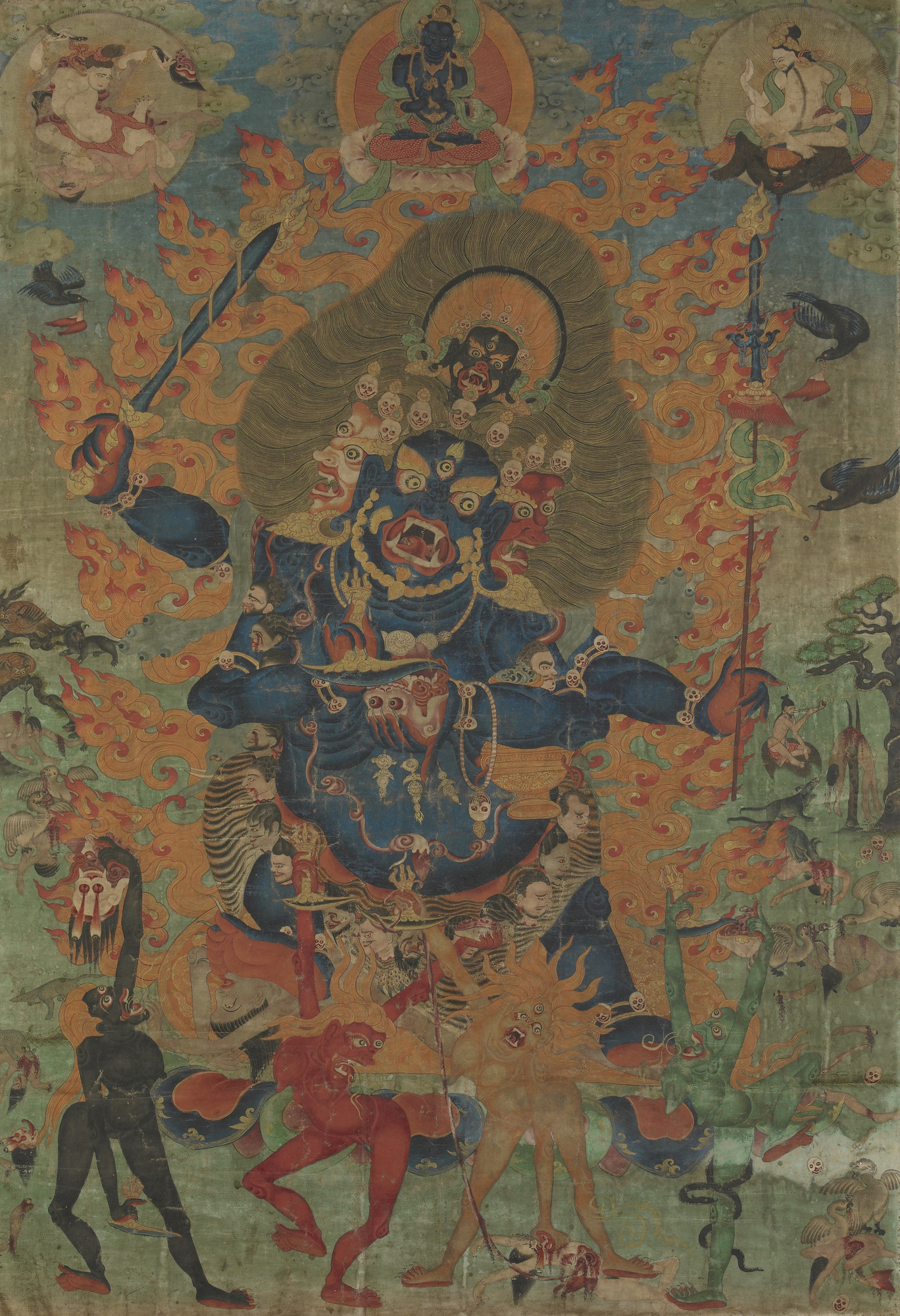
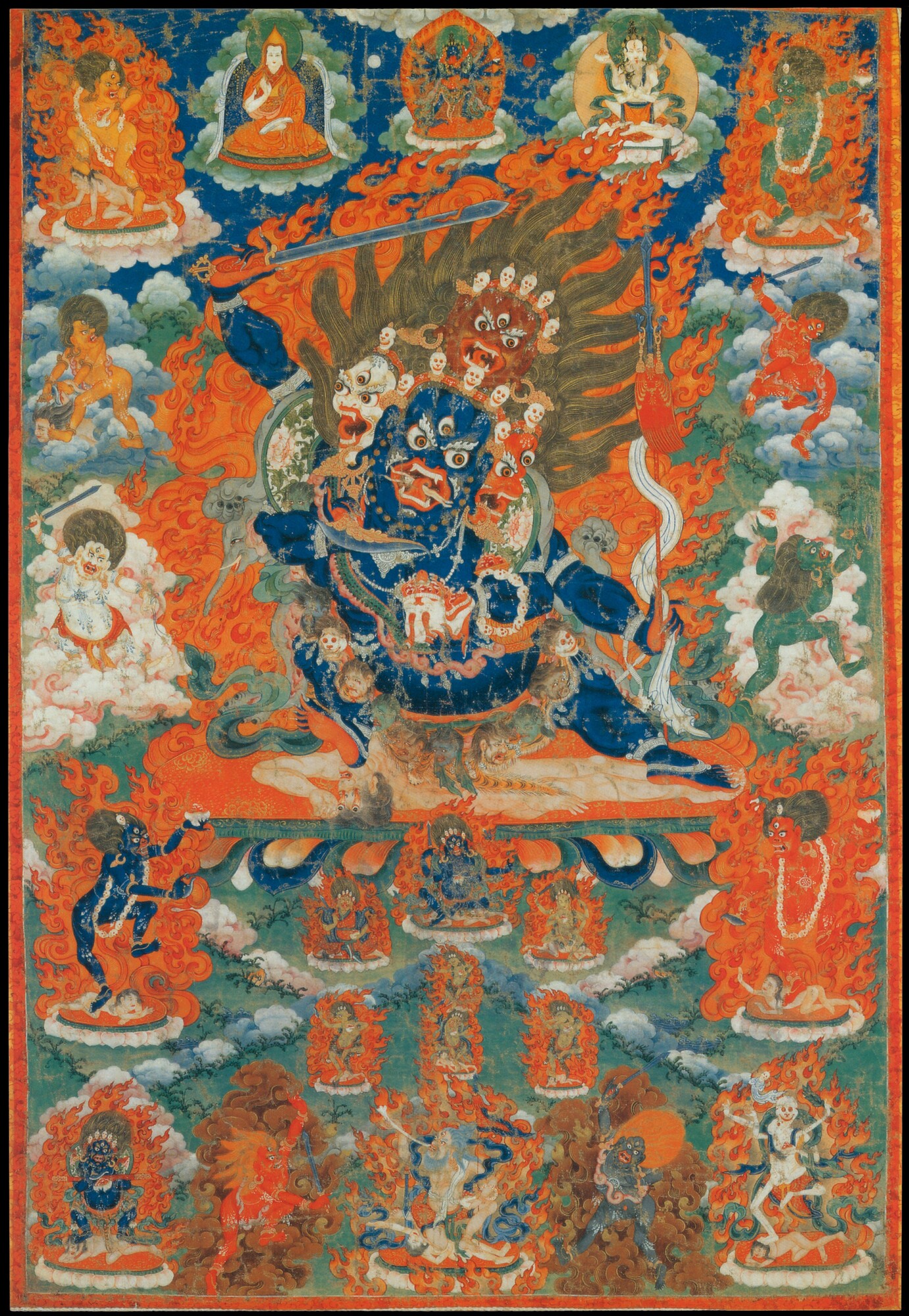
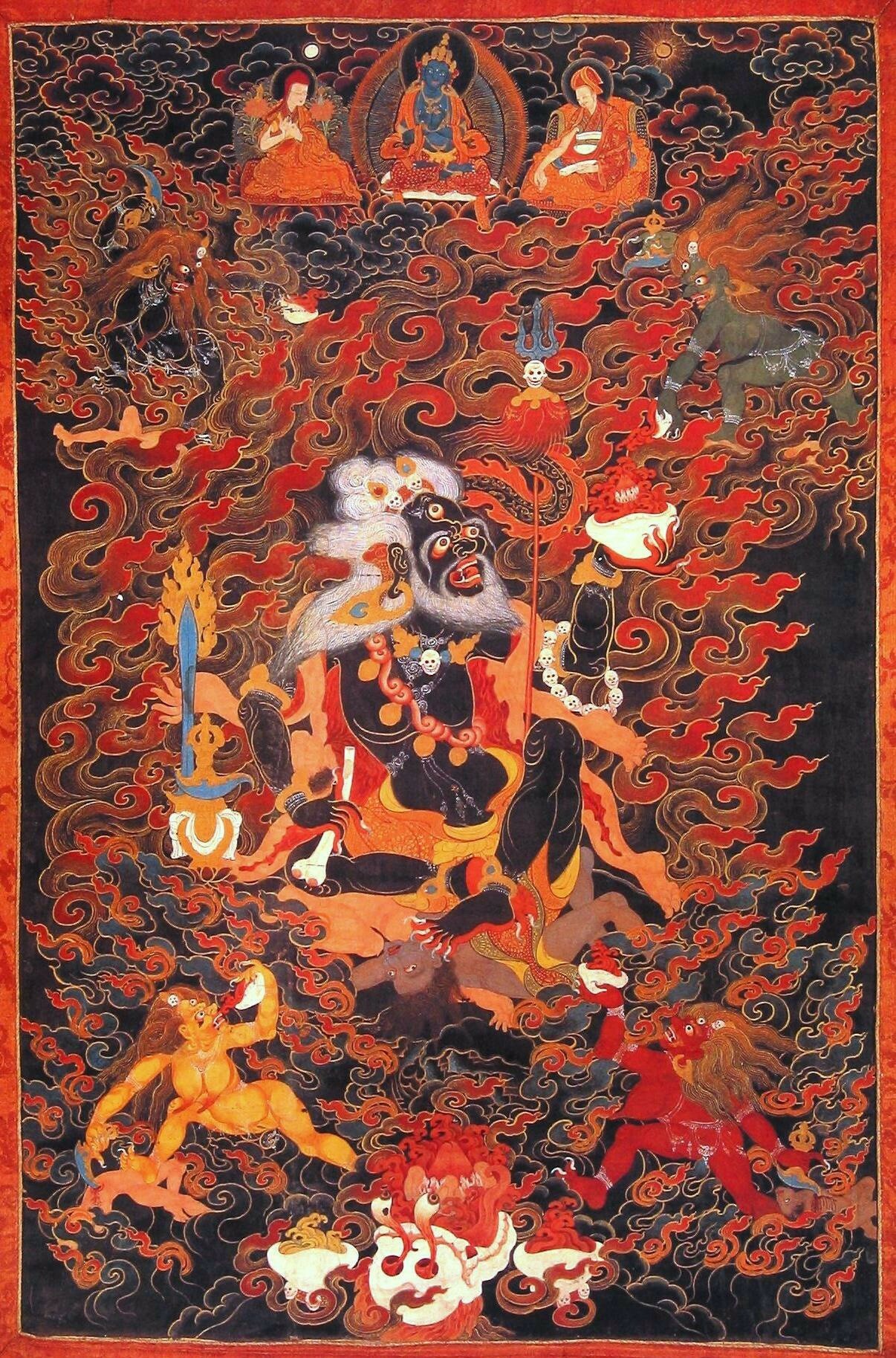

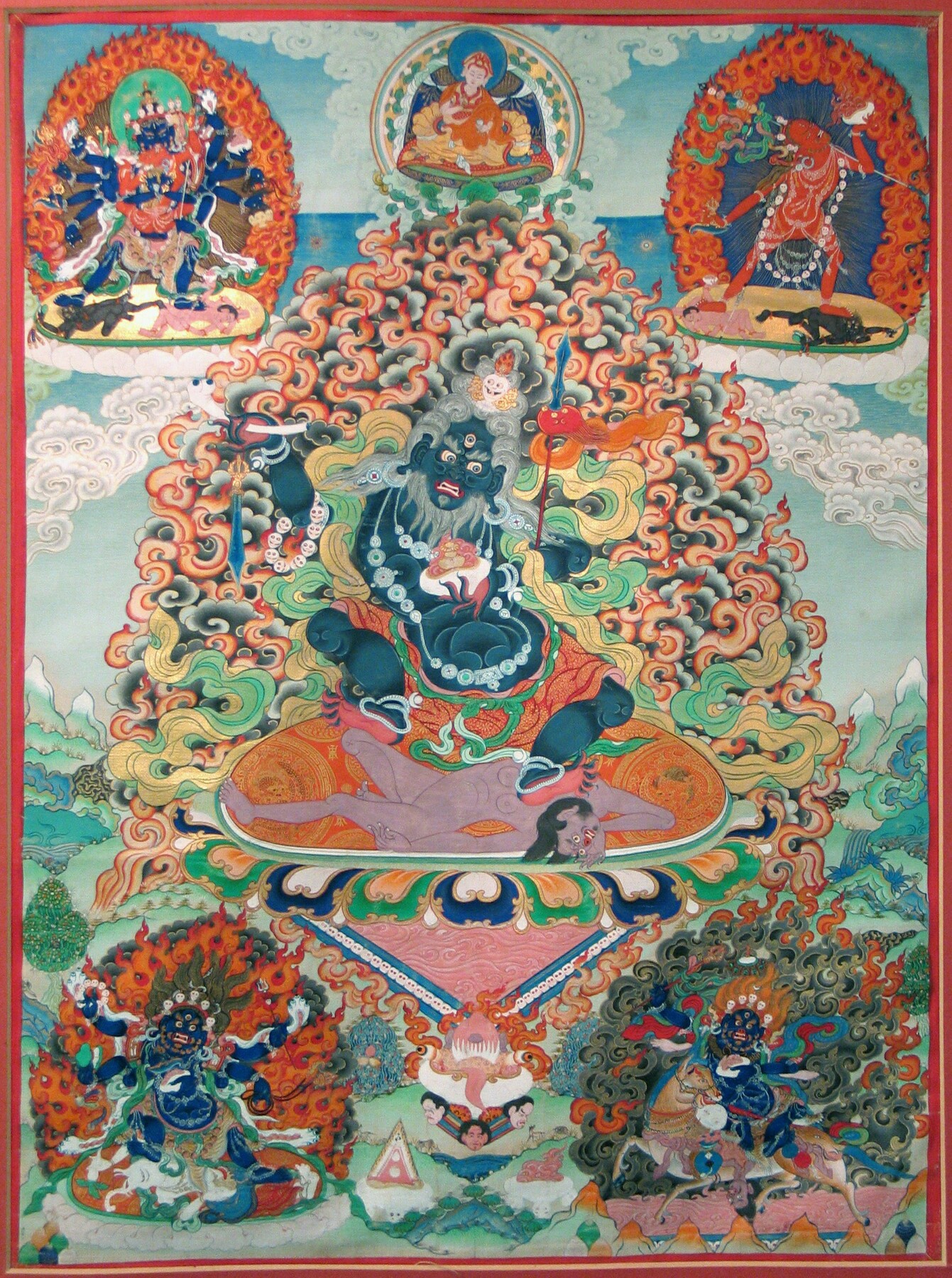
 Reply With Quote
Reply With Quote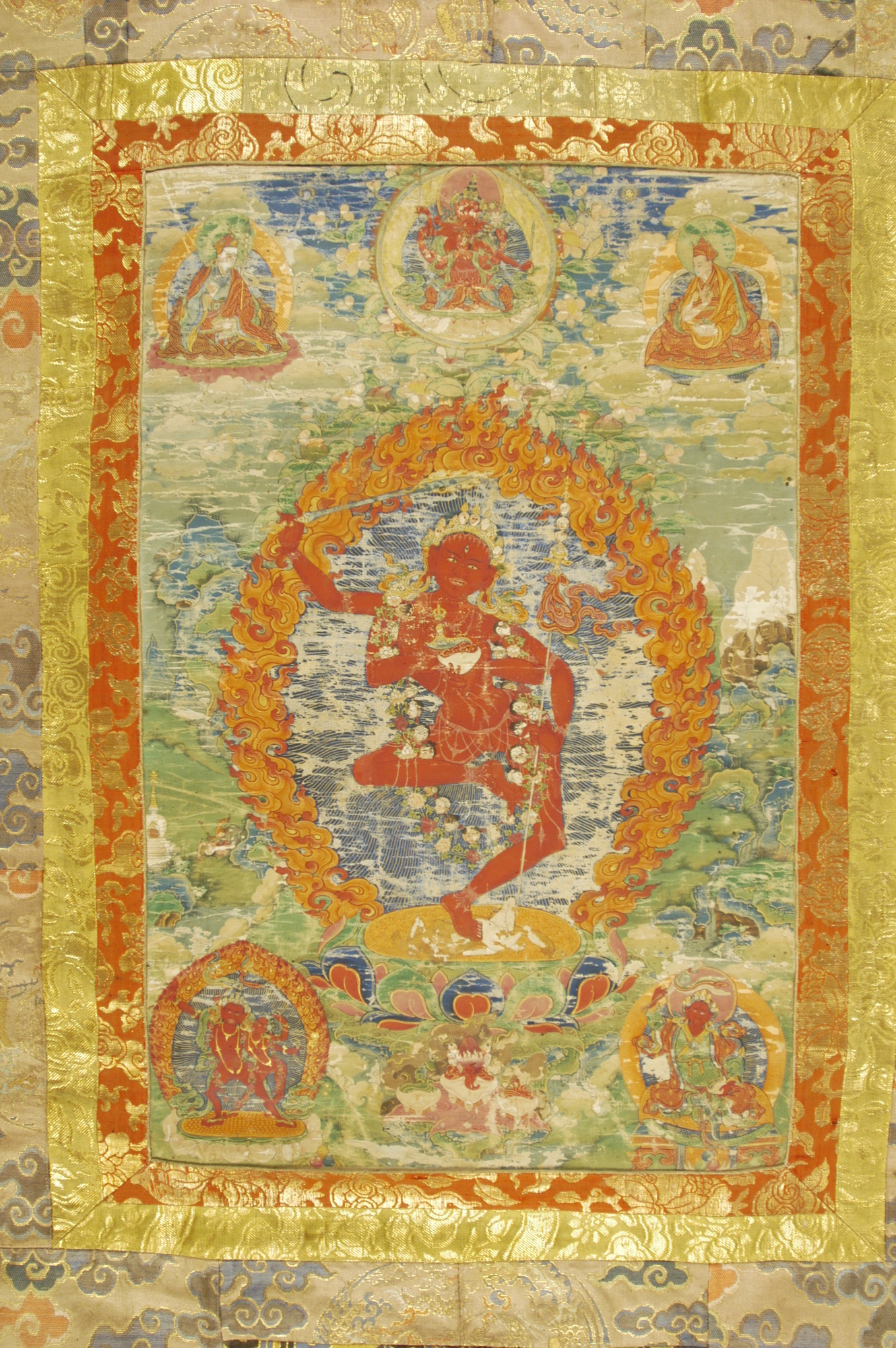
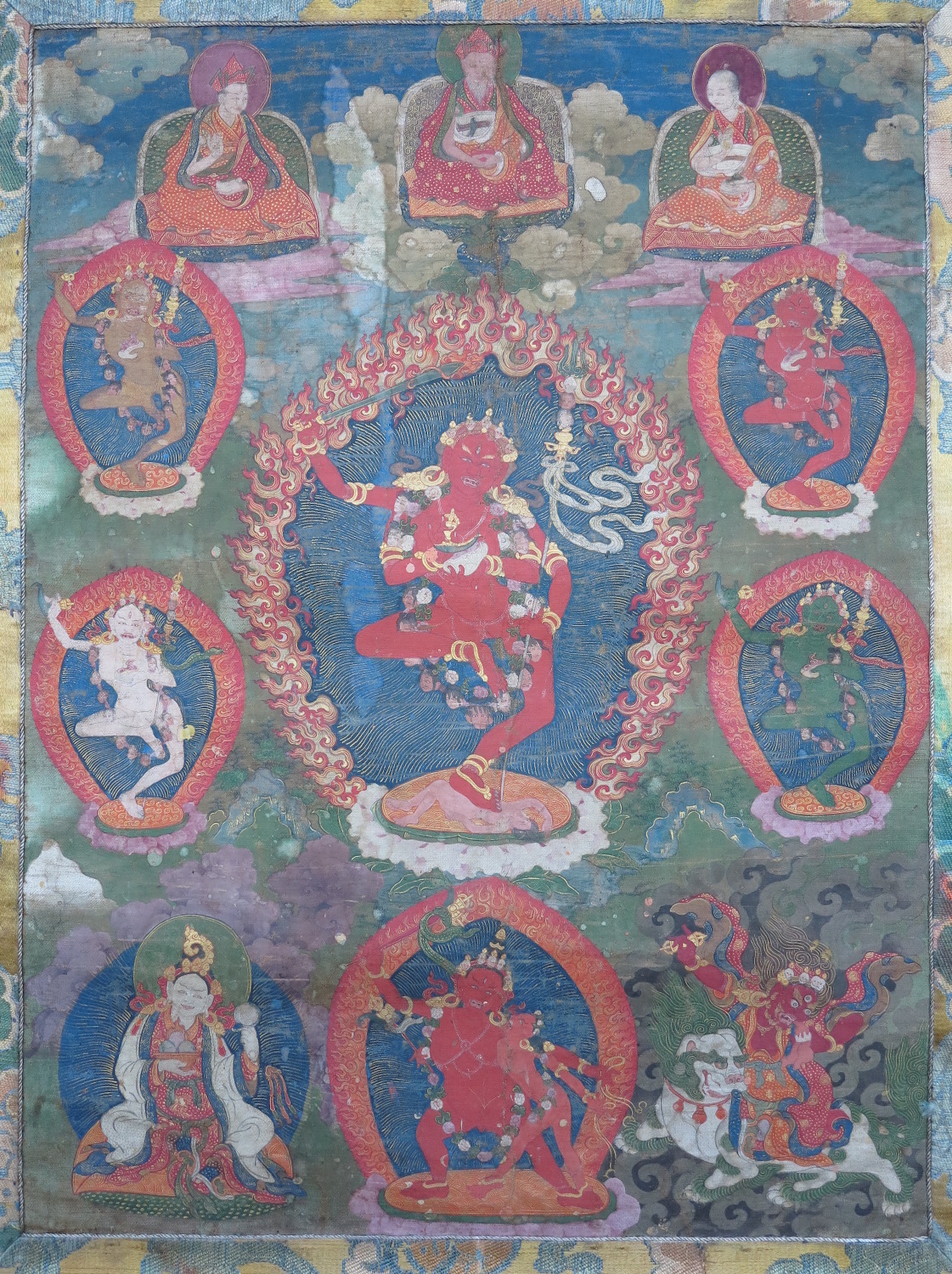
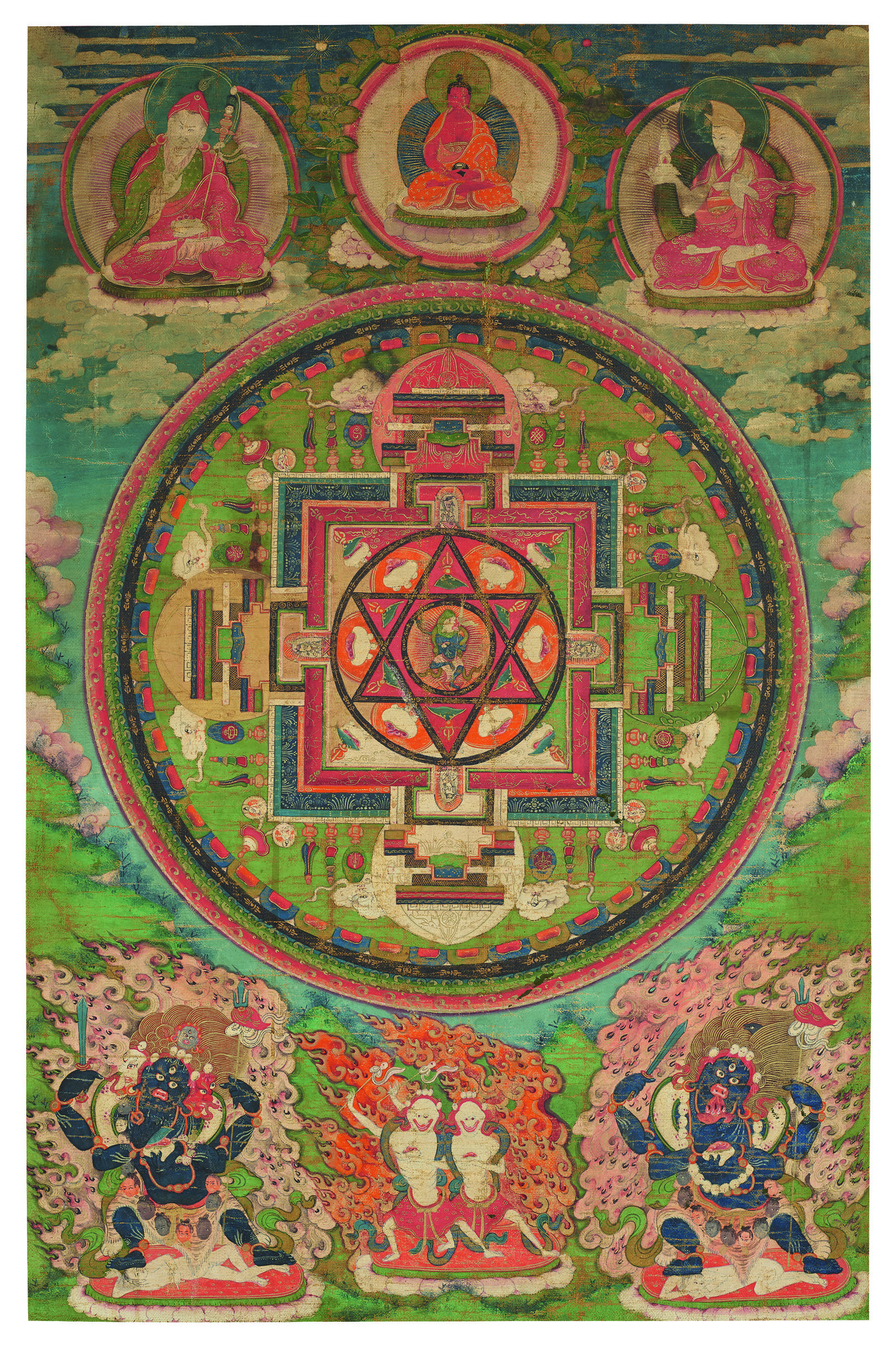
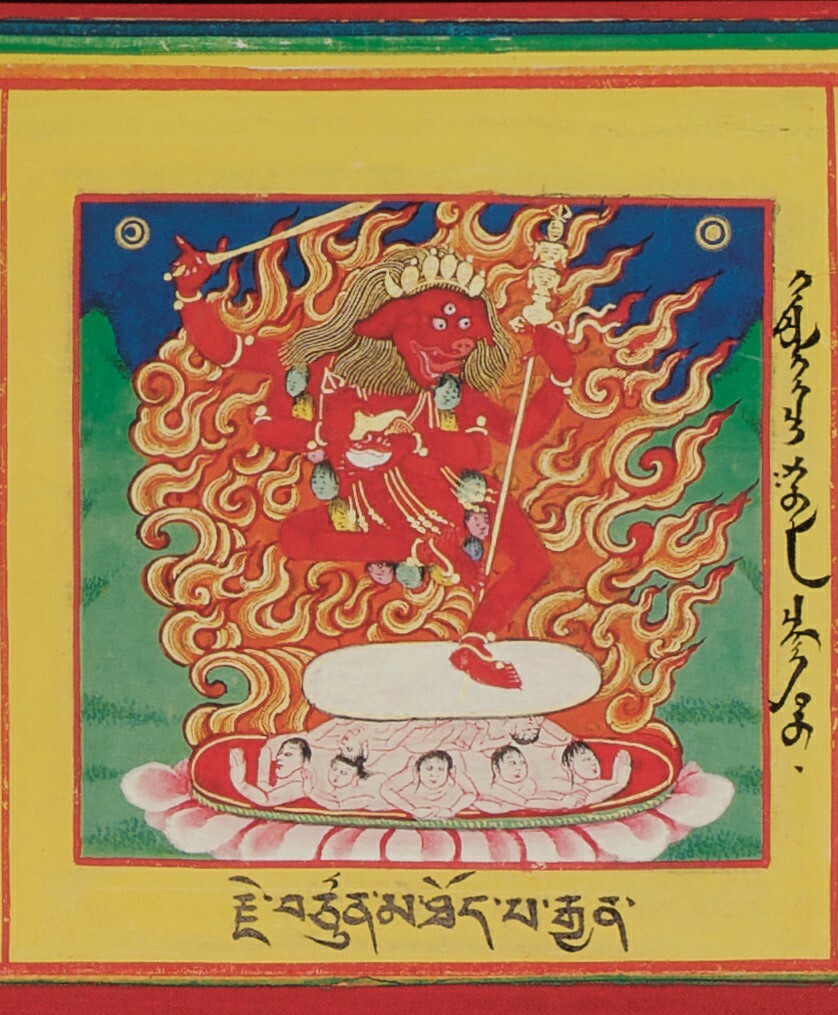





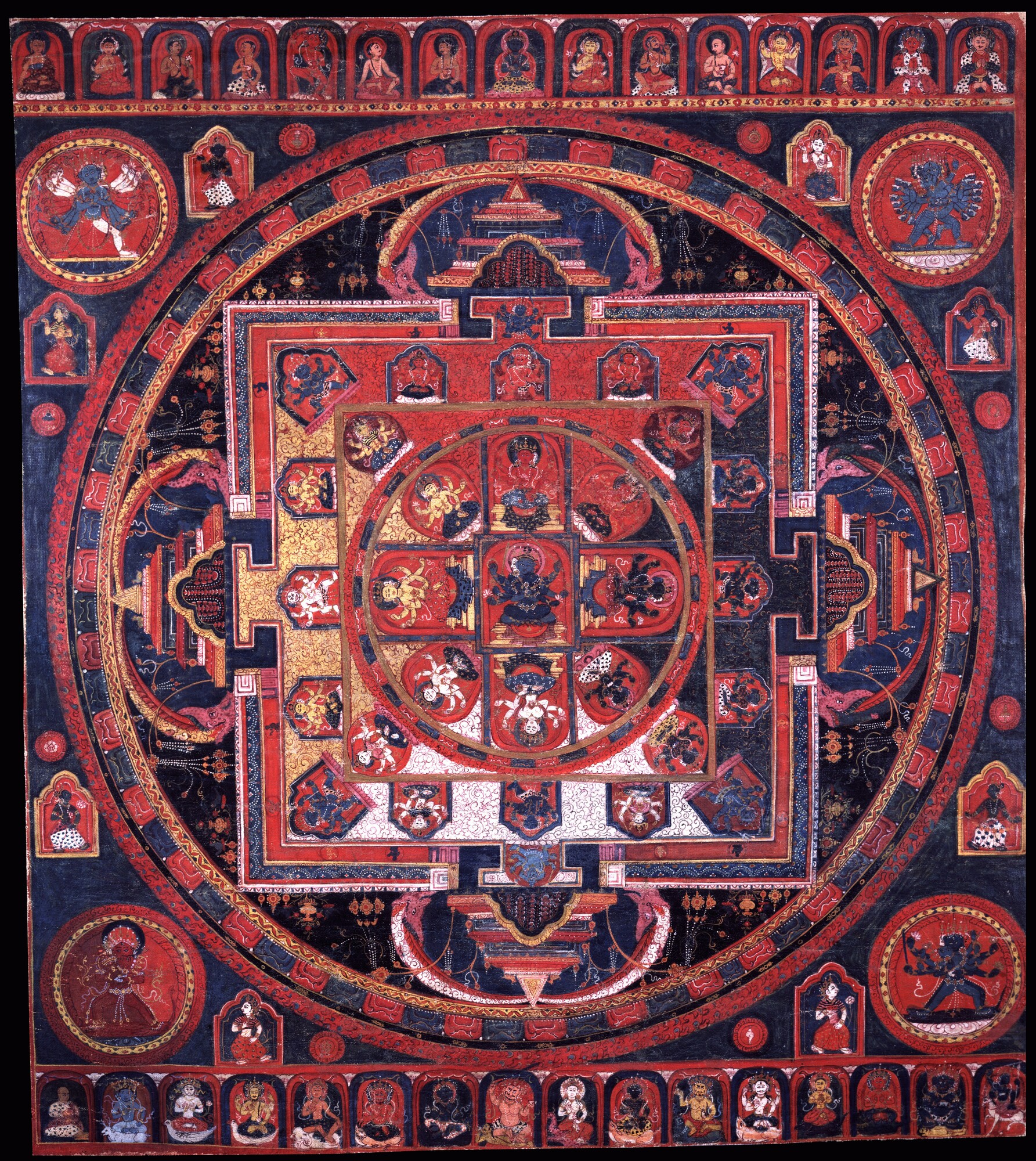

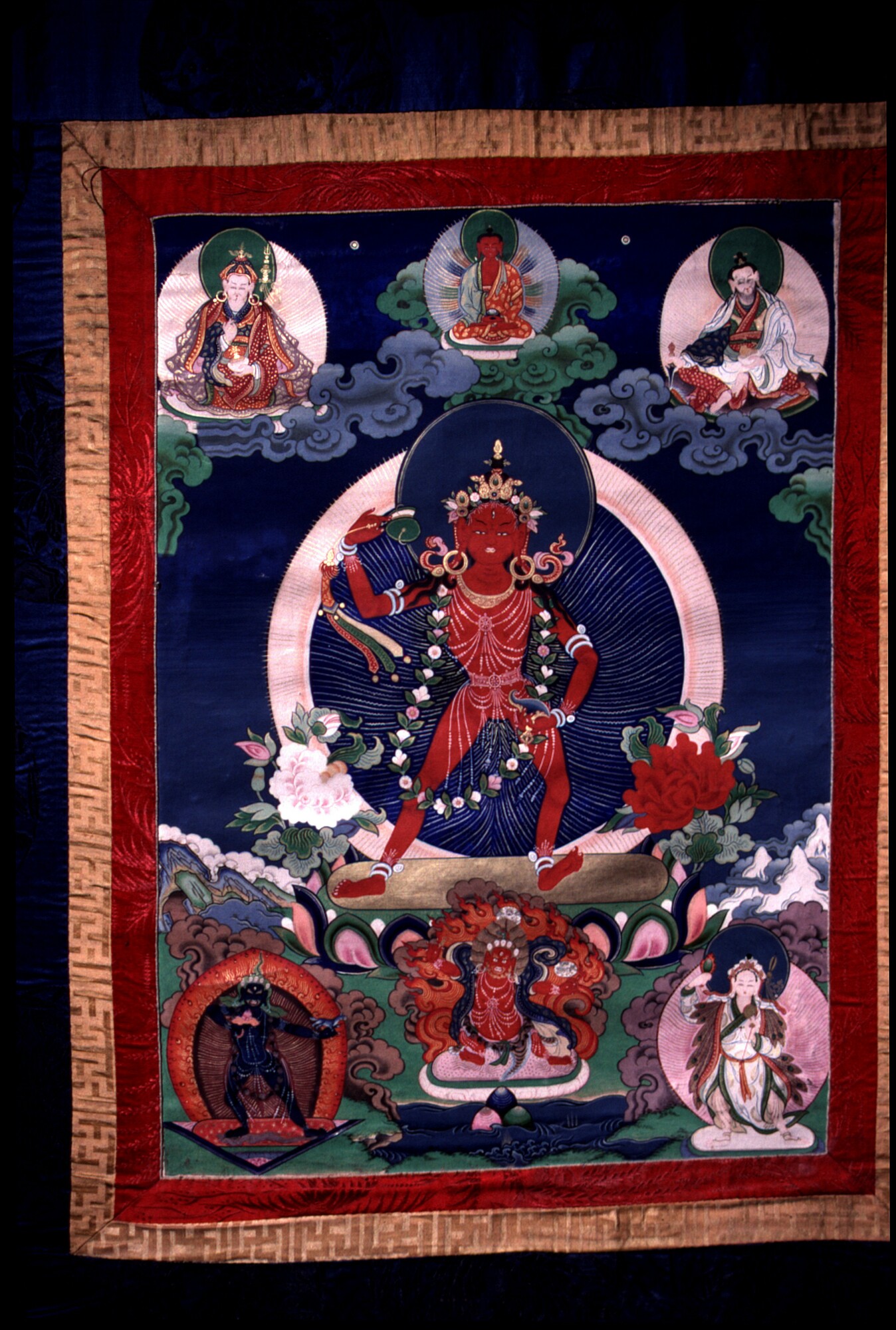
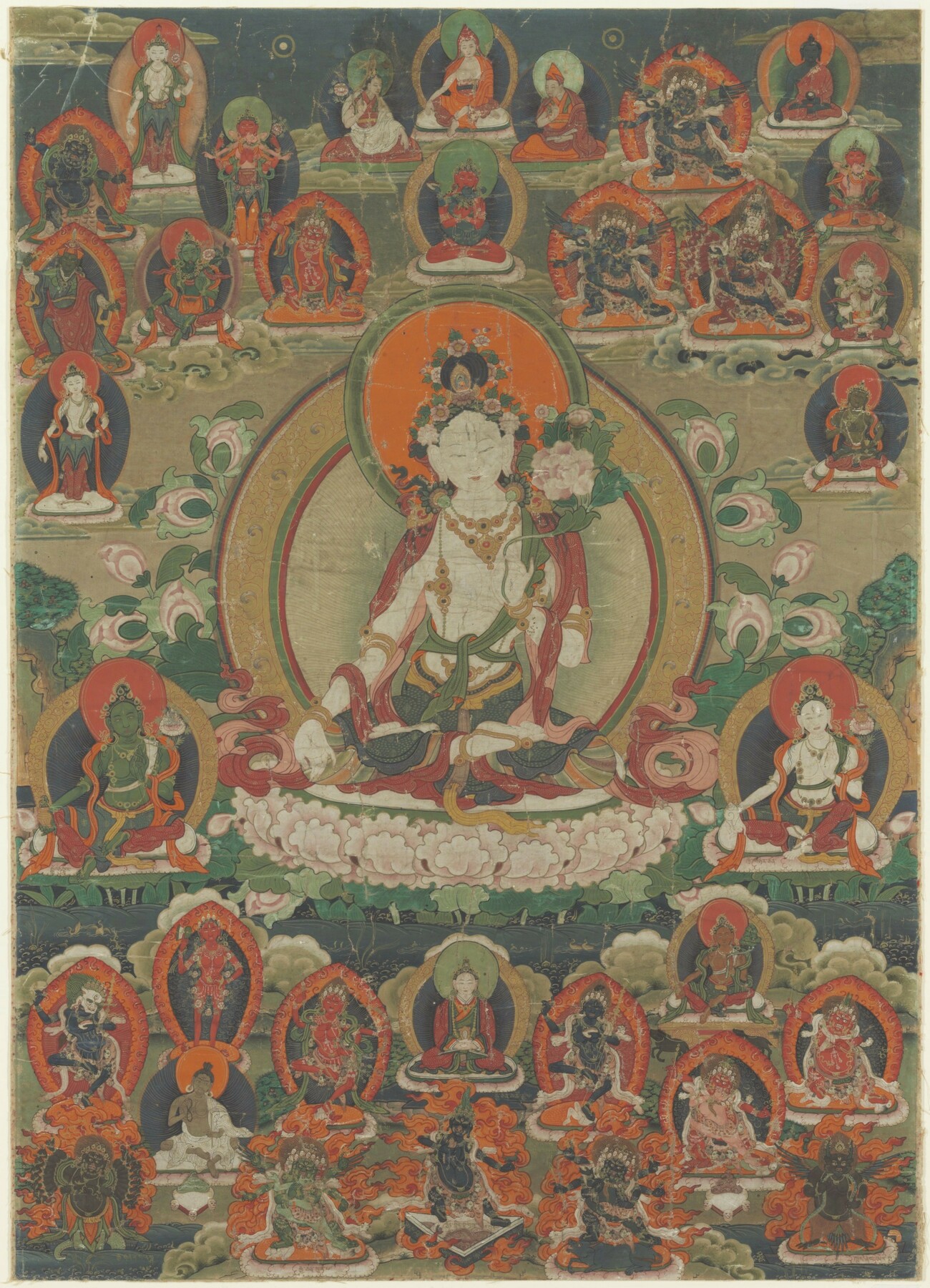
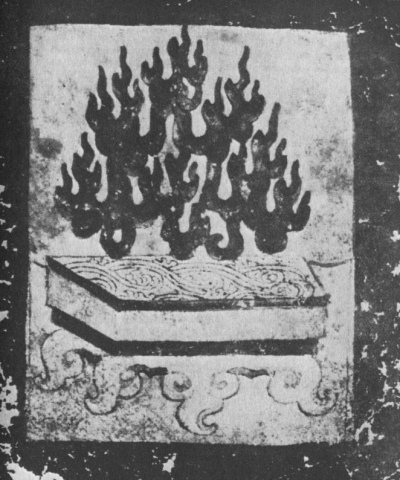

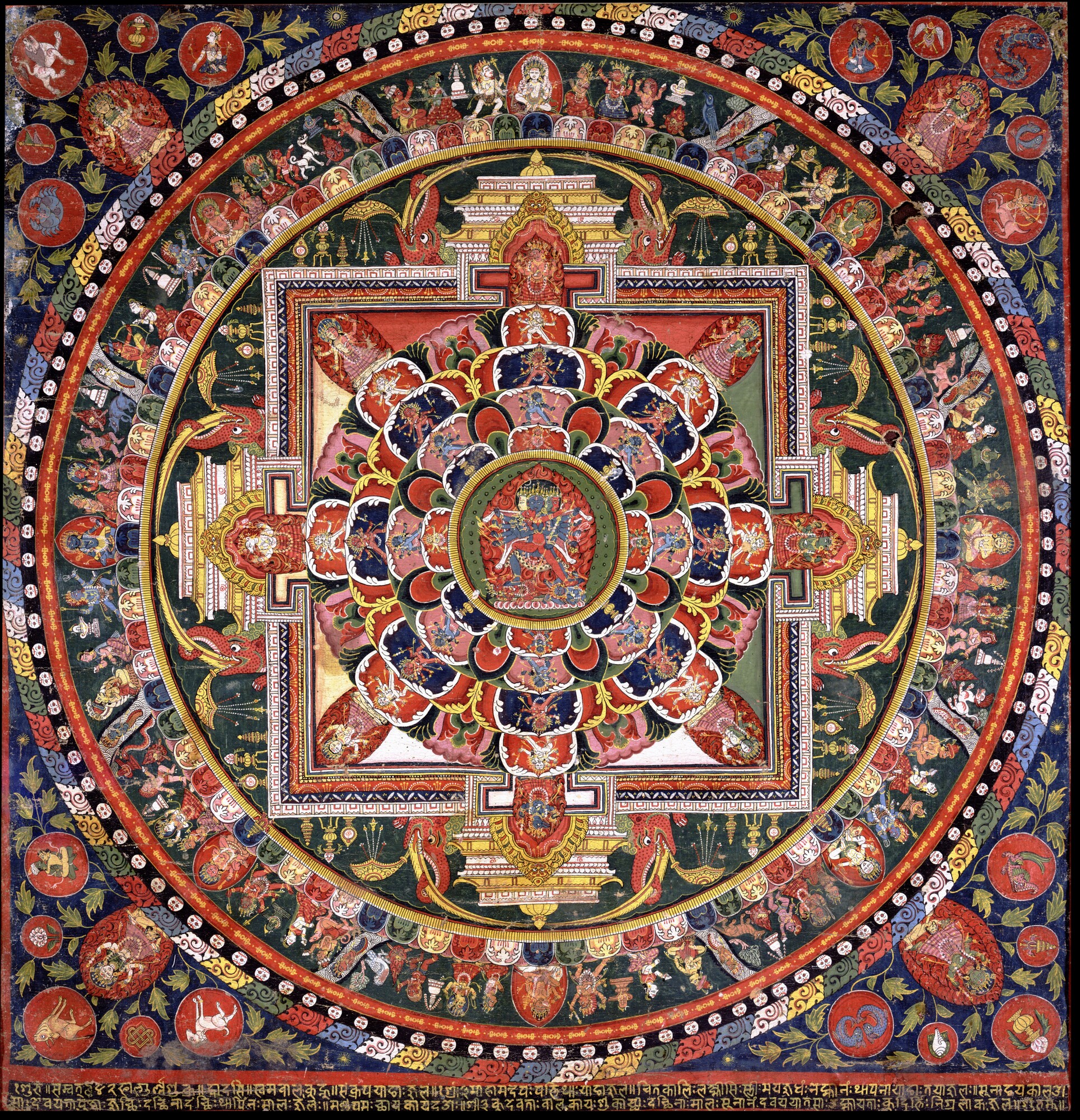
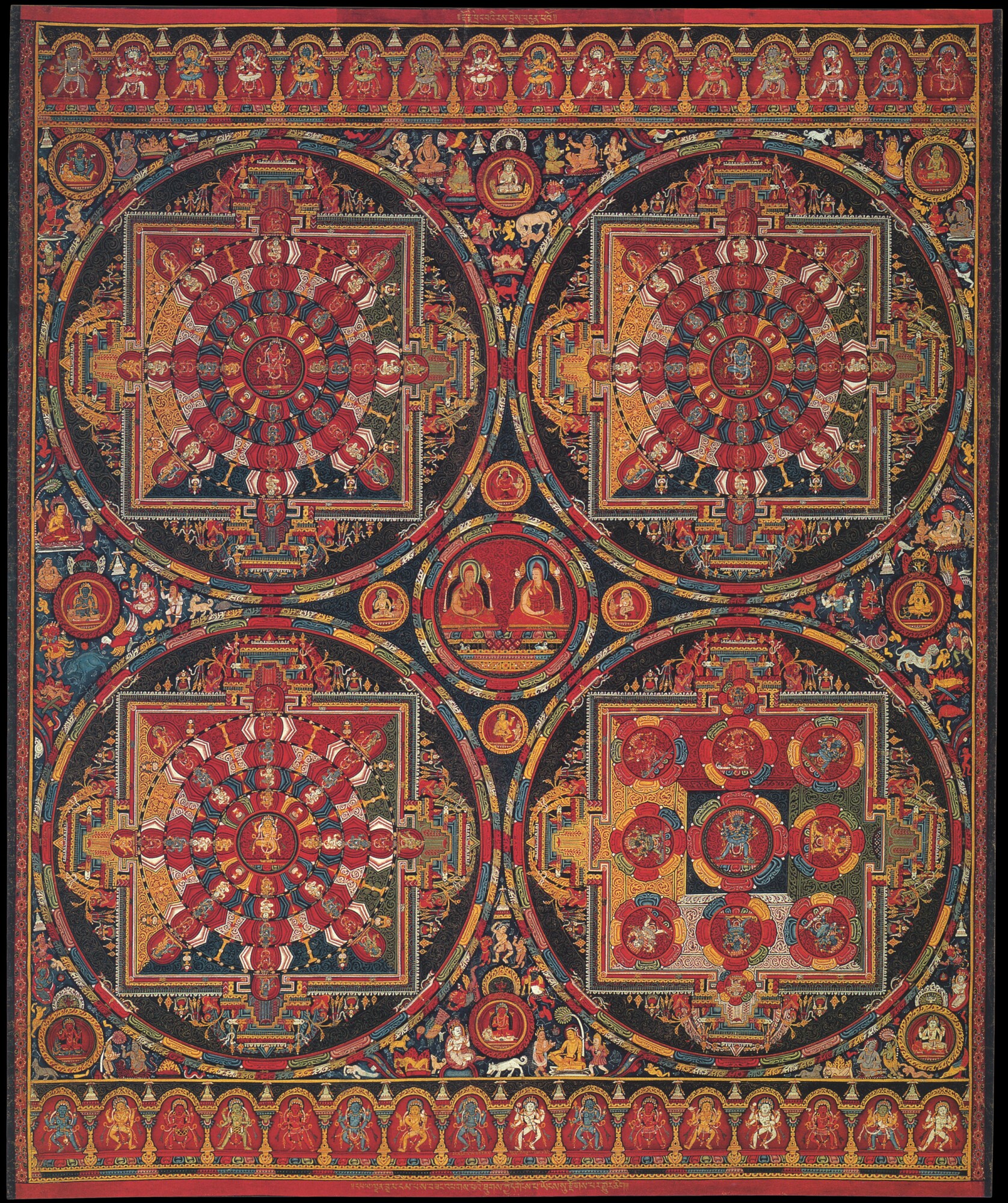
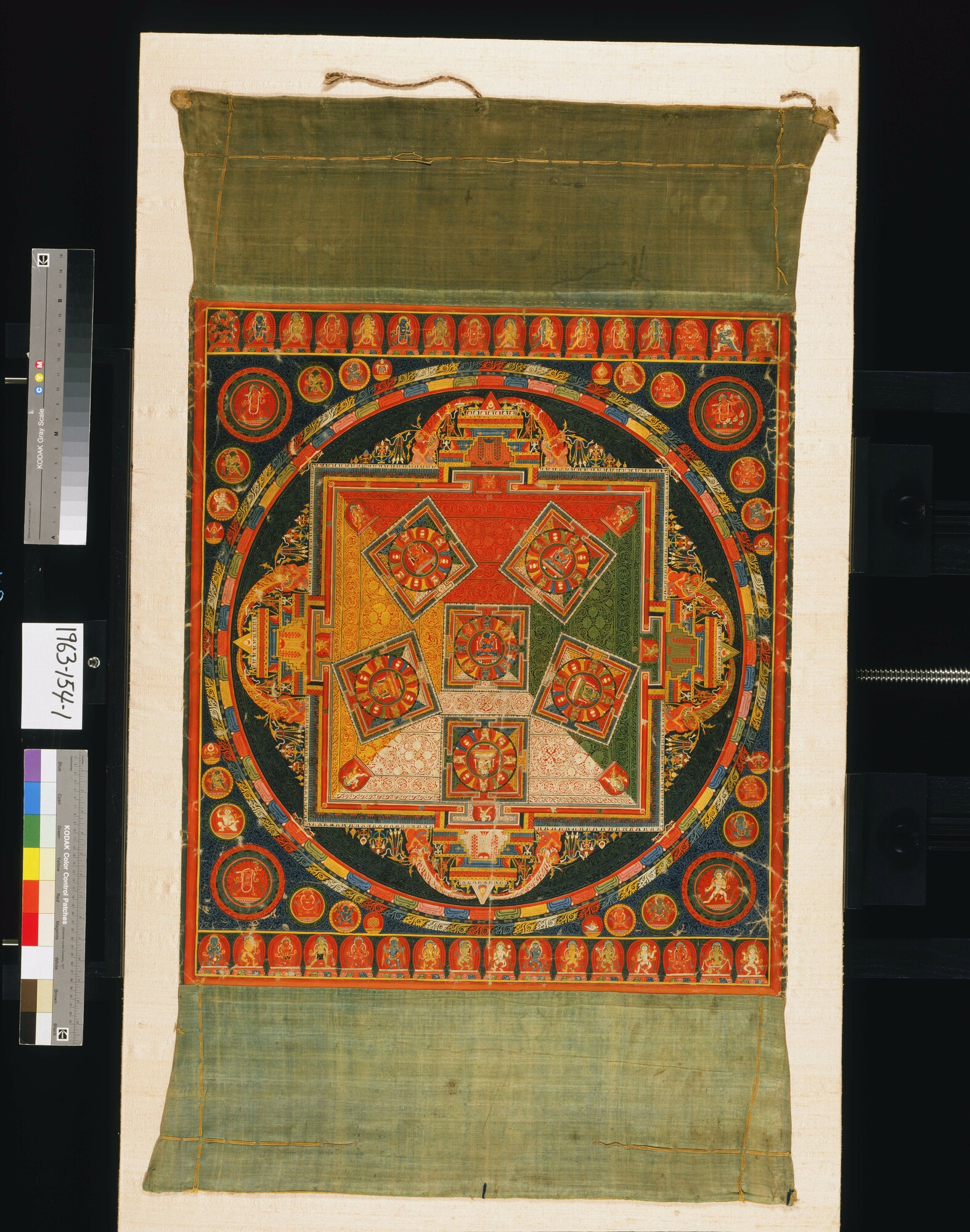
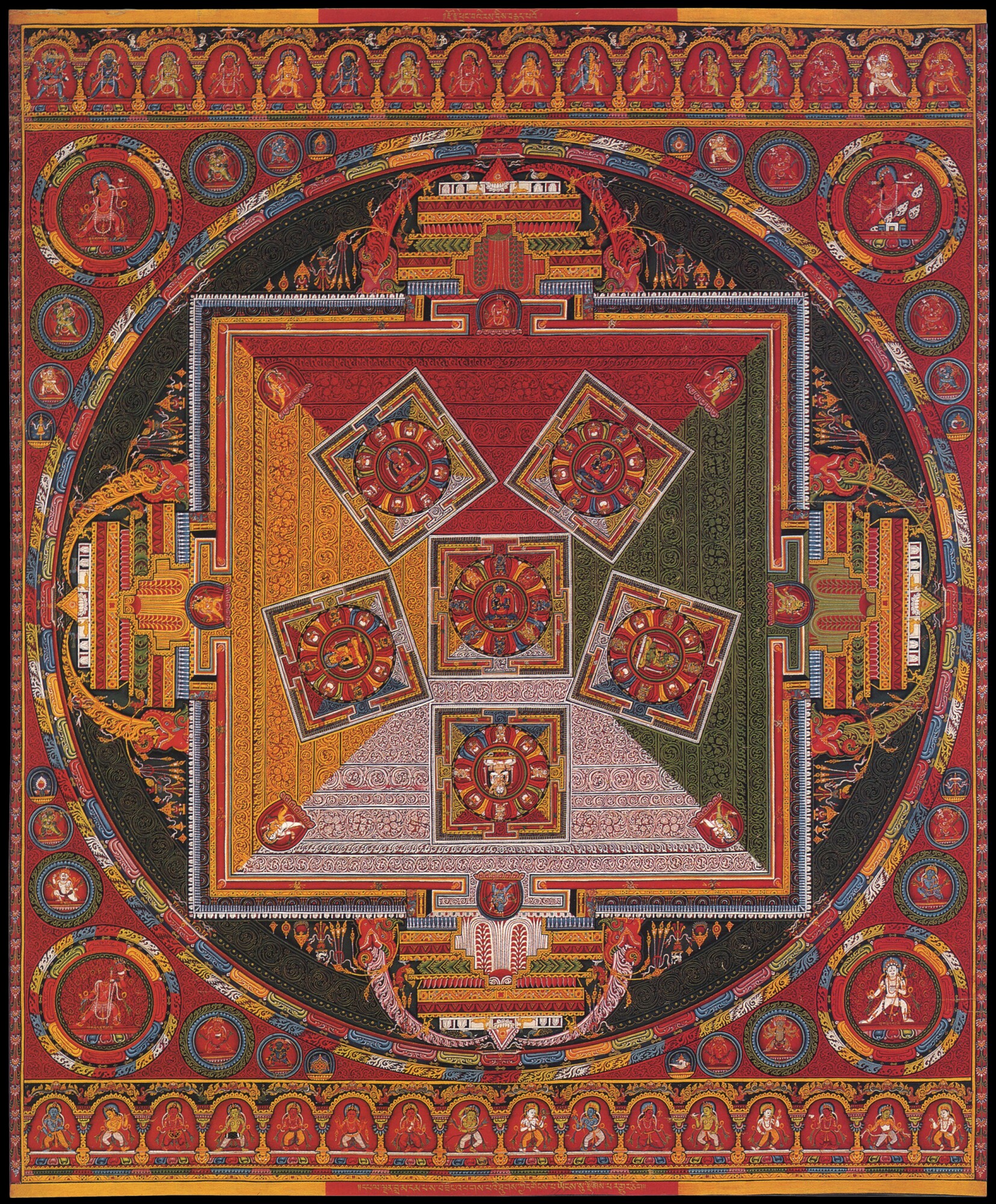

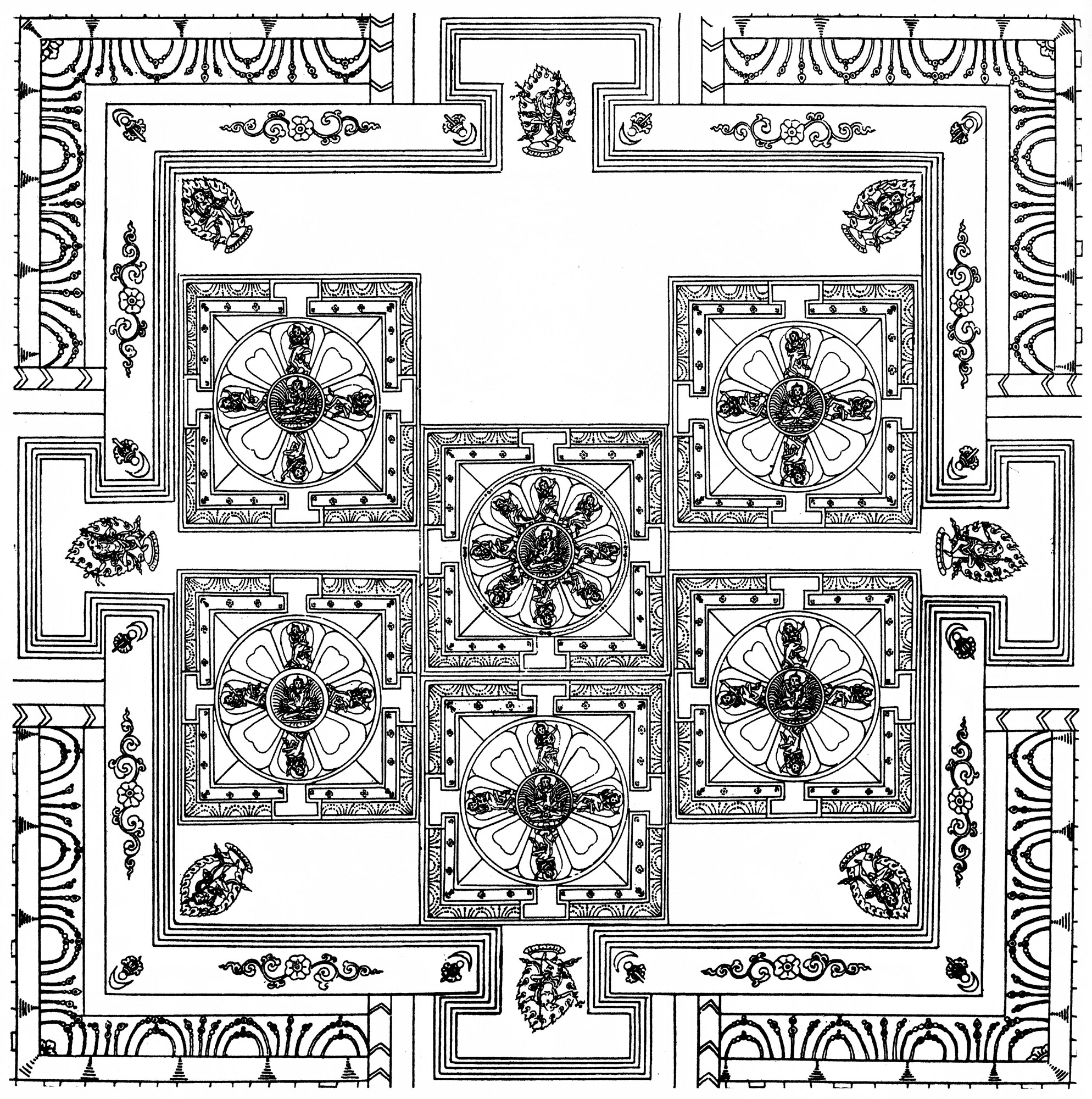
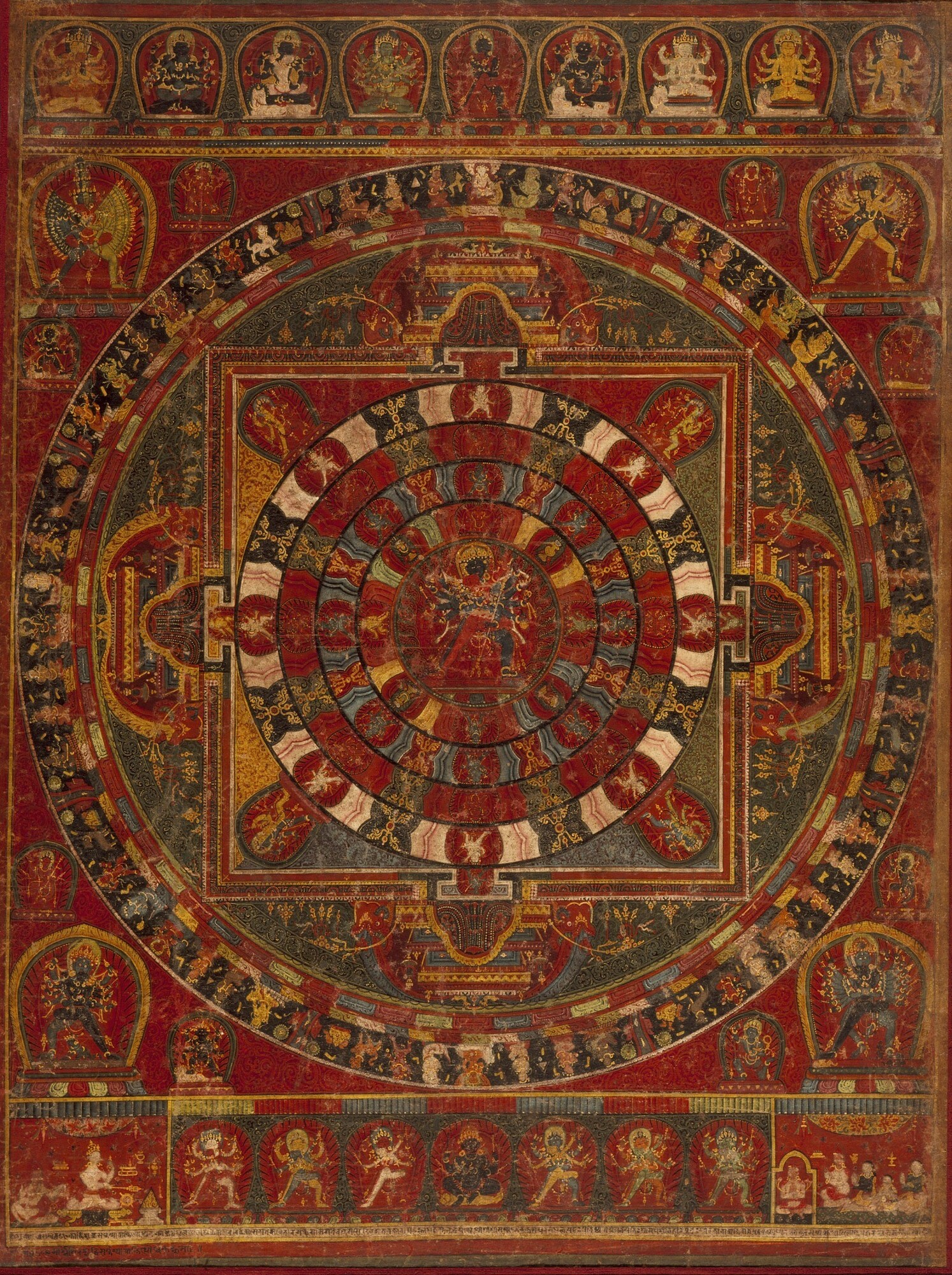
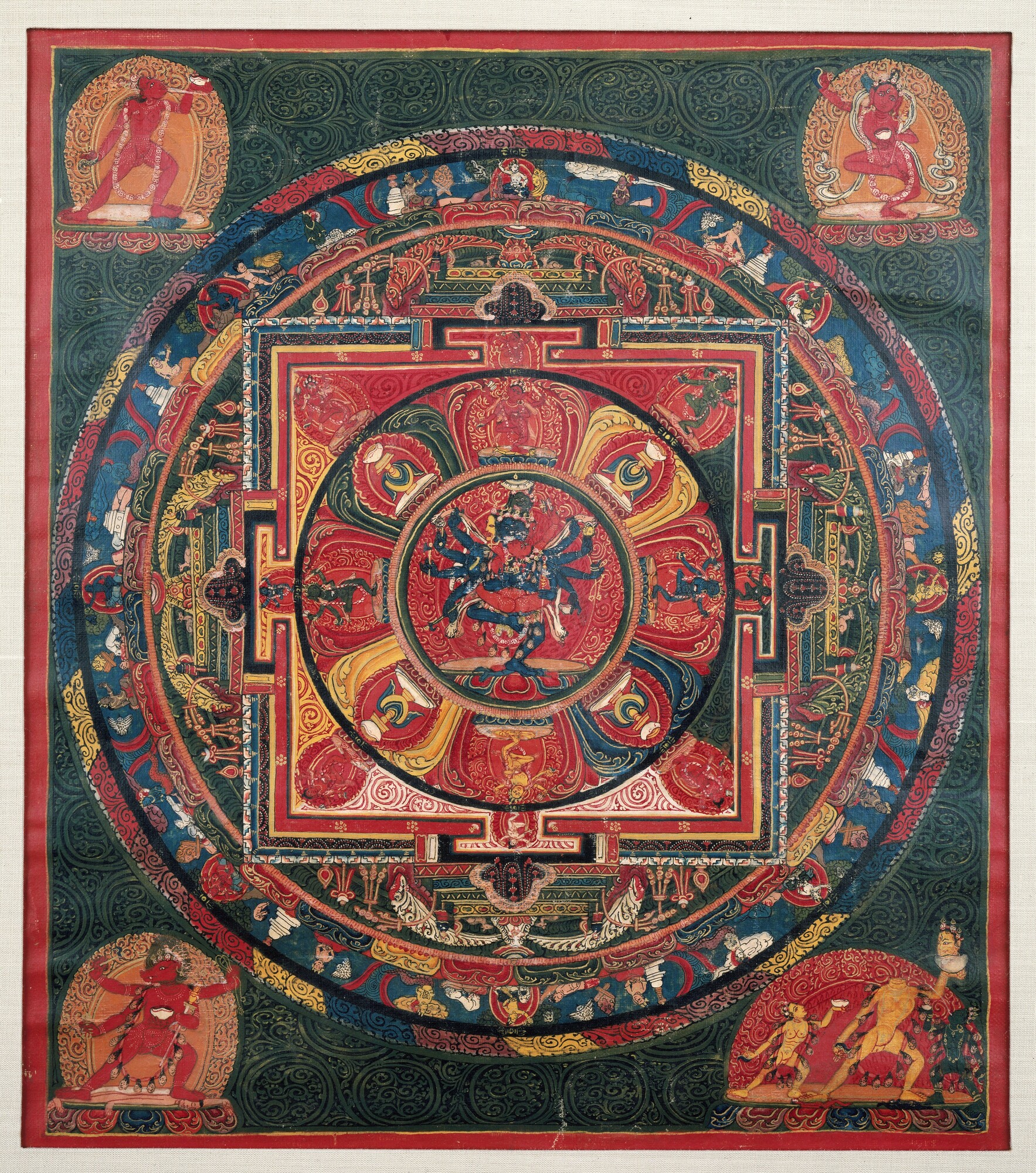
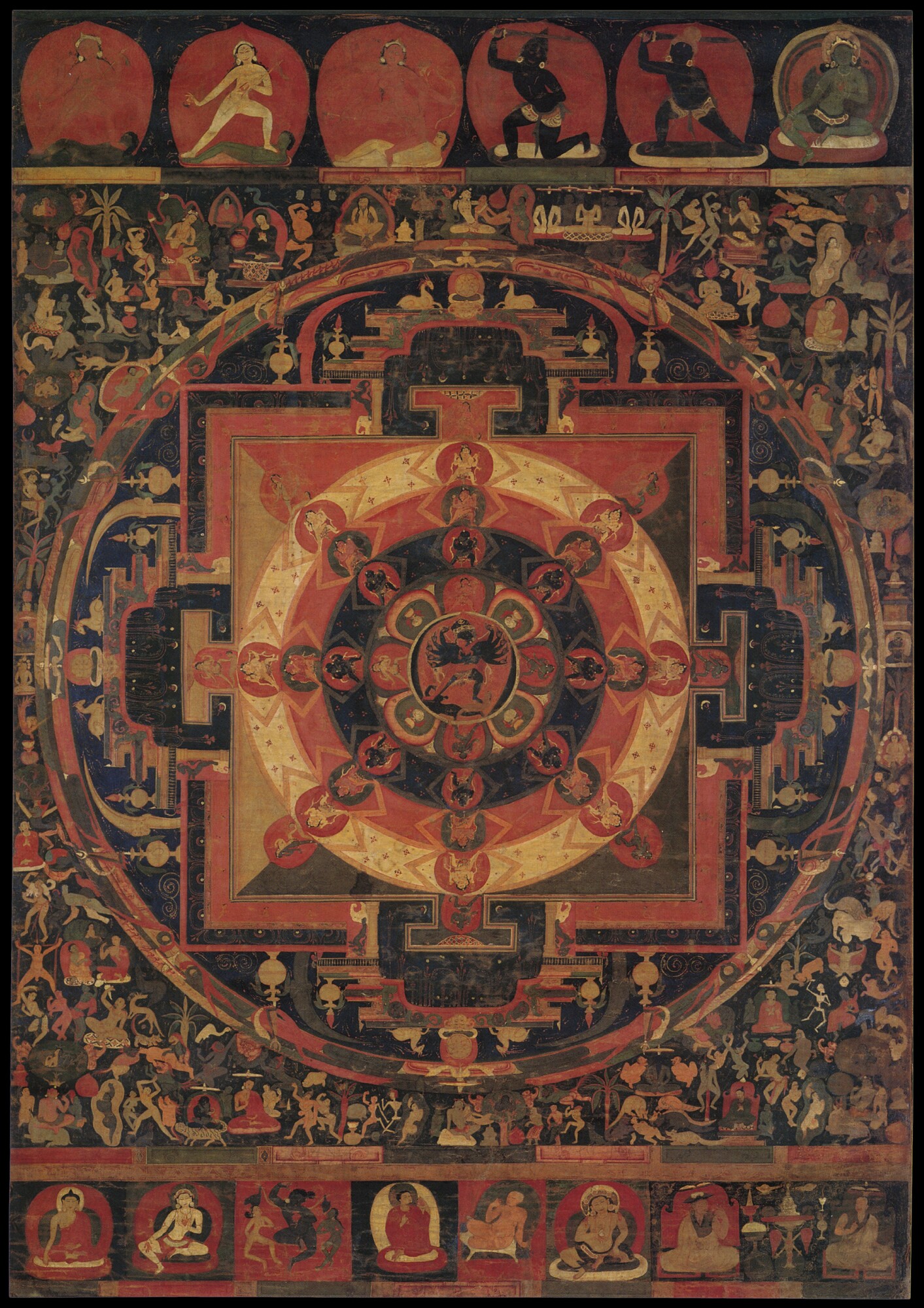

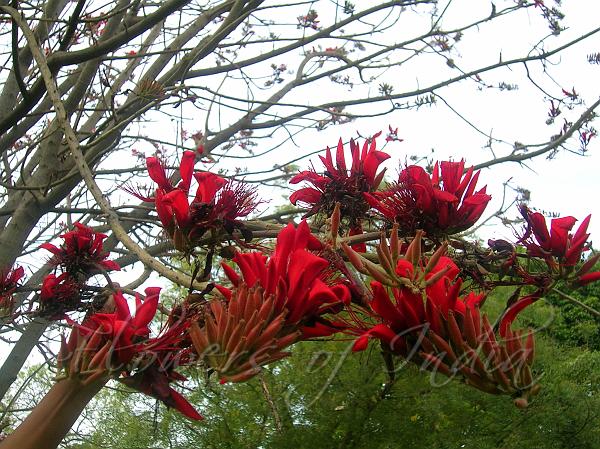
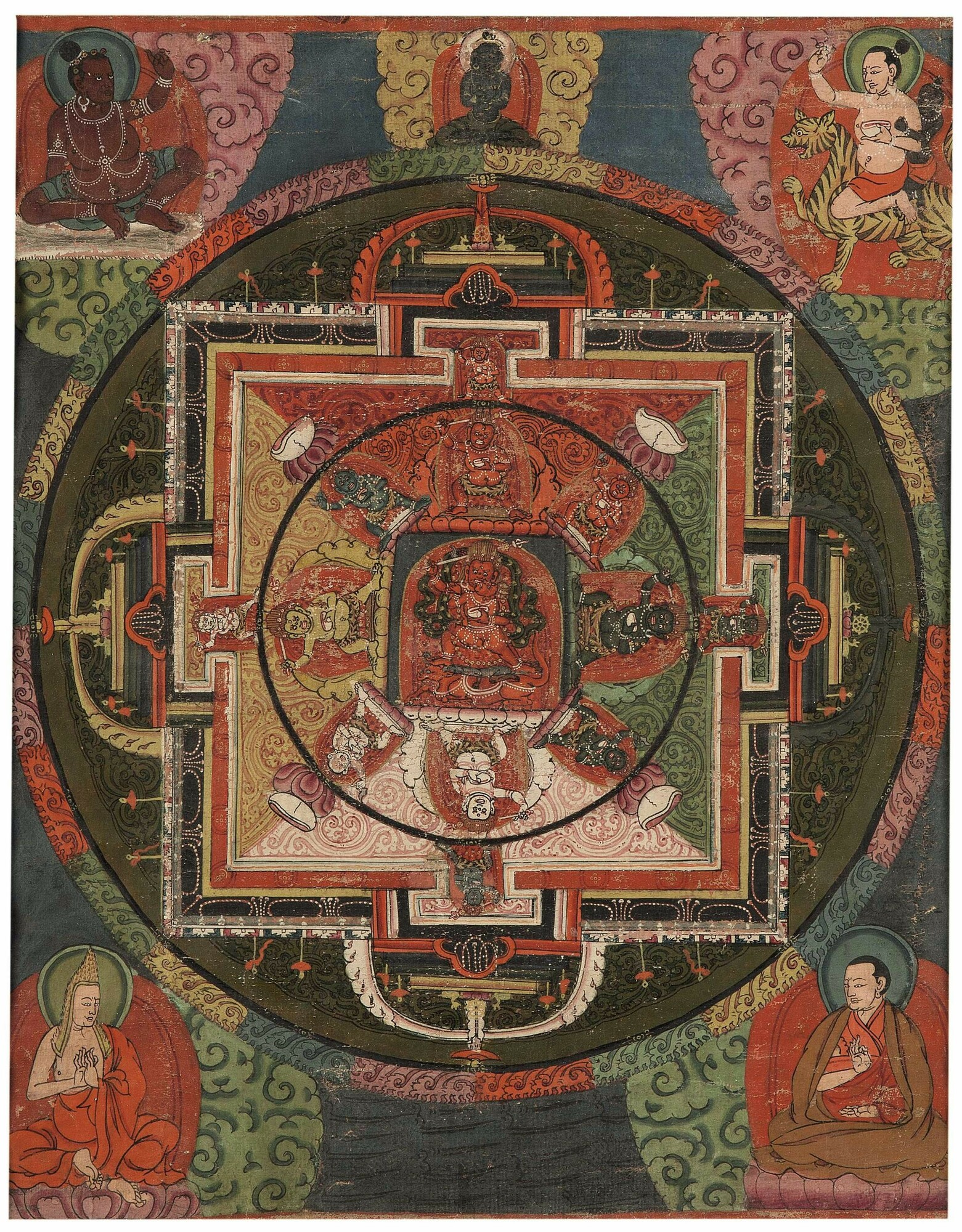


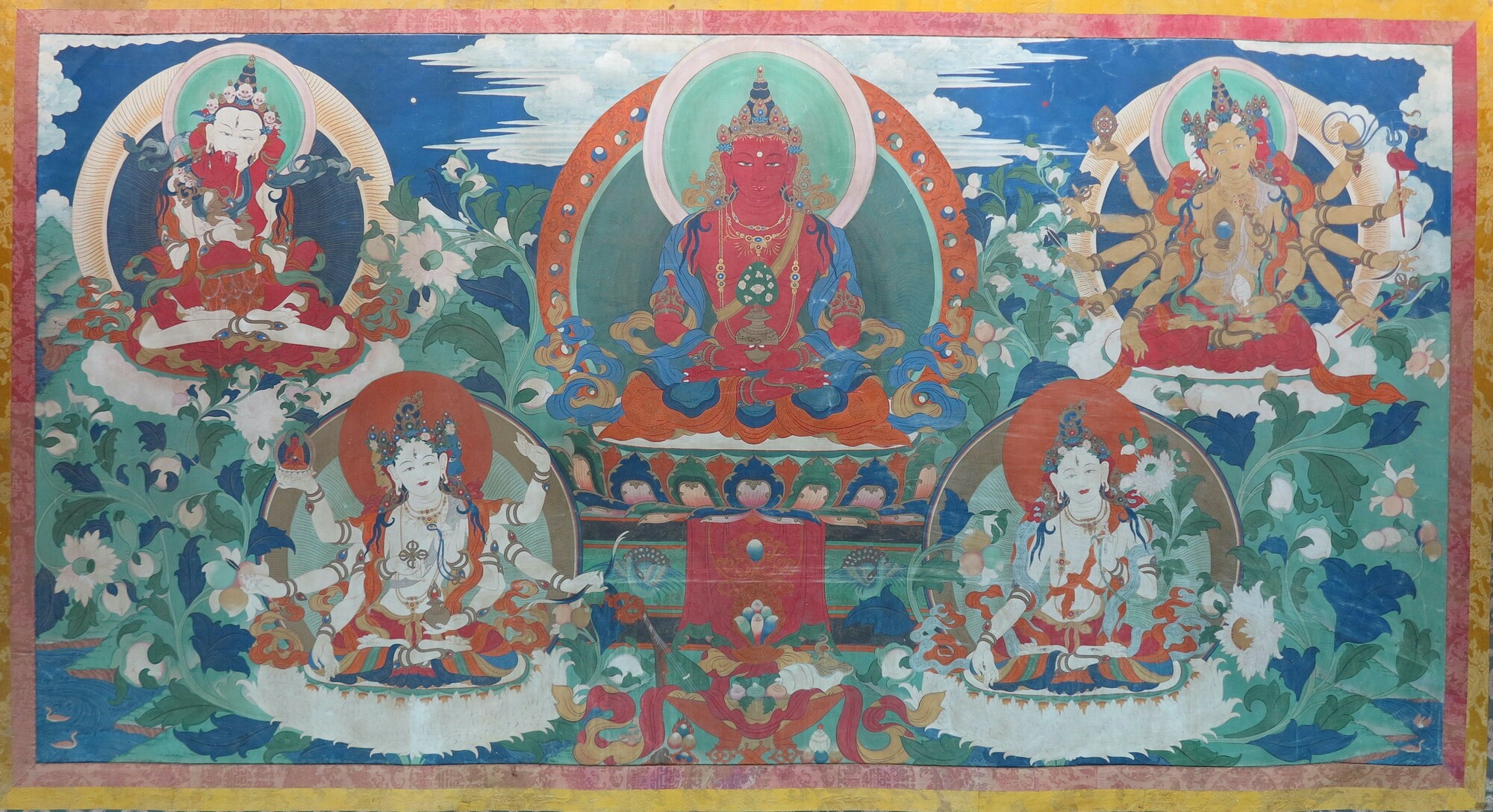
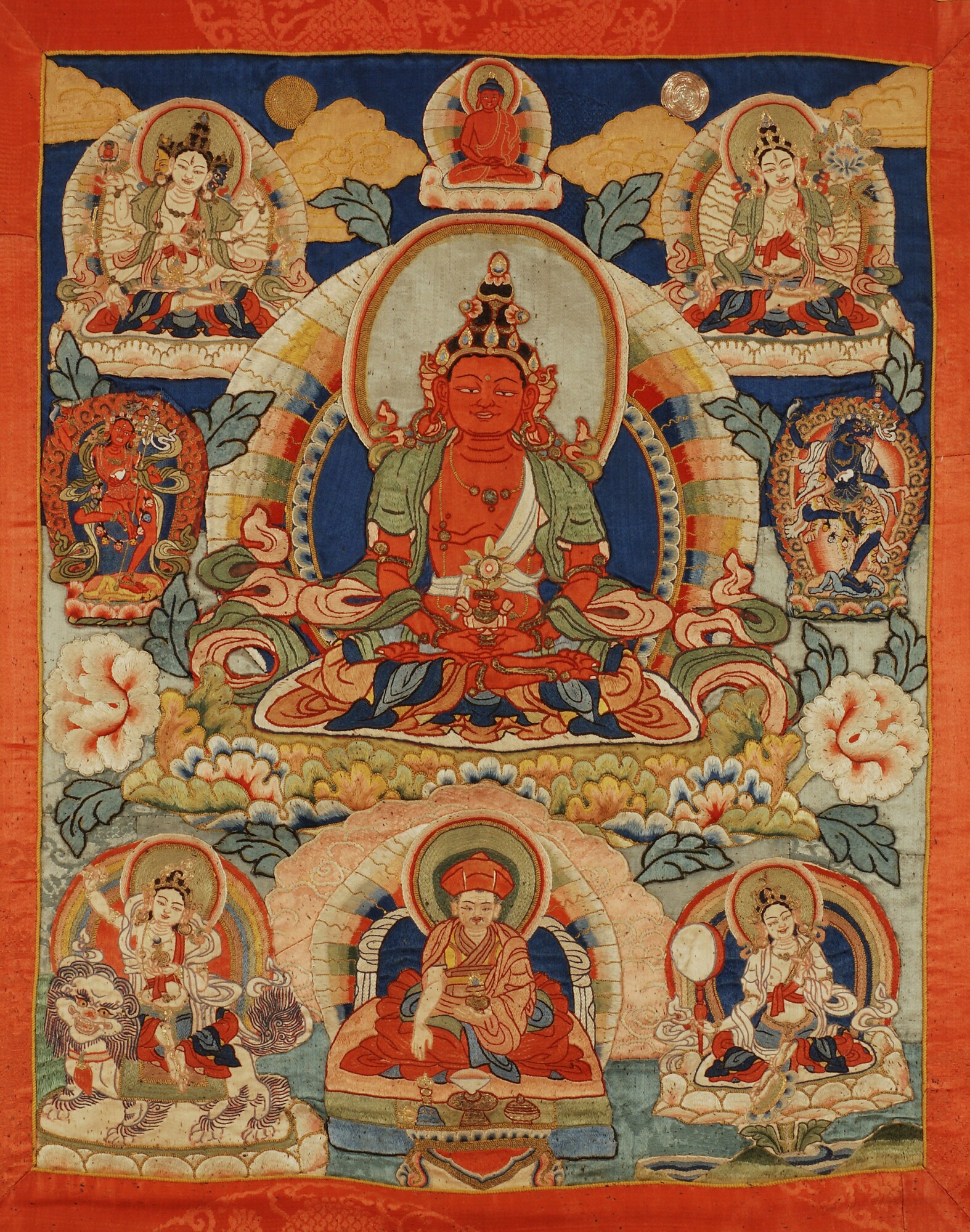

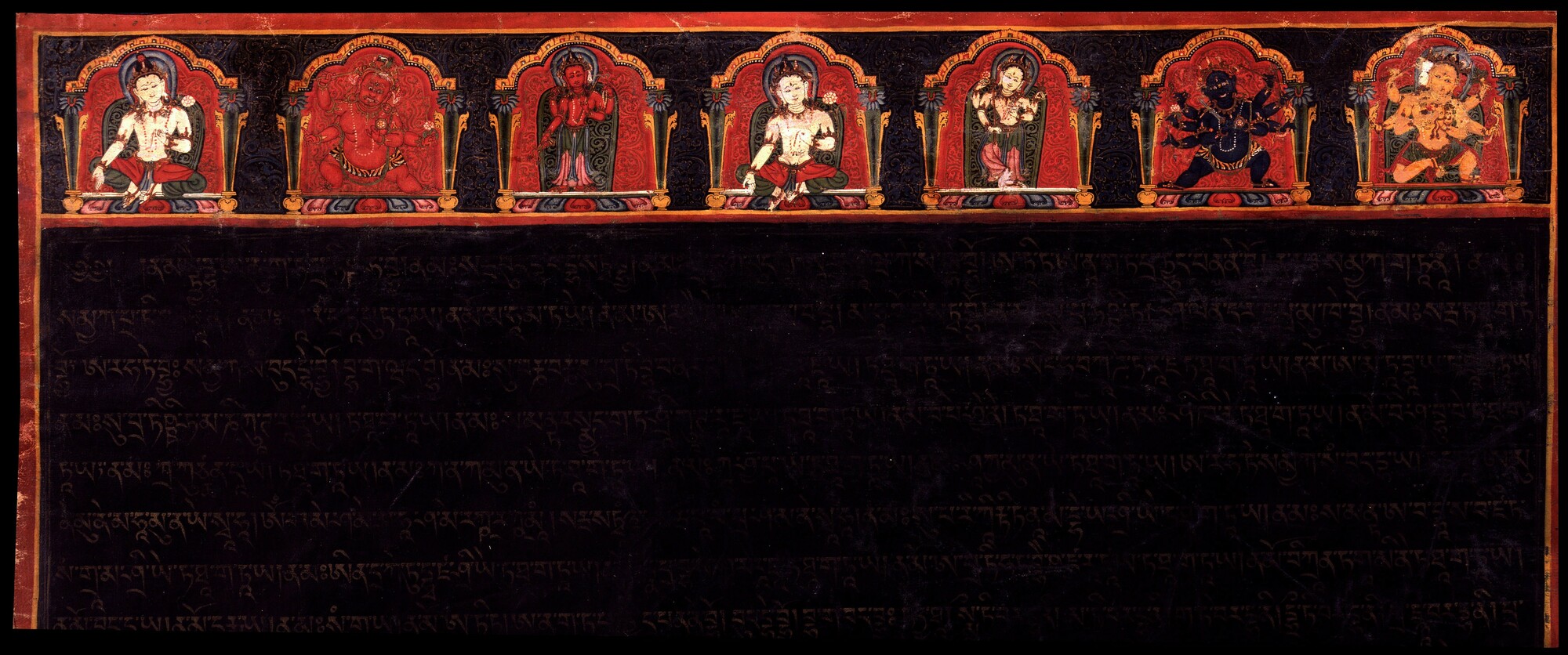
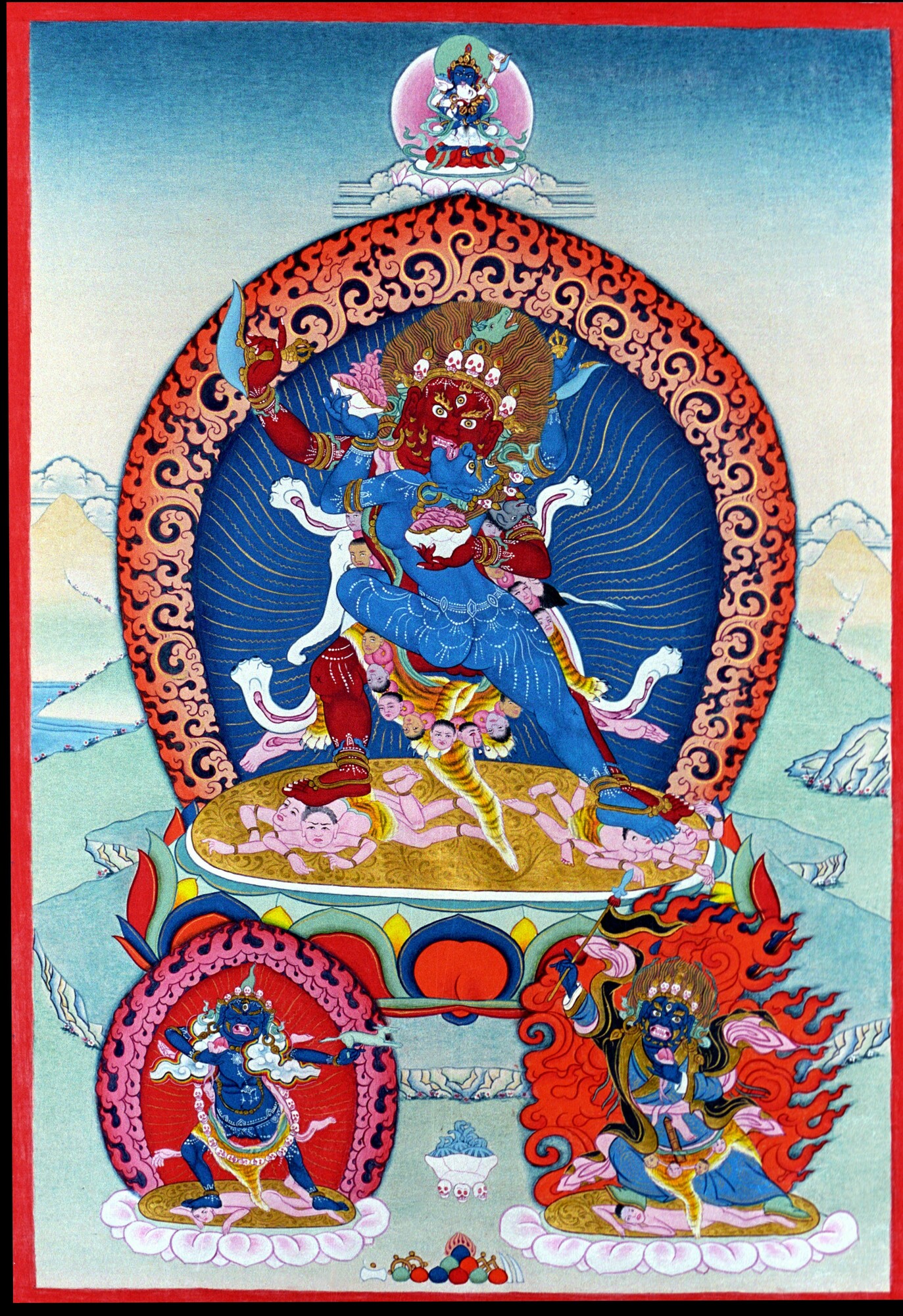
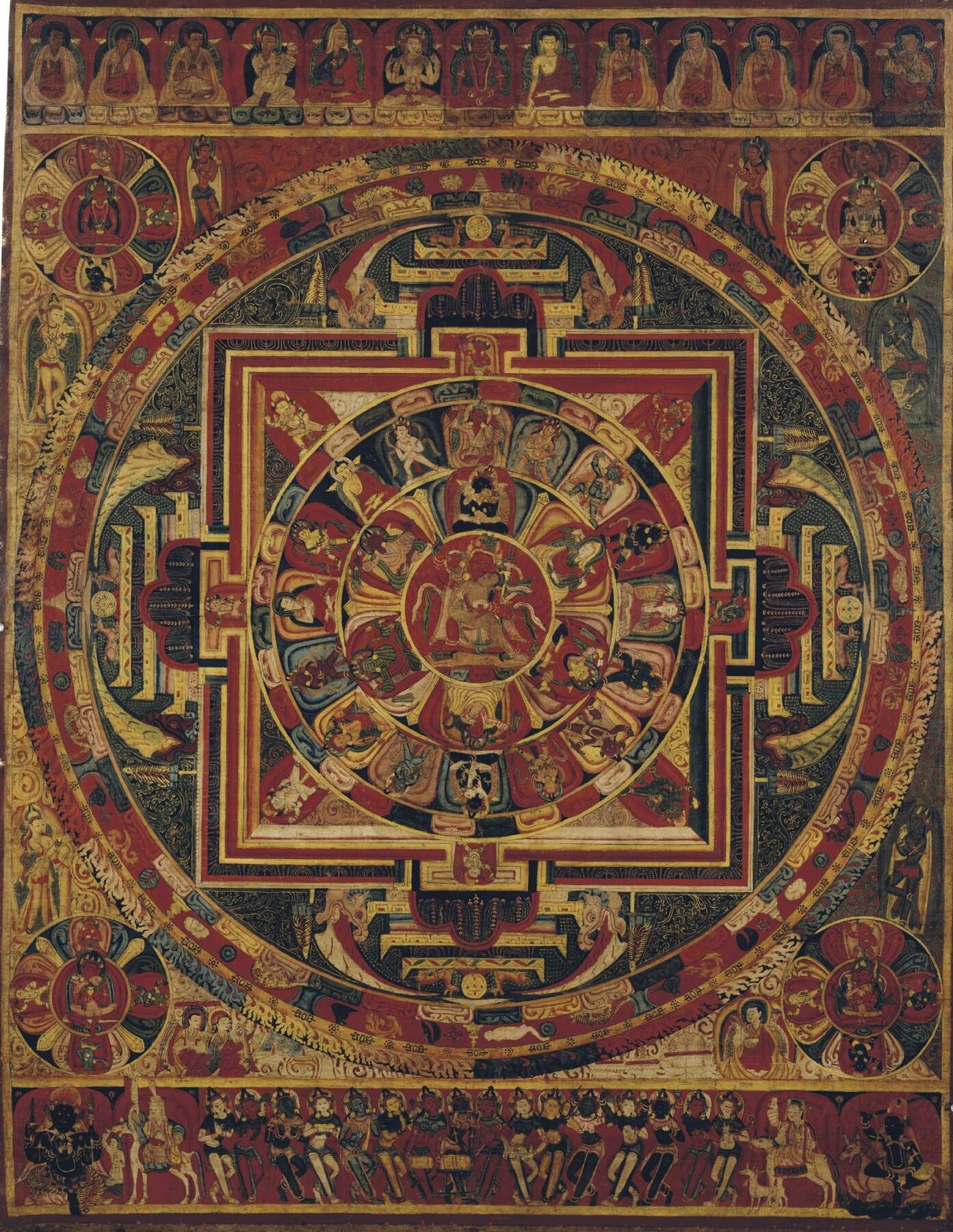
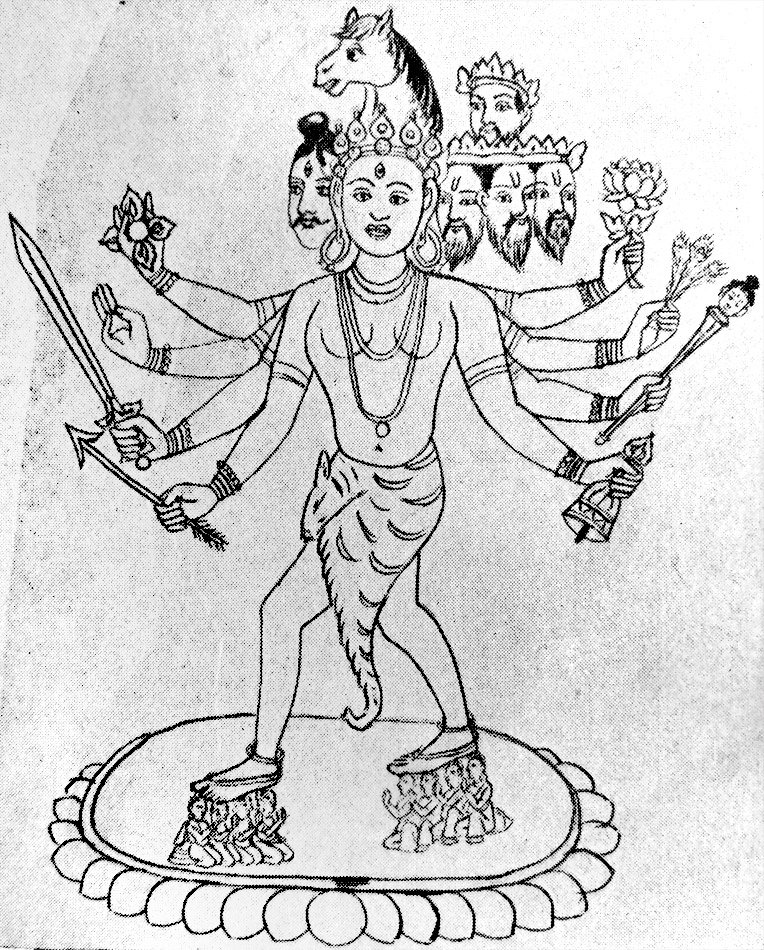
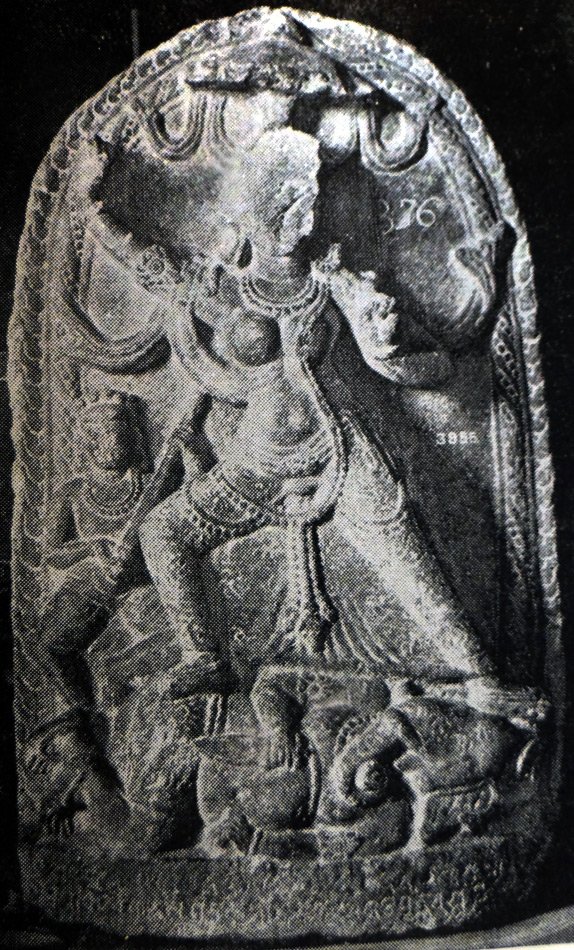

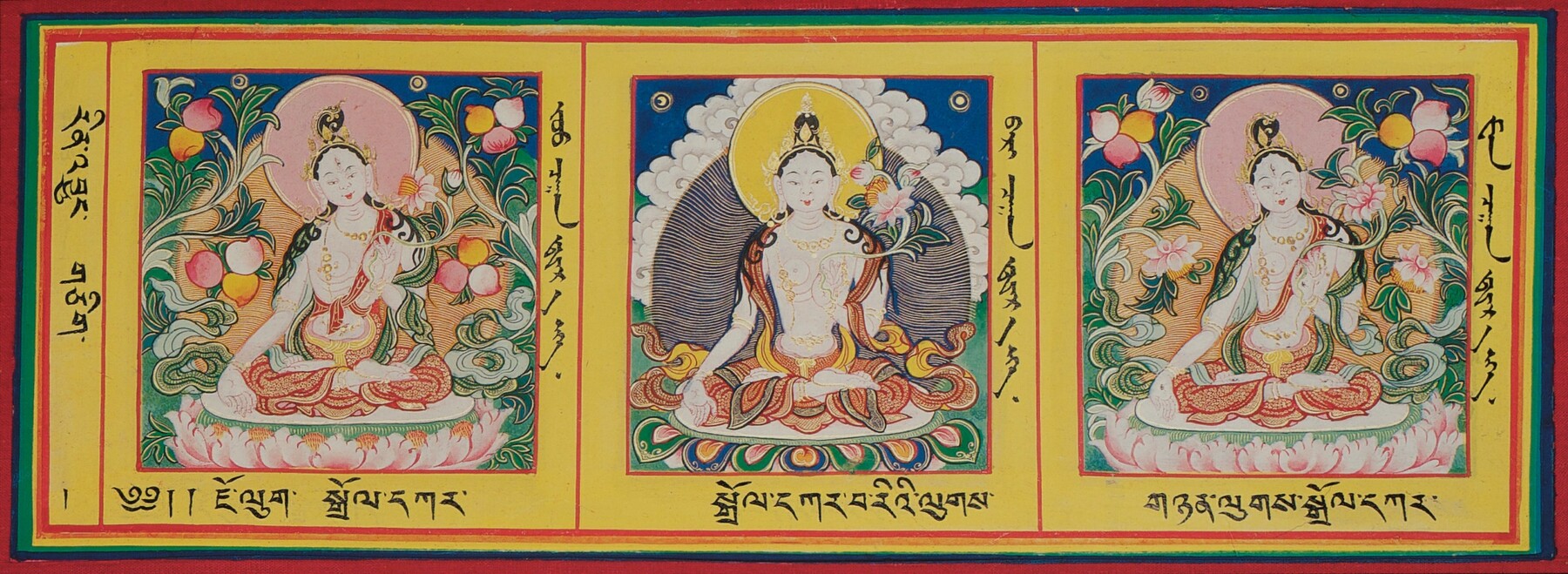
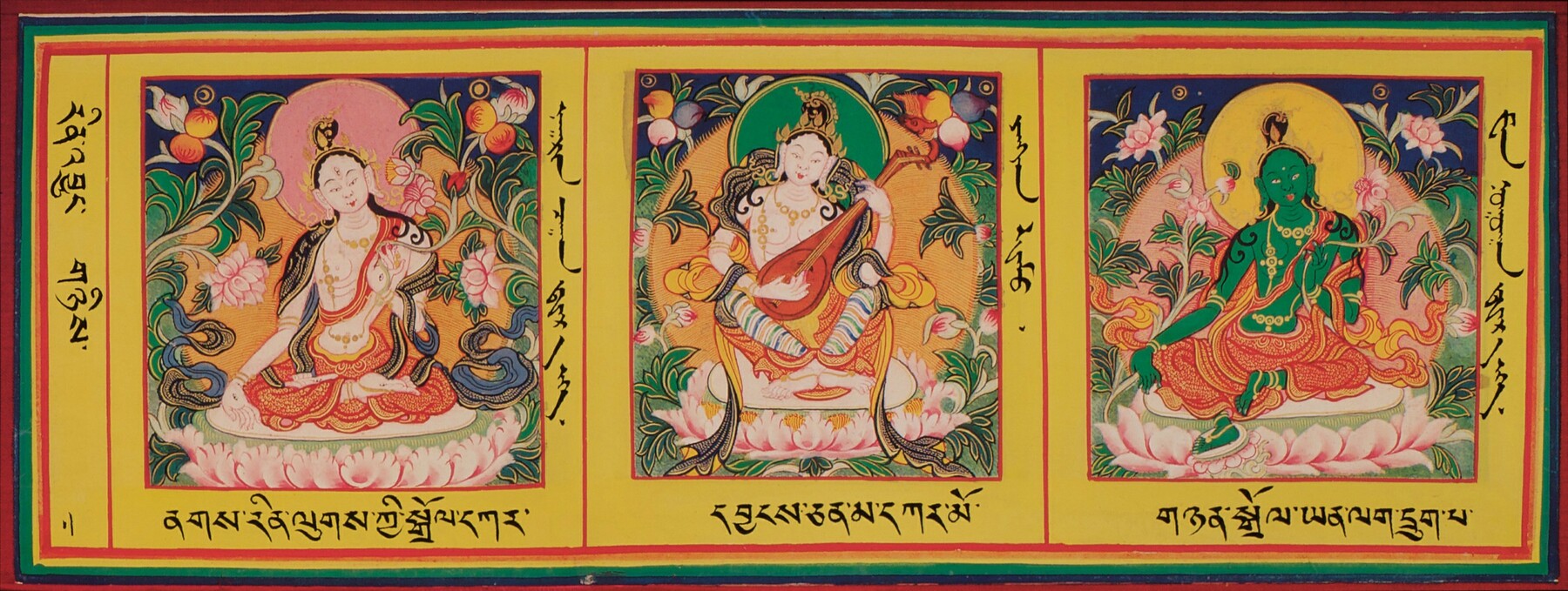
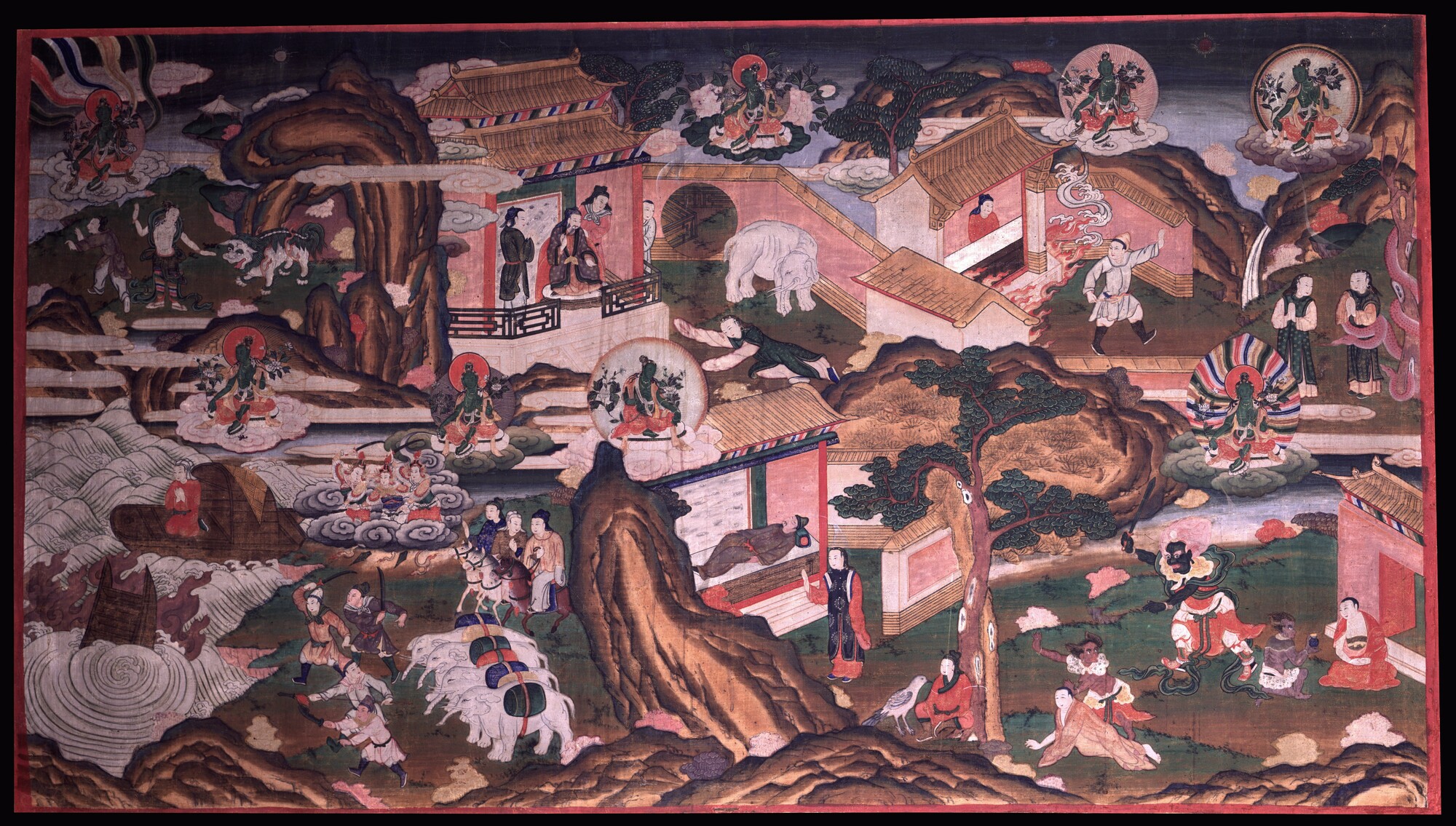
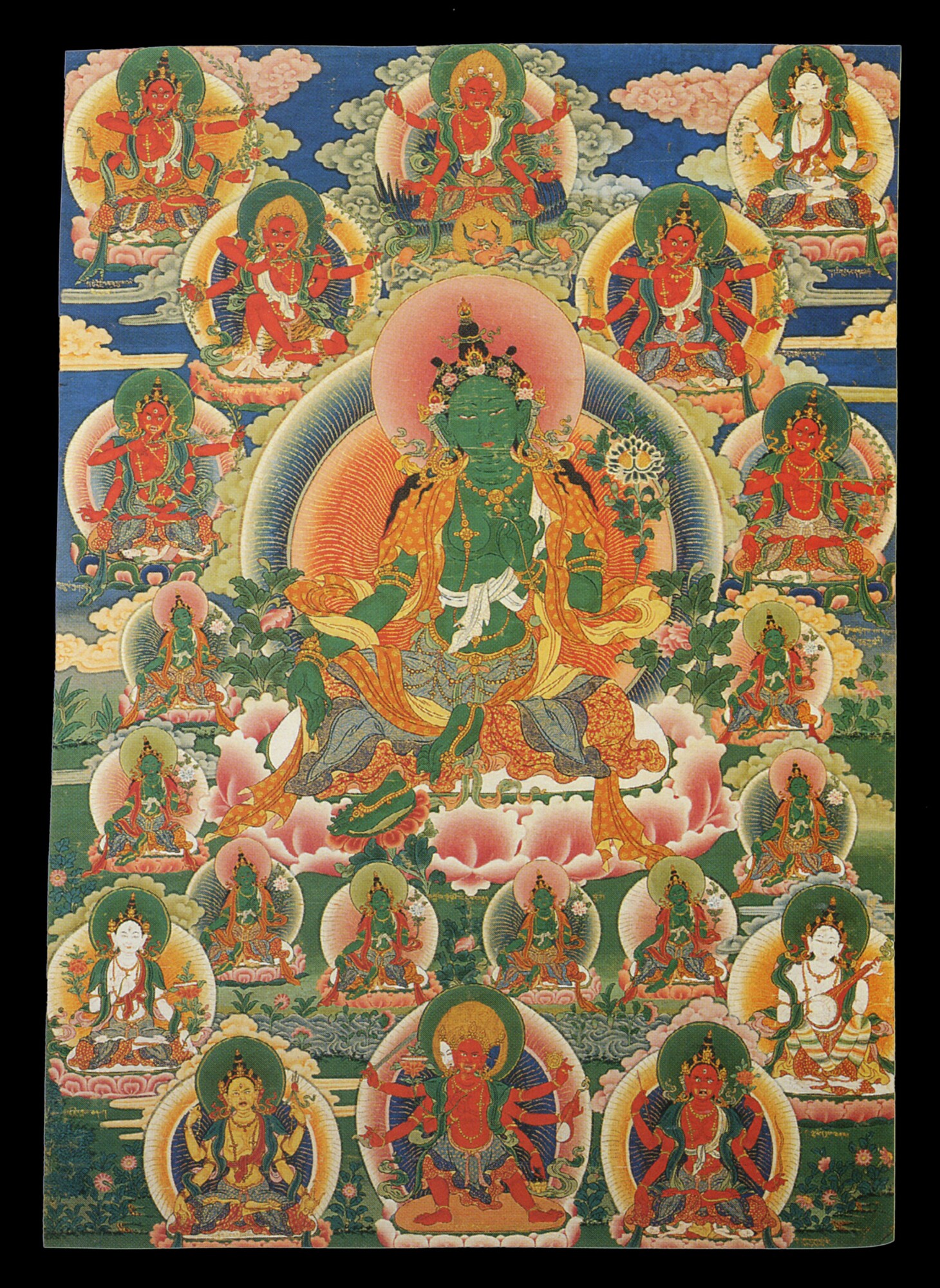
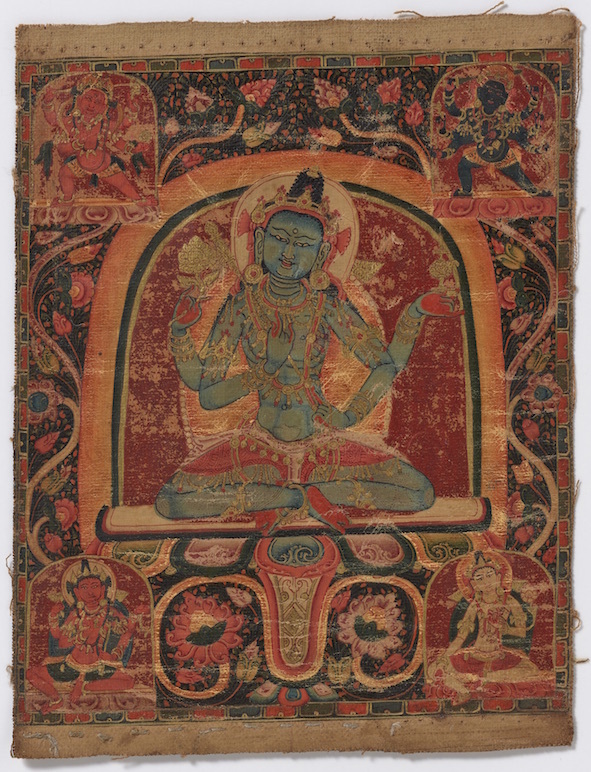
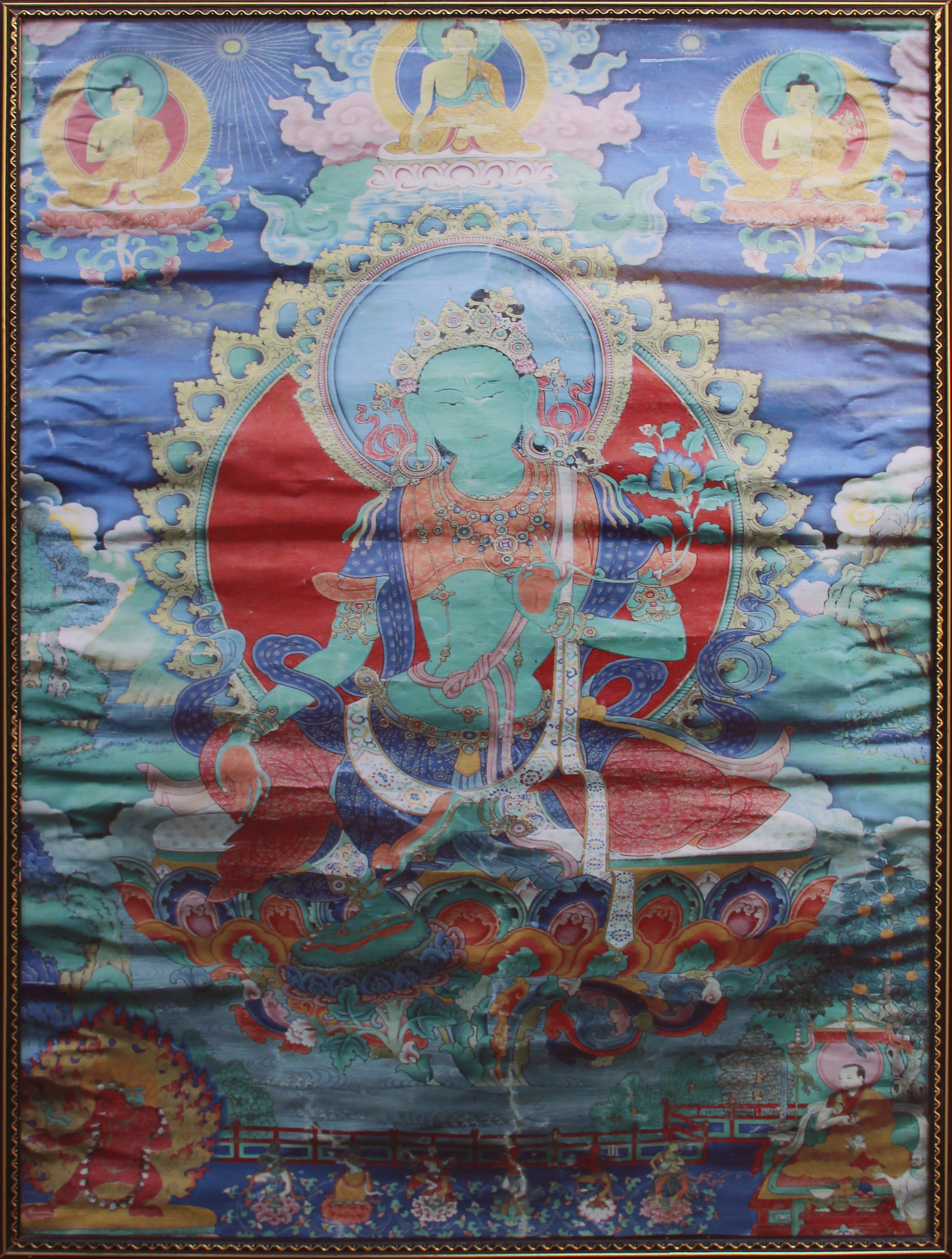


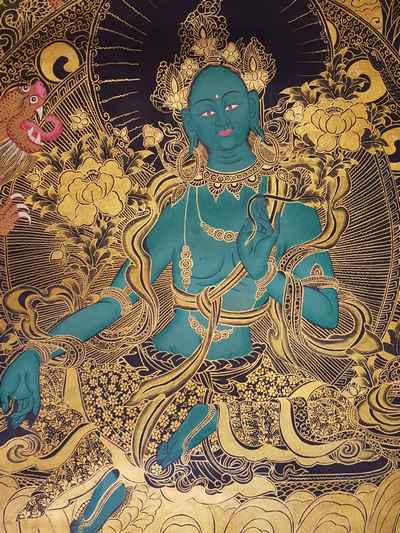
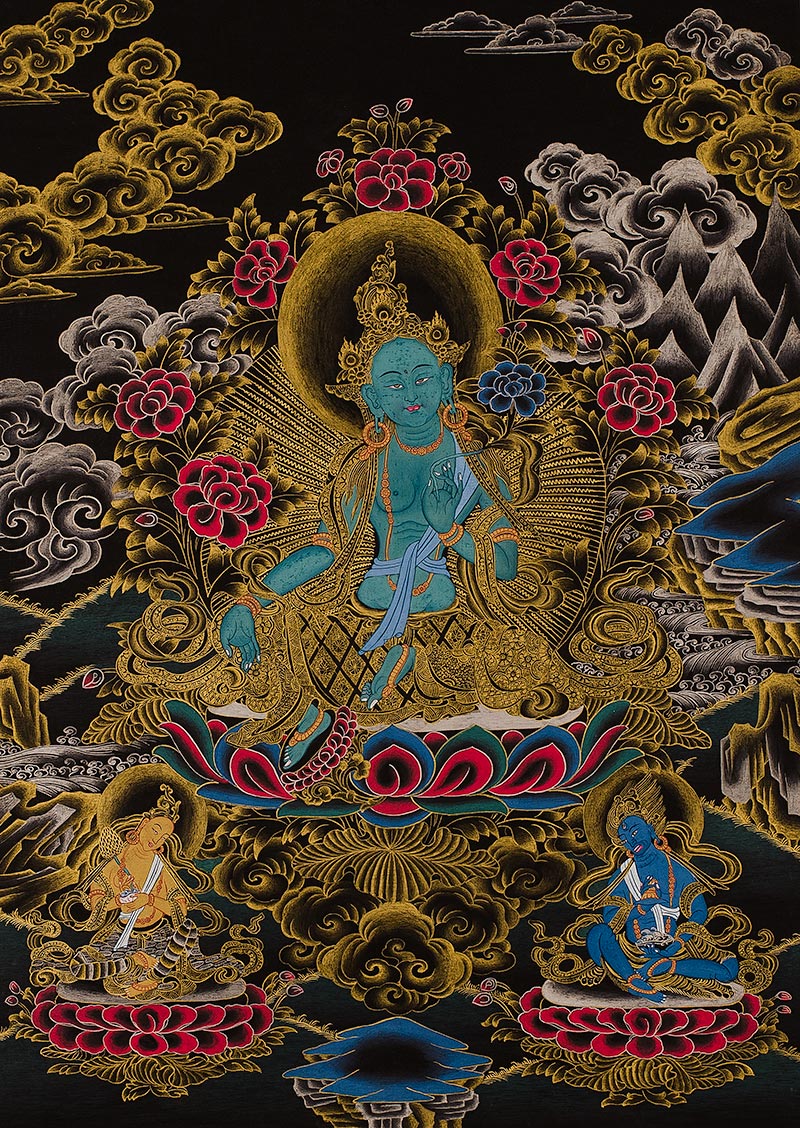

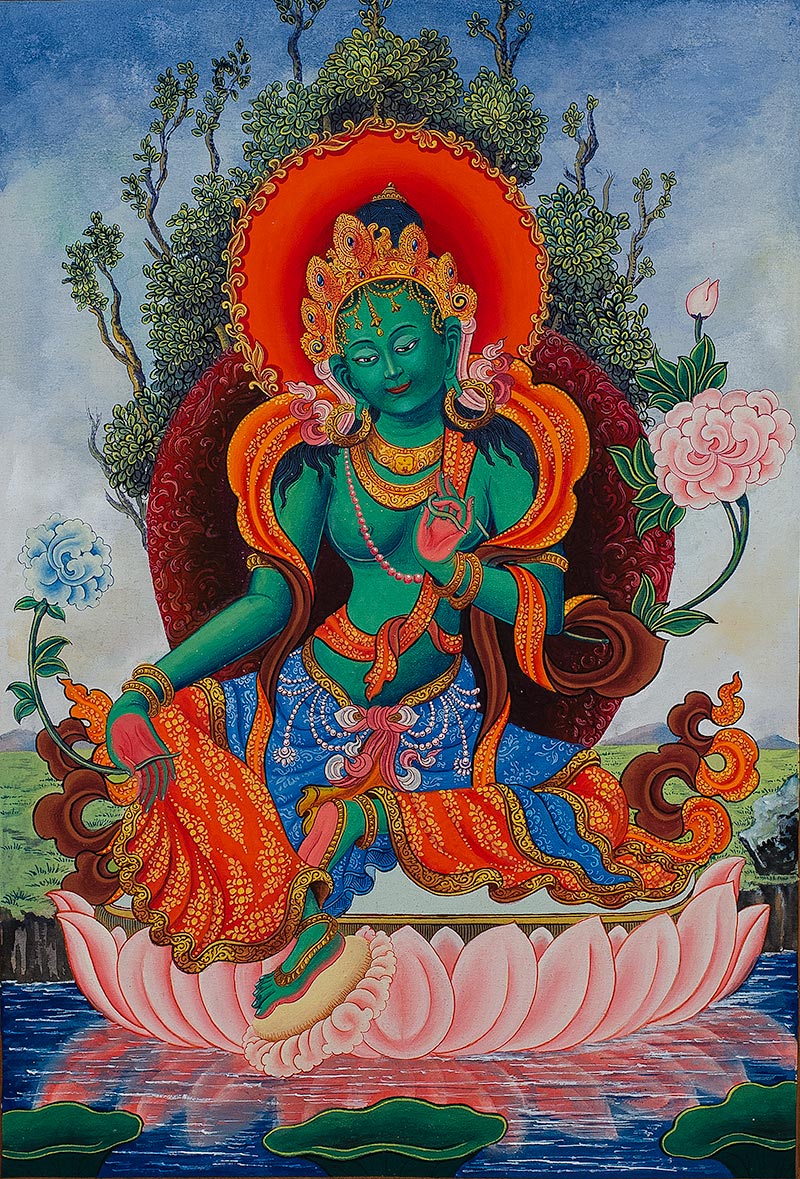

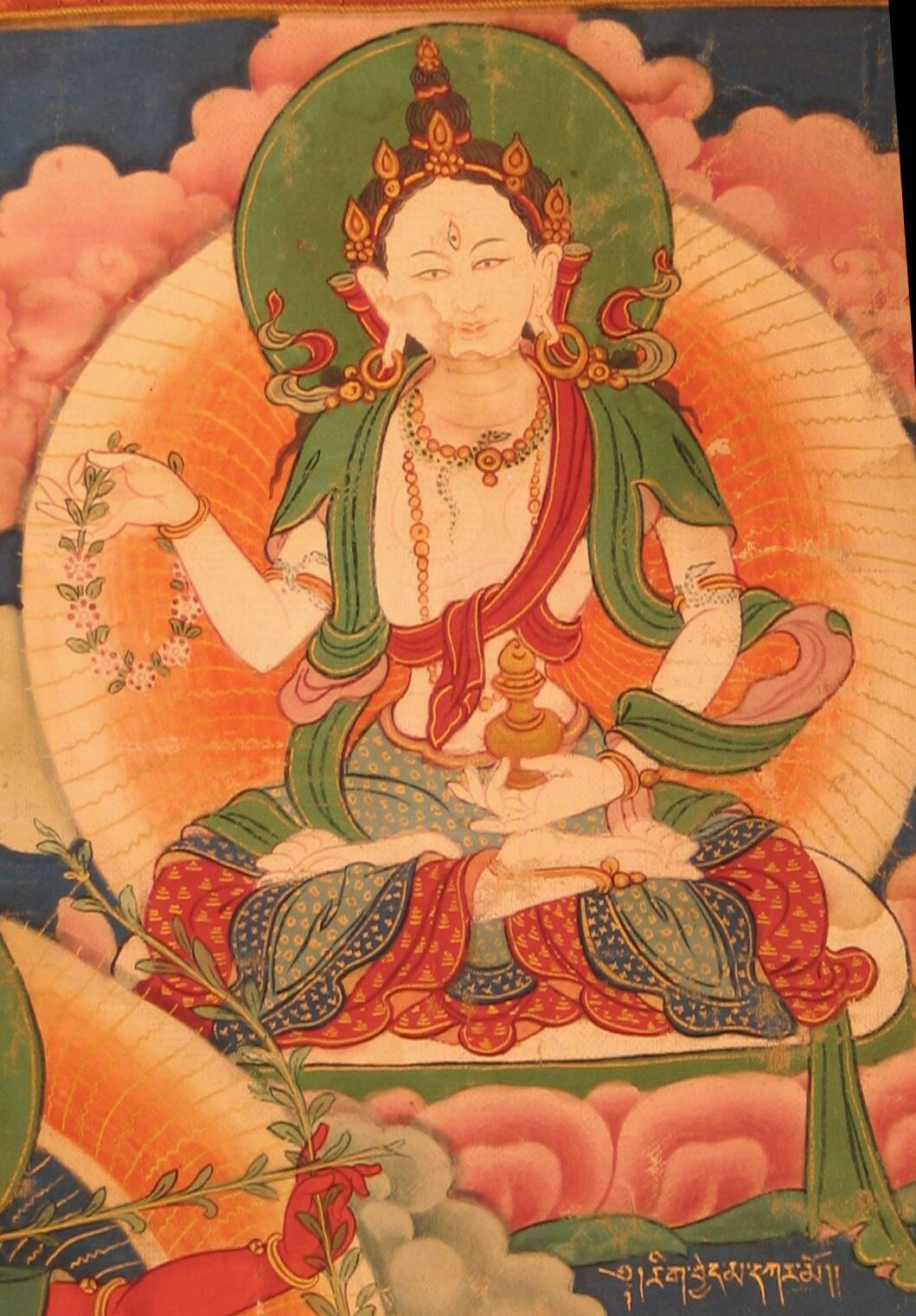
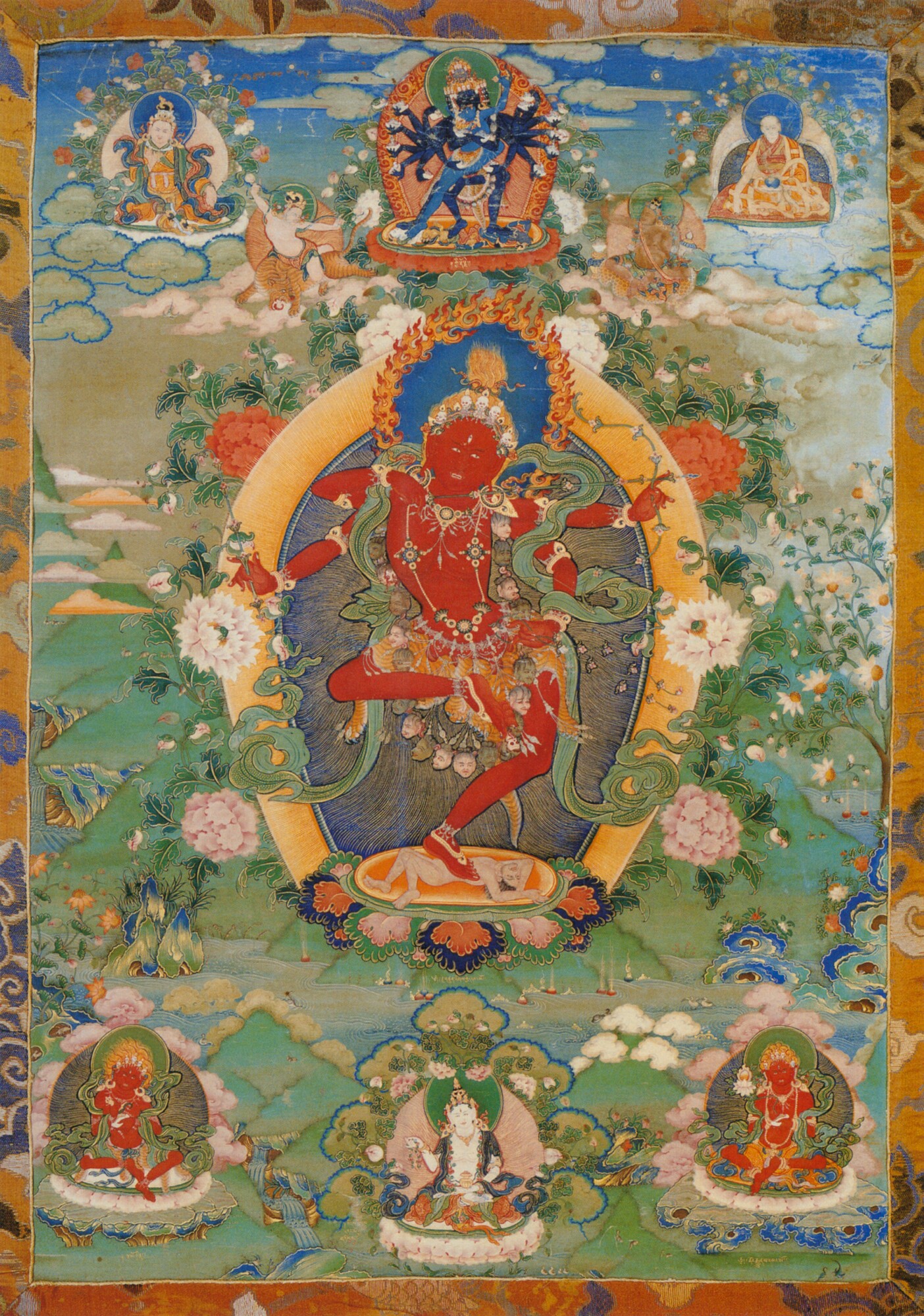
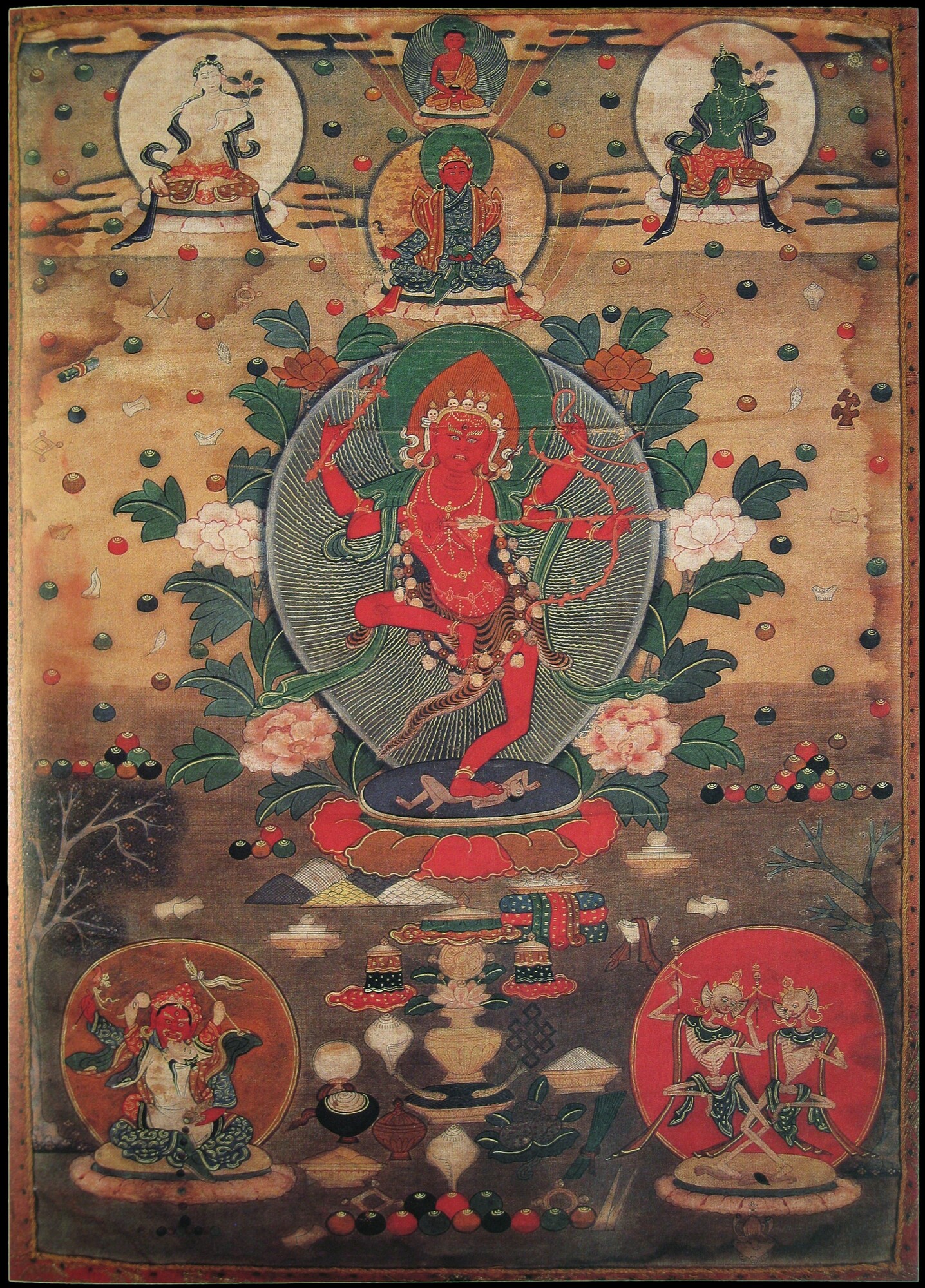
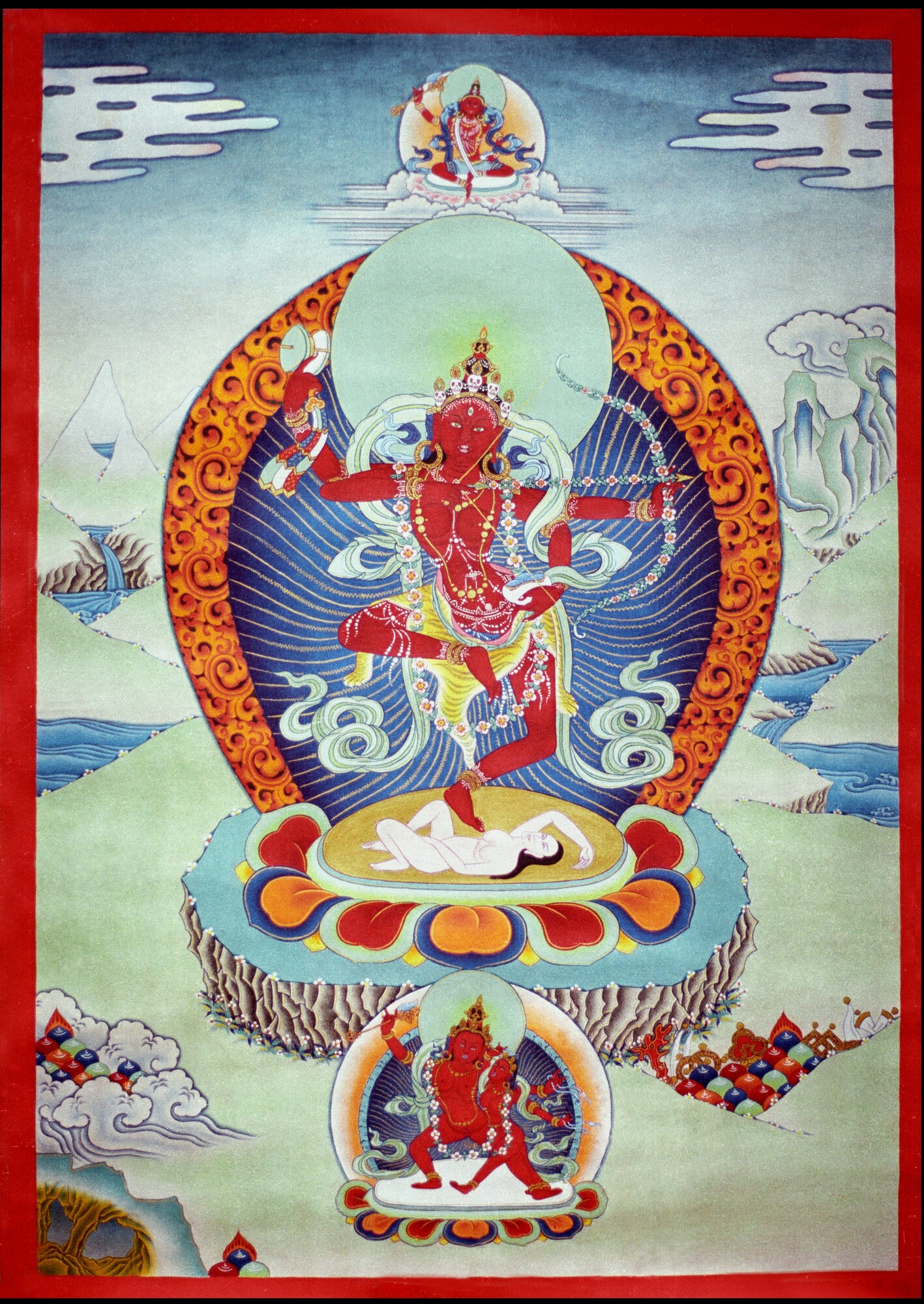
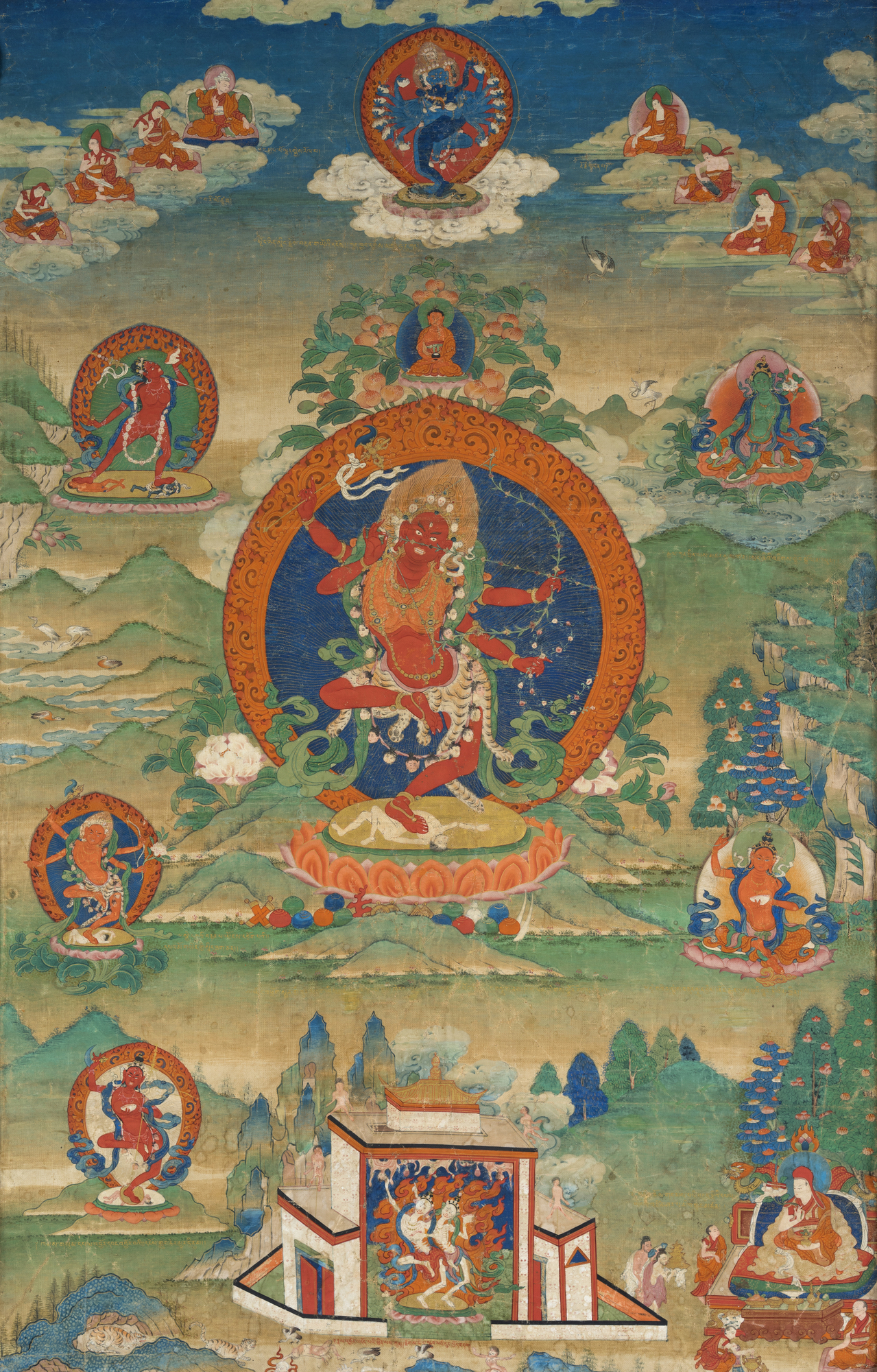

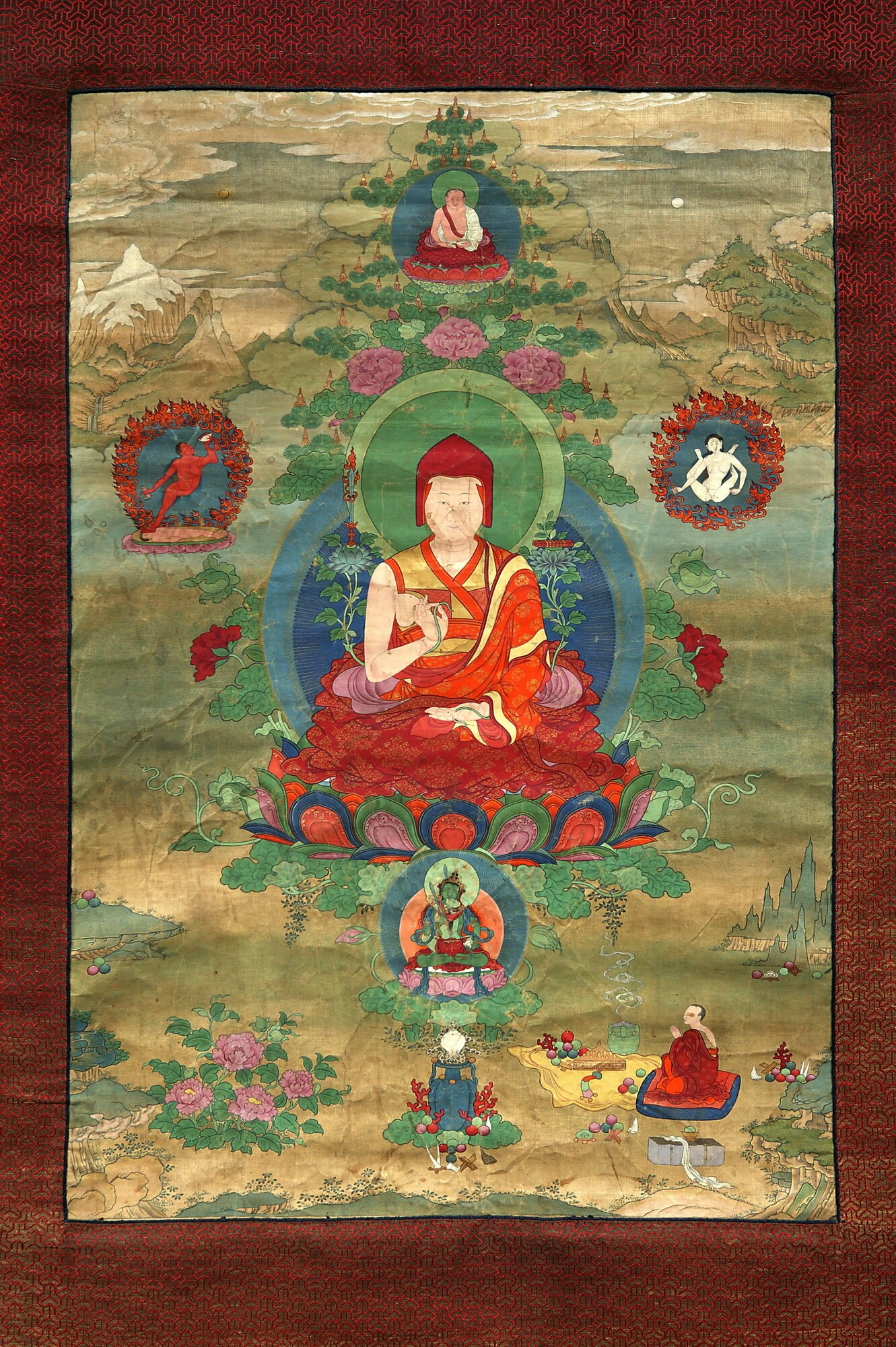
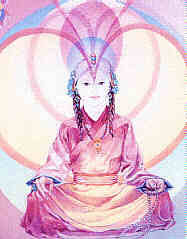




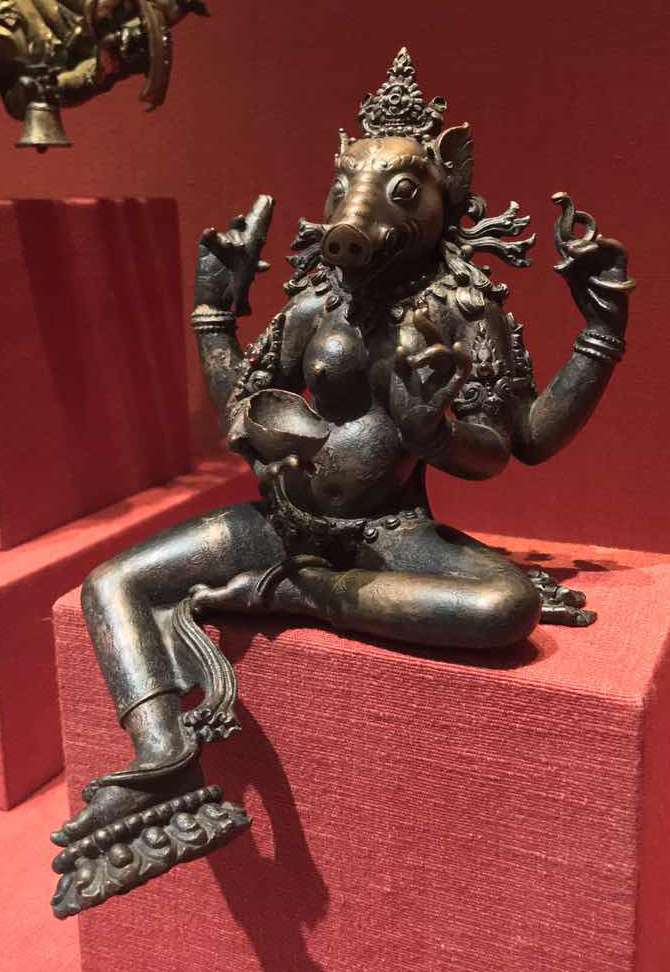
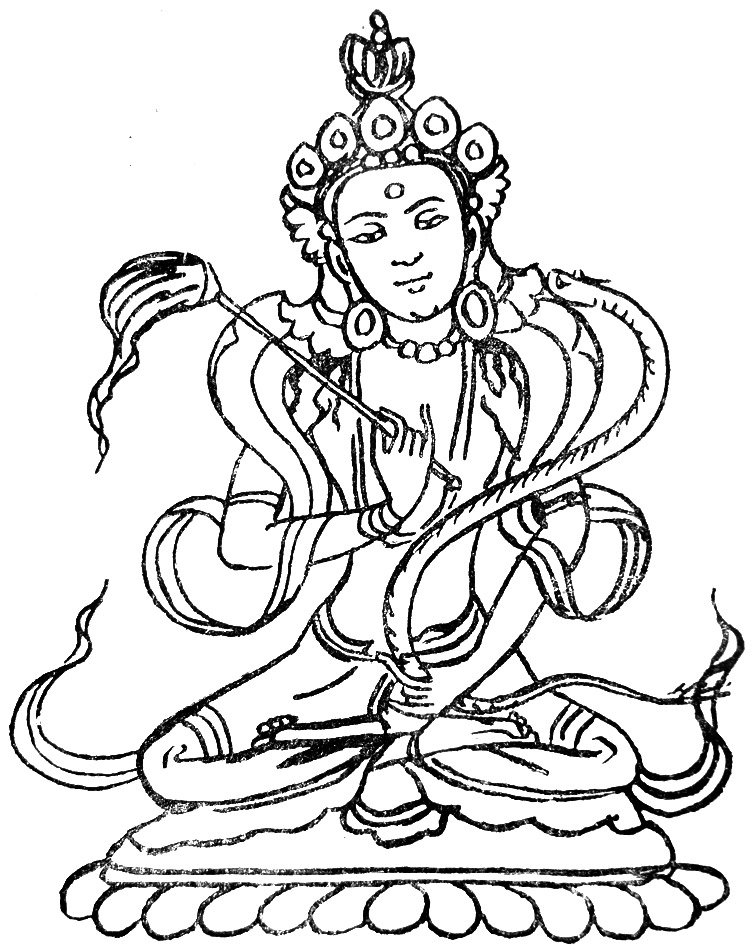
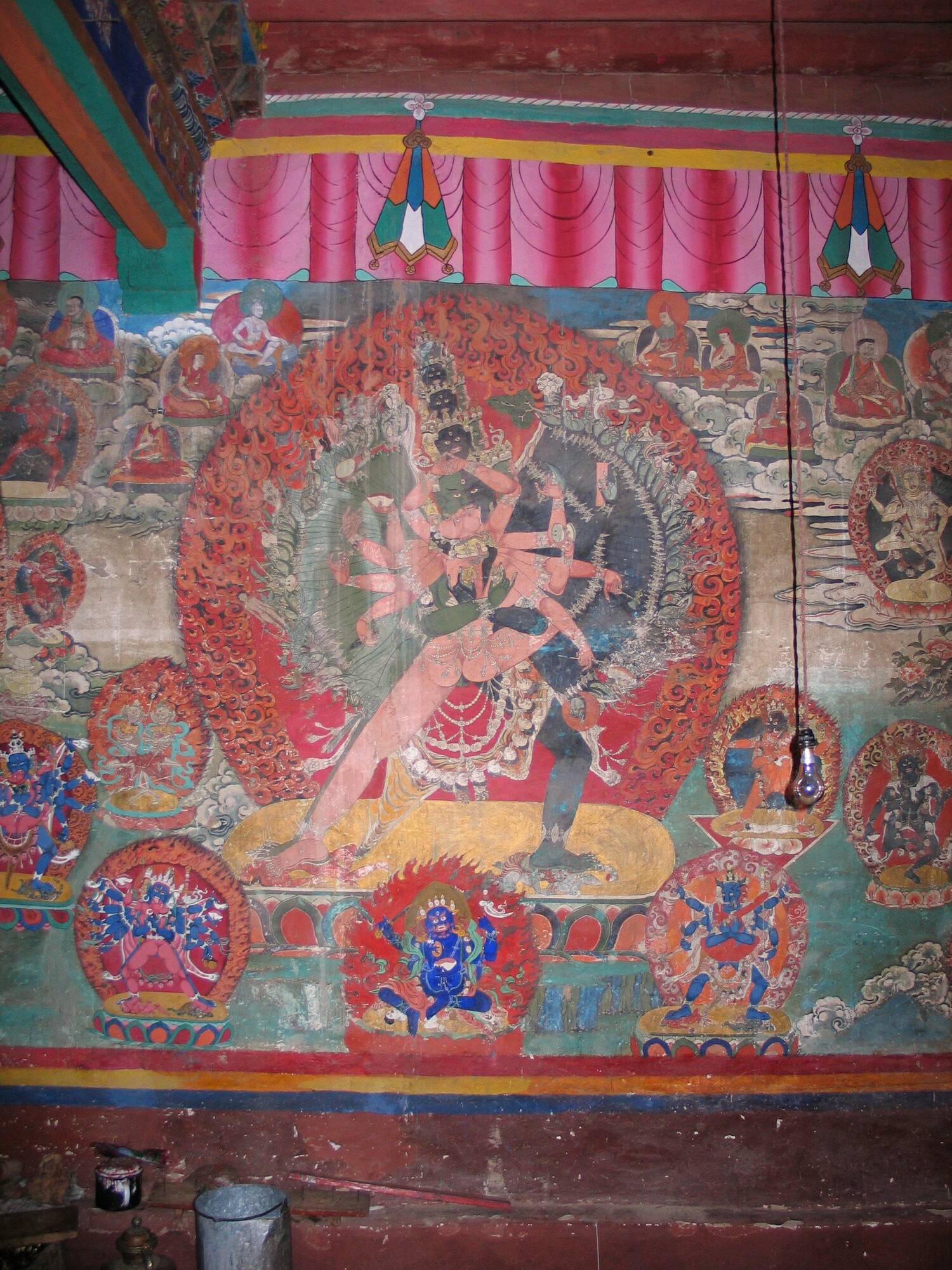
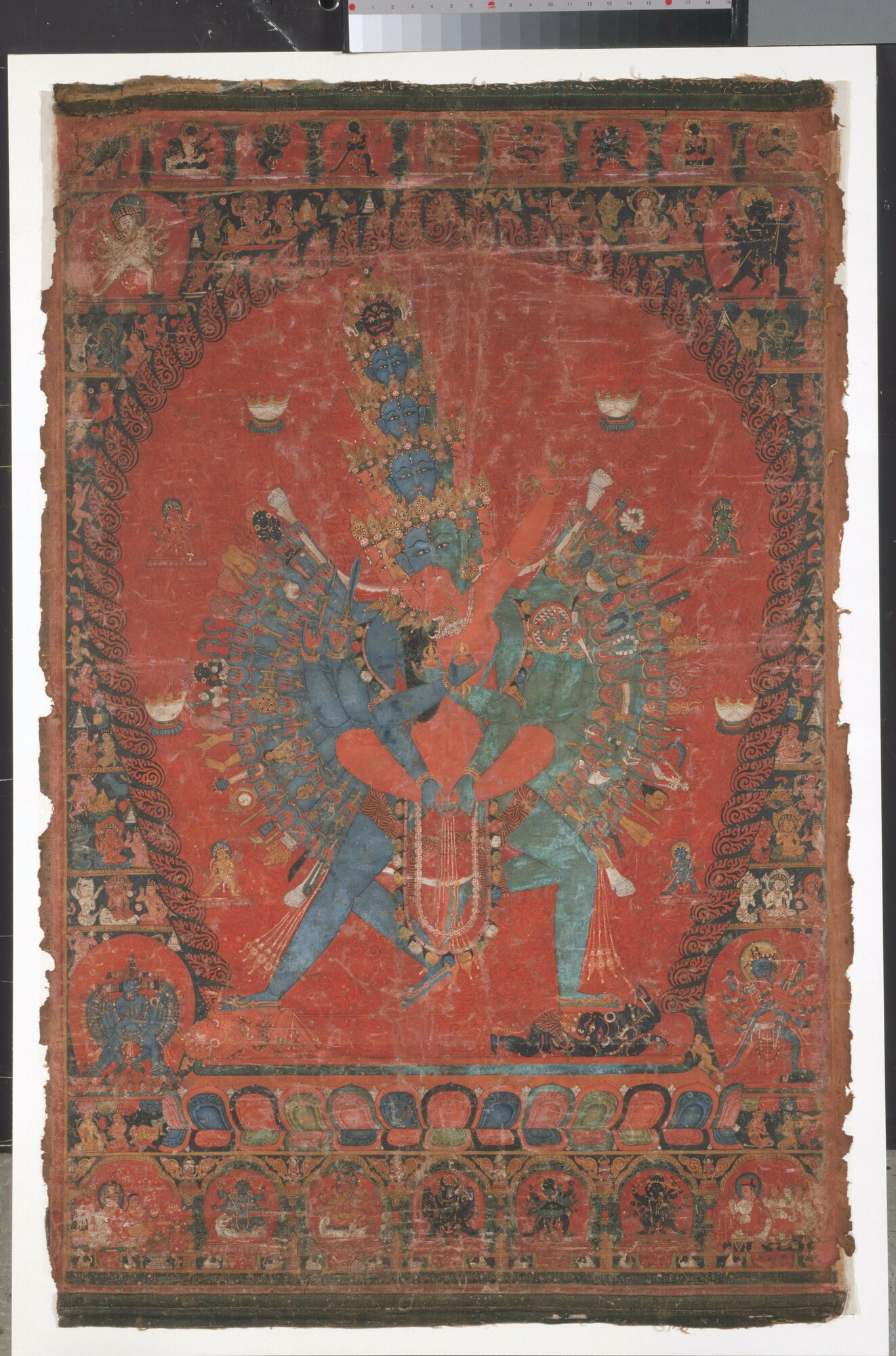
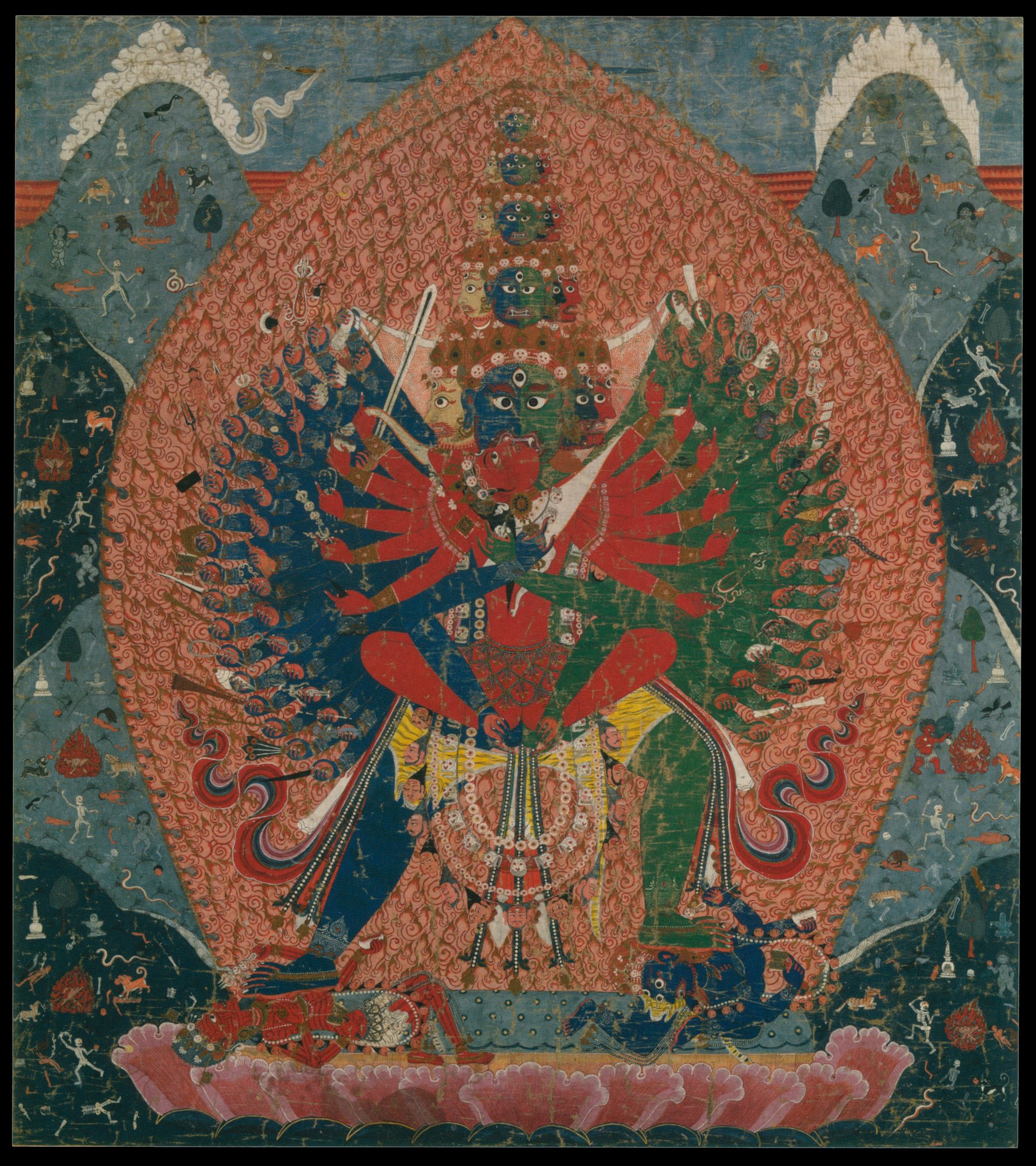

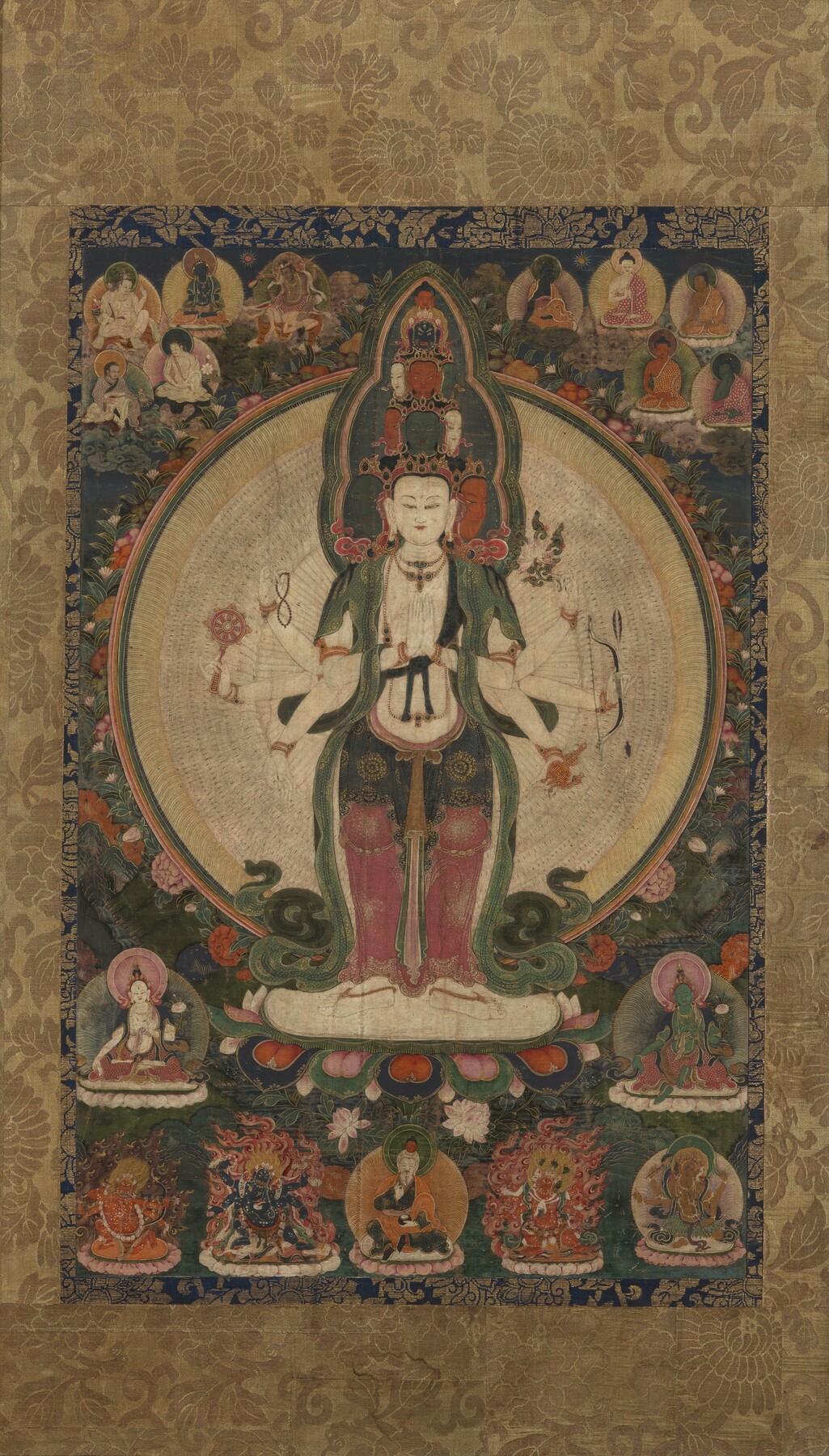


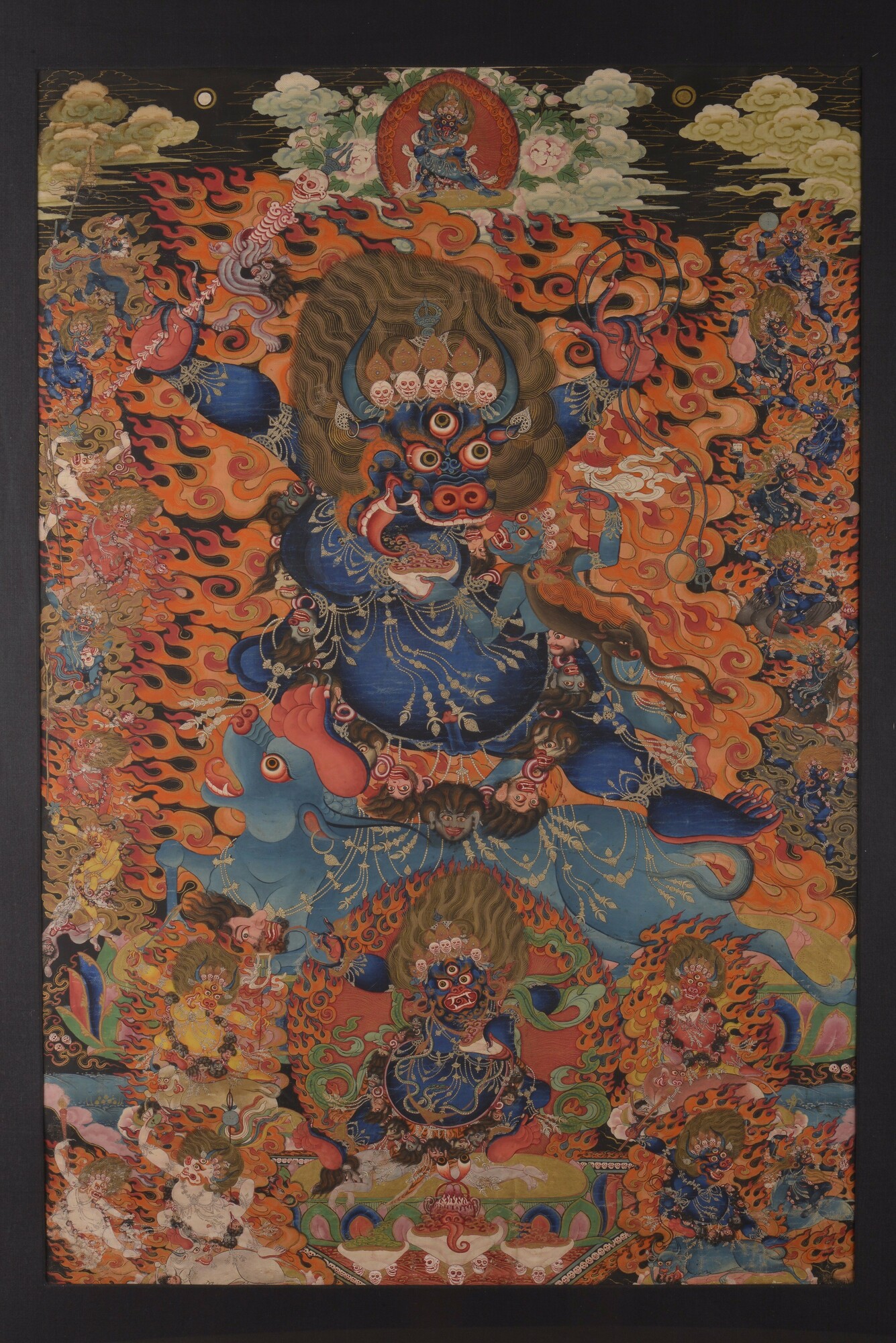
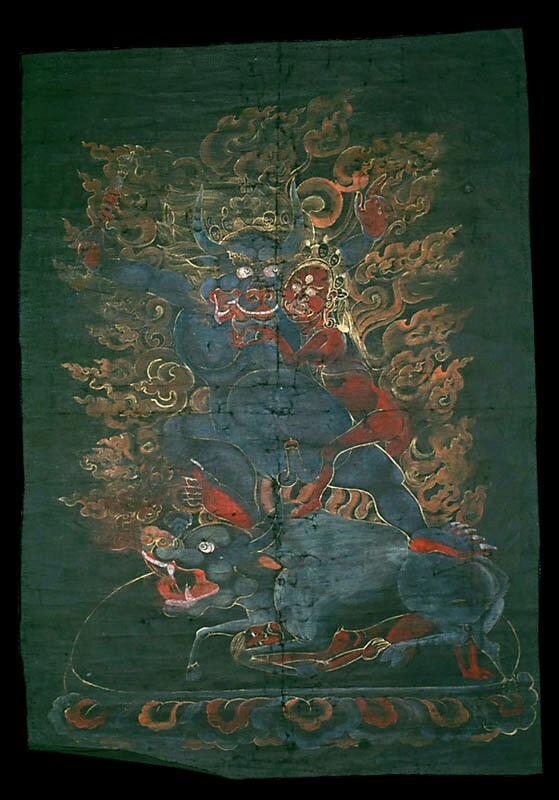

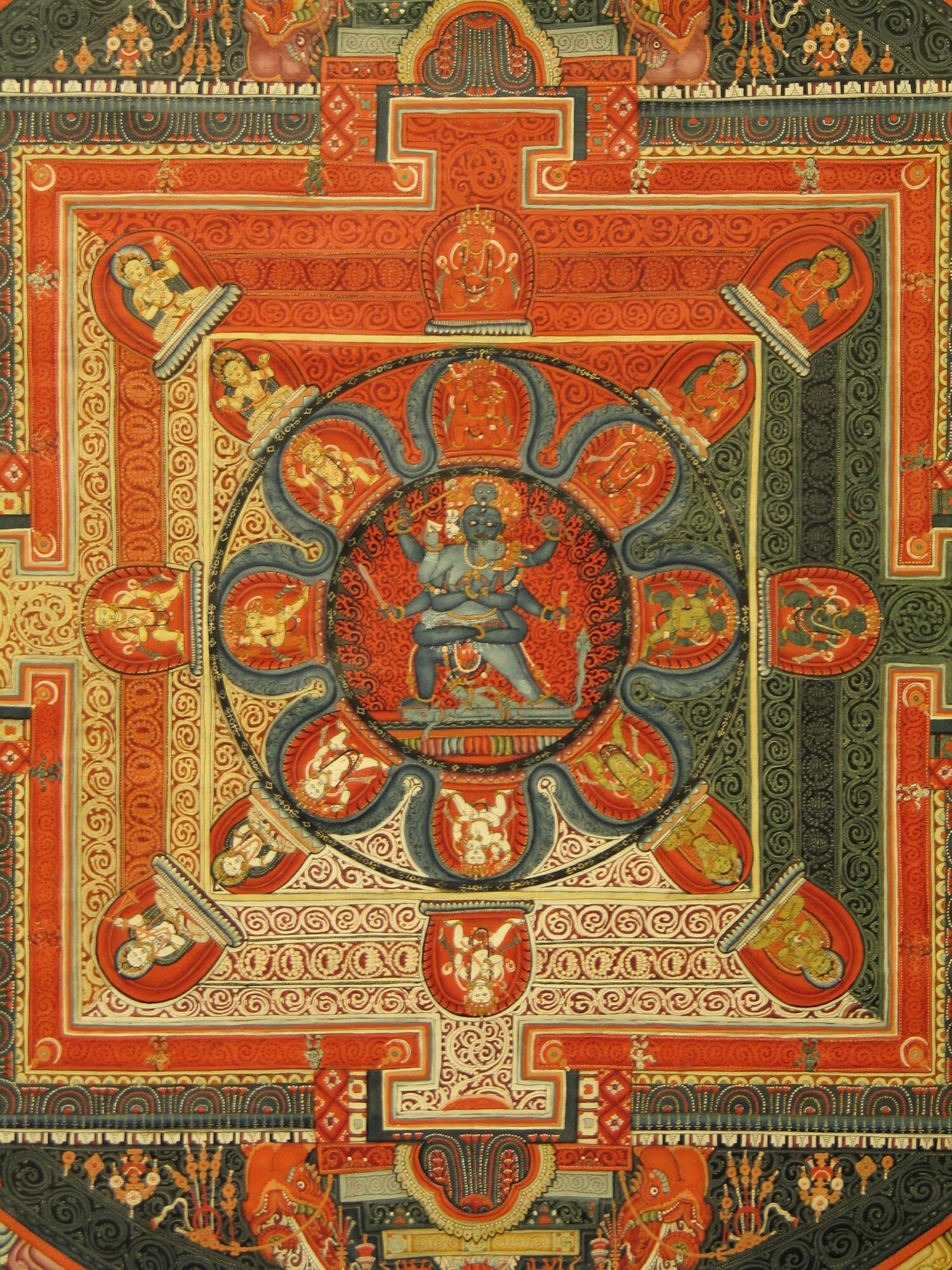

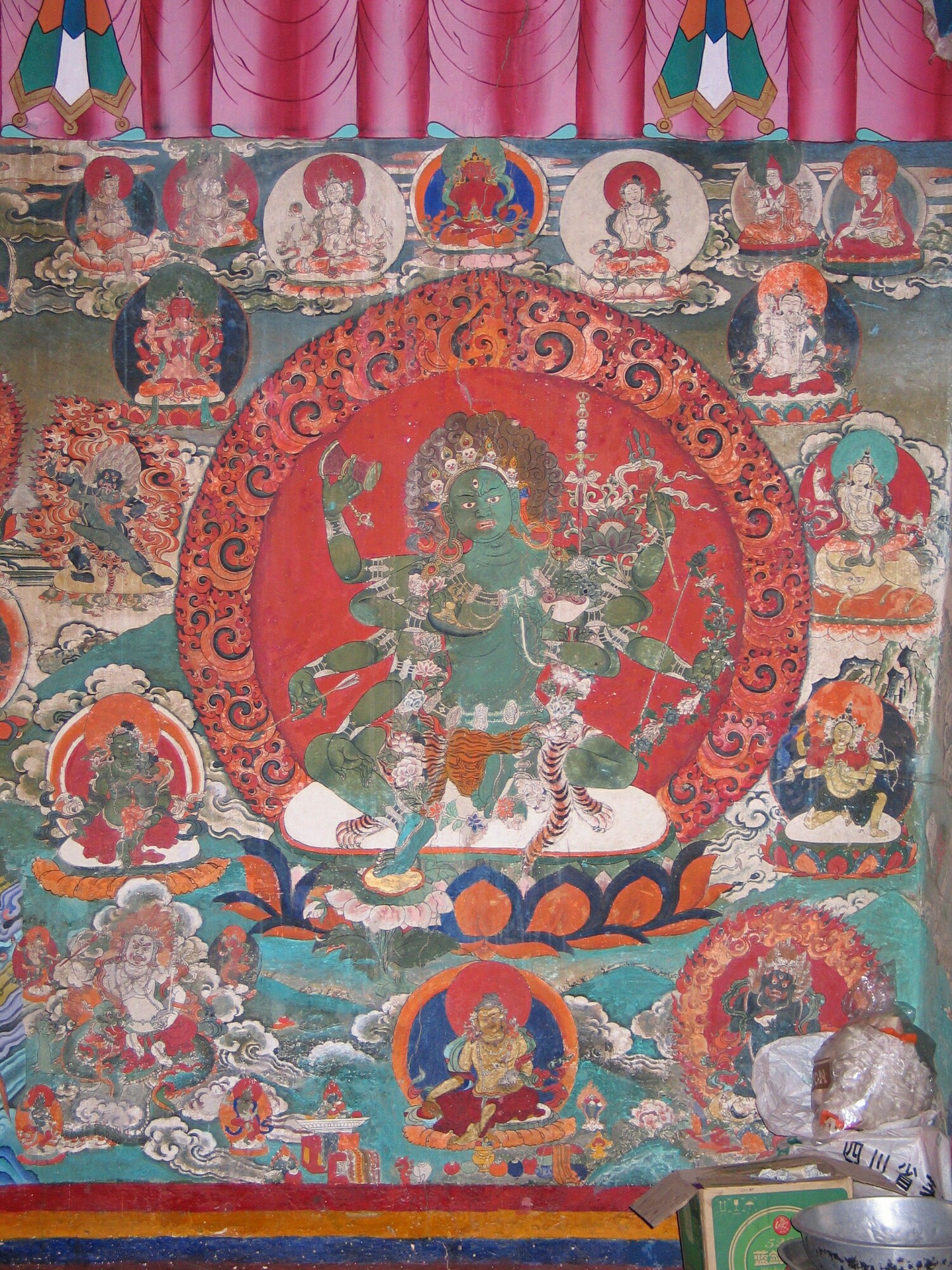



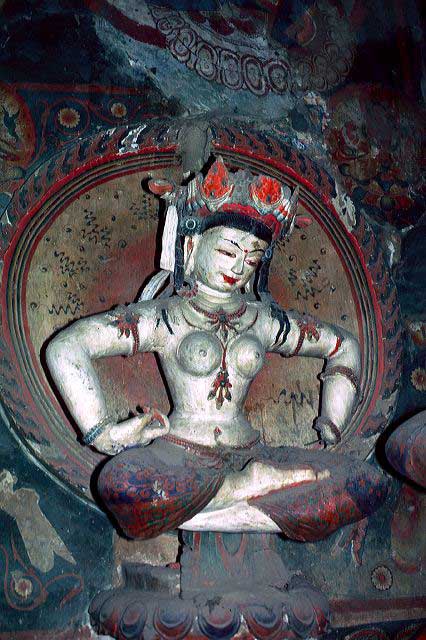



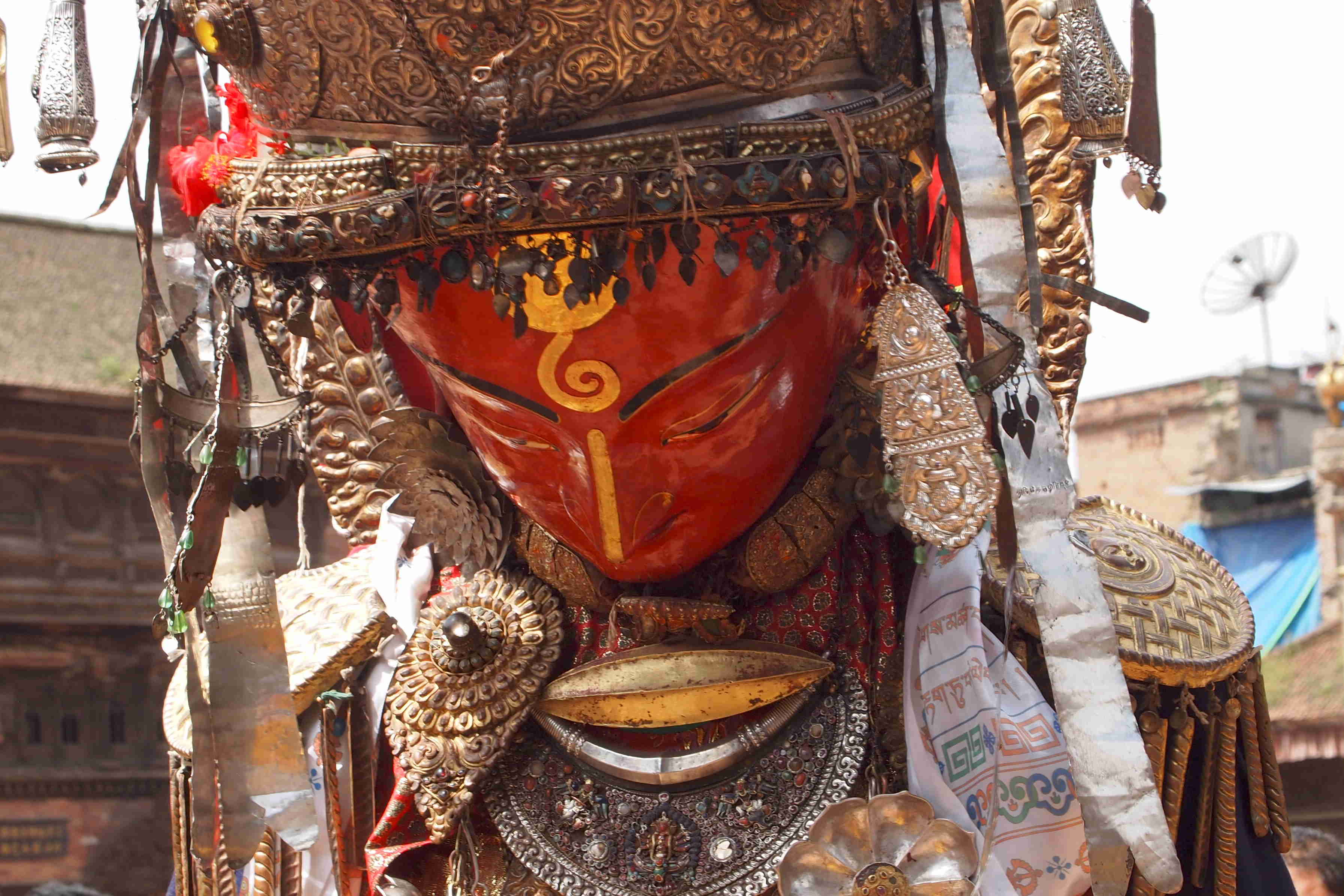
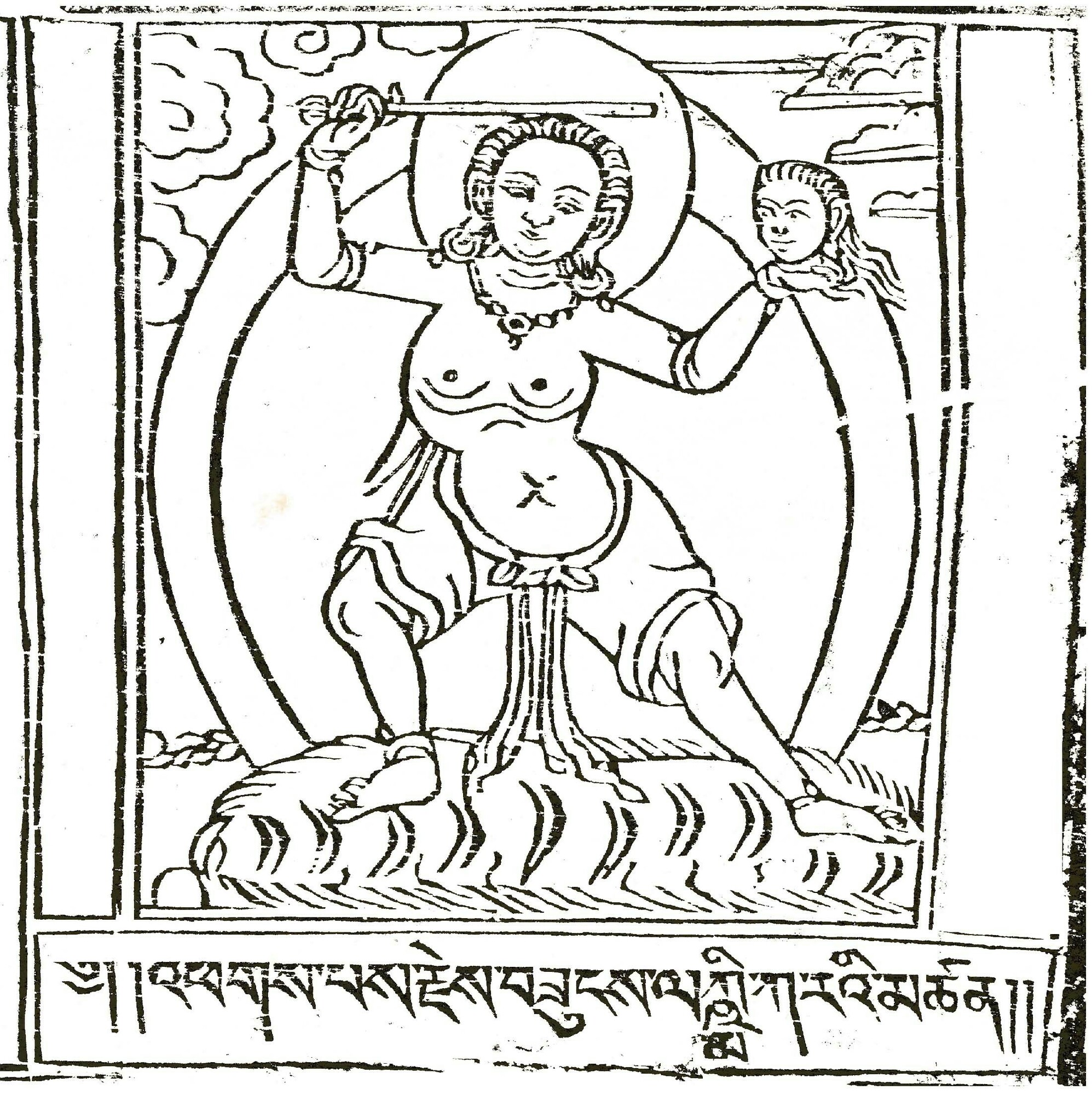

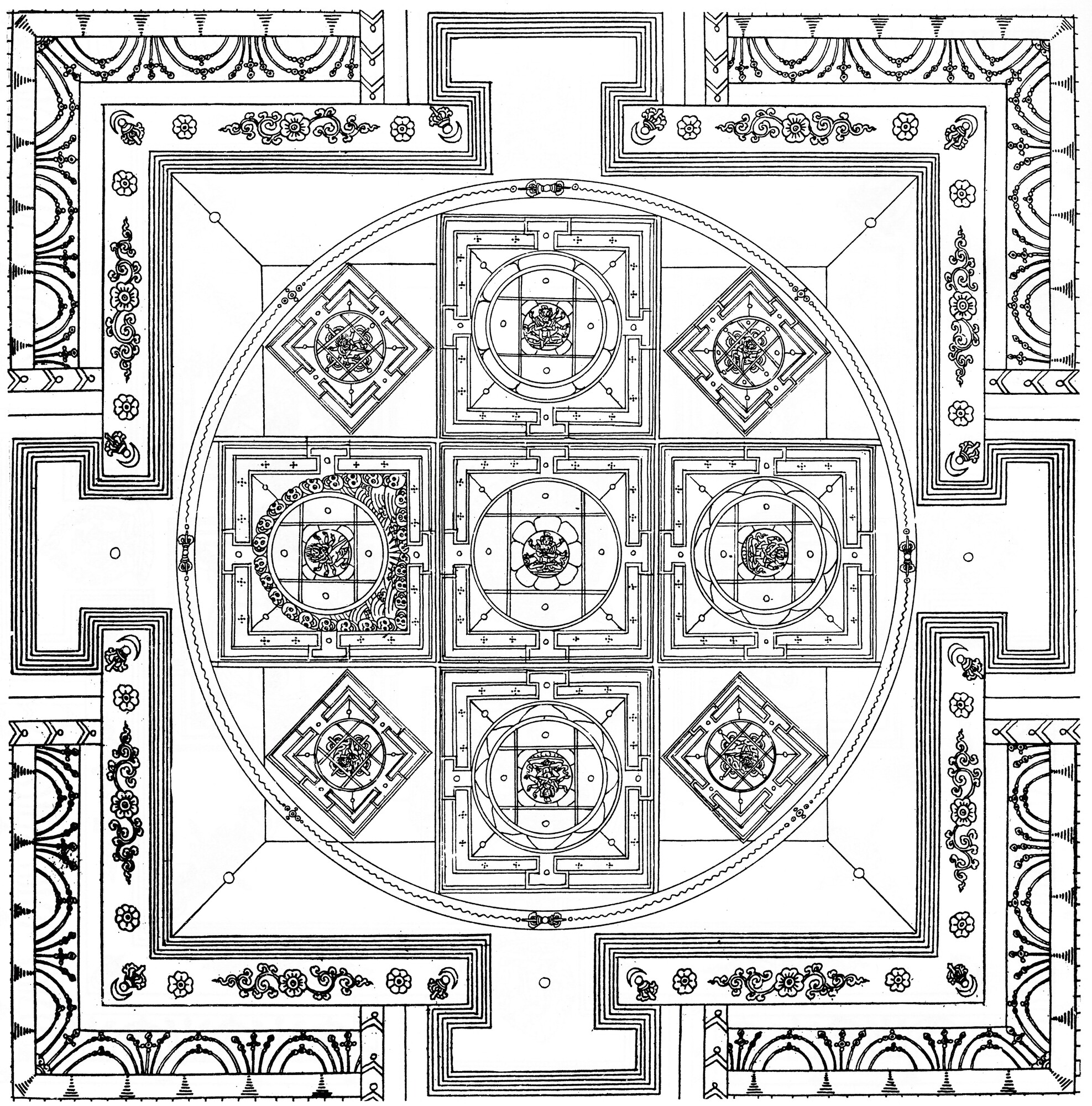

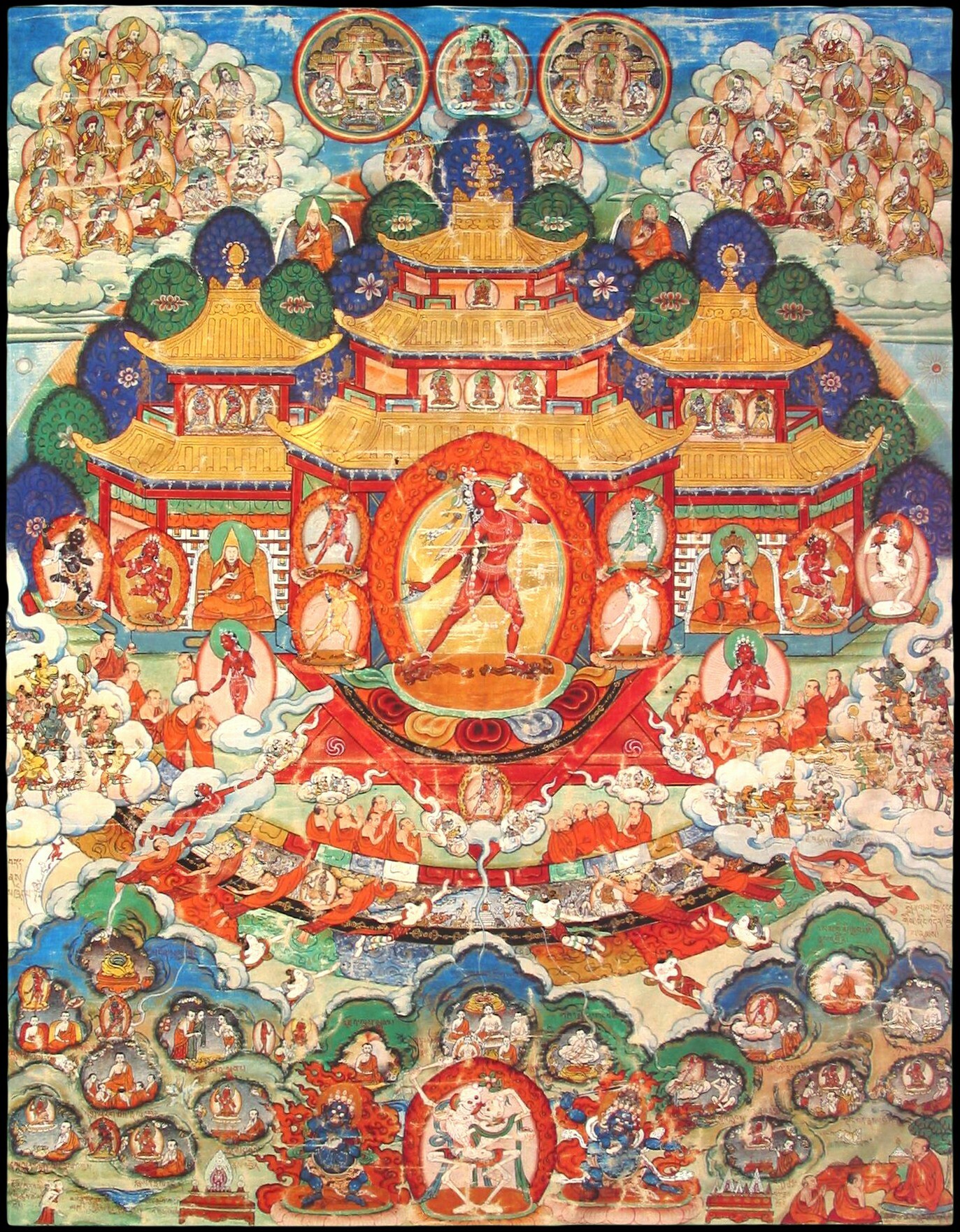
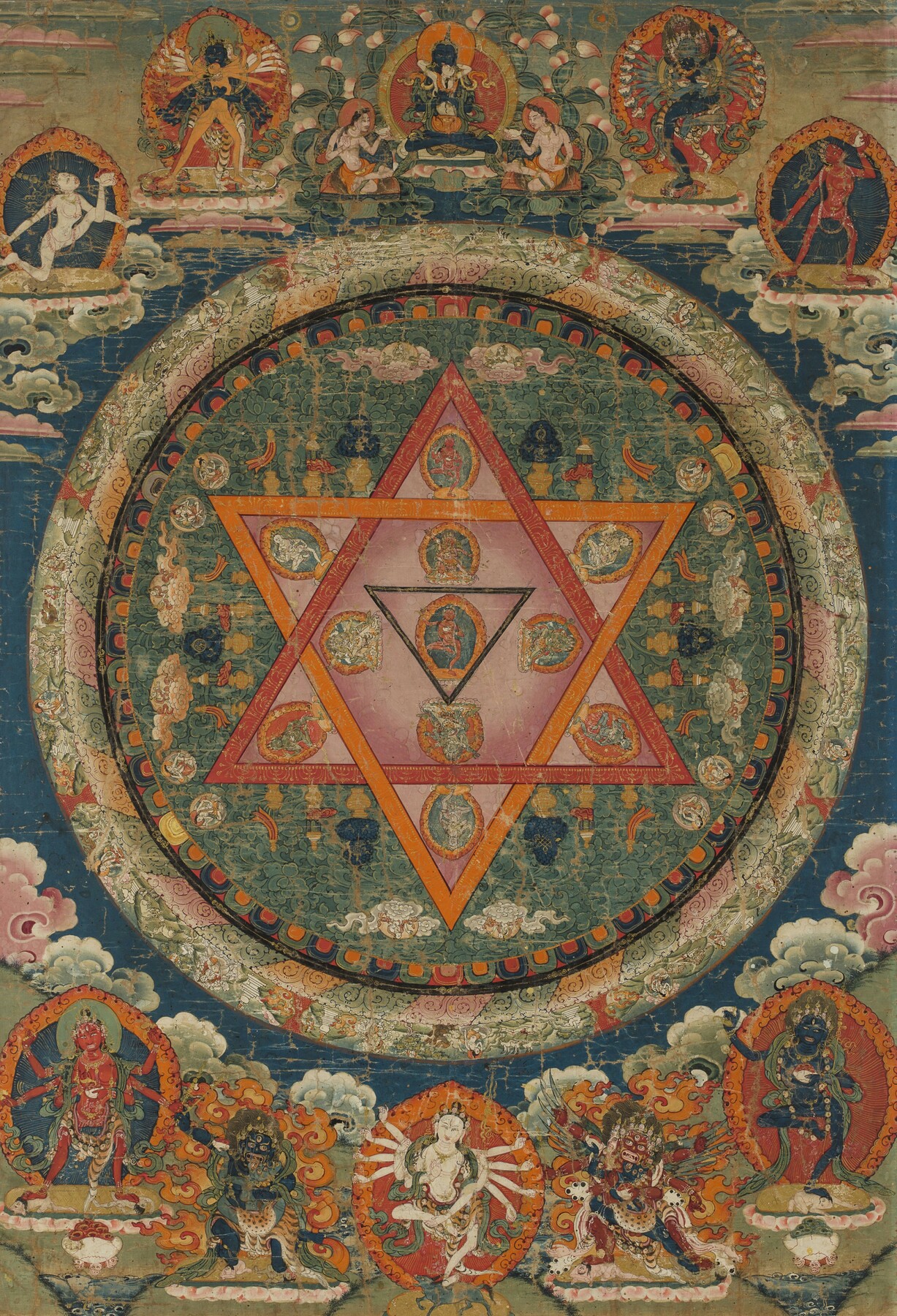
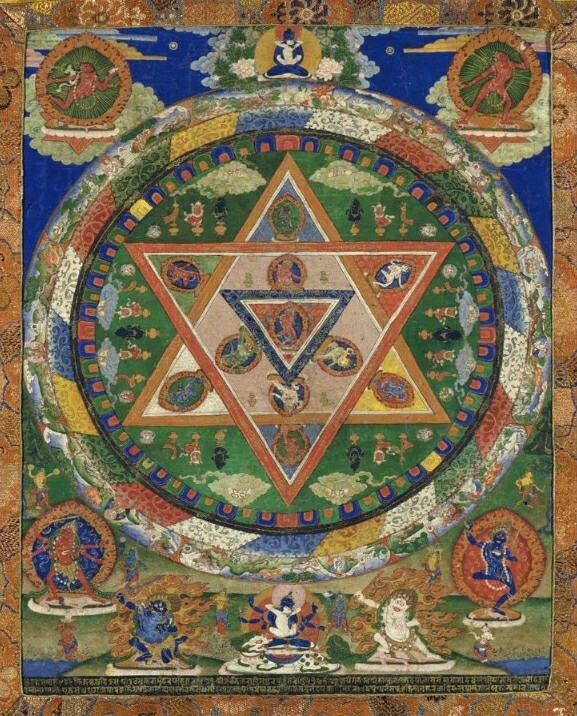
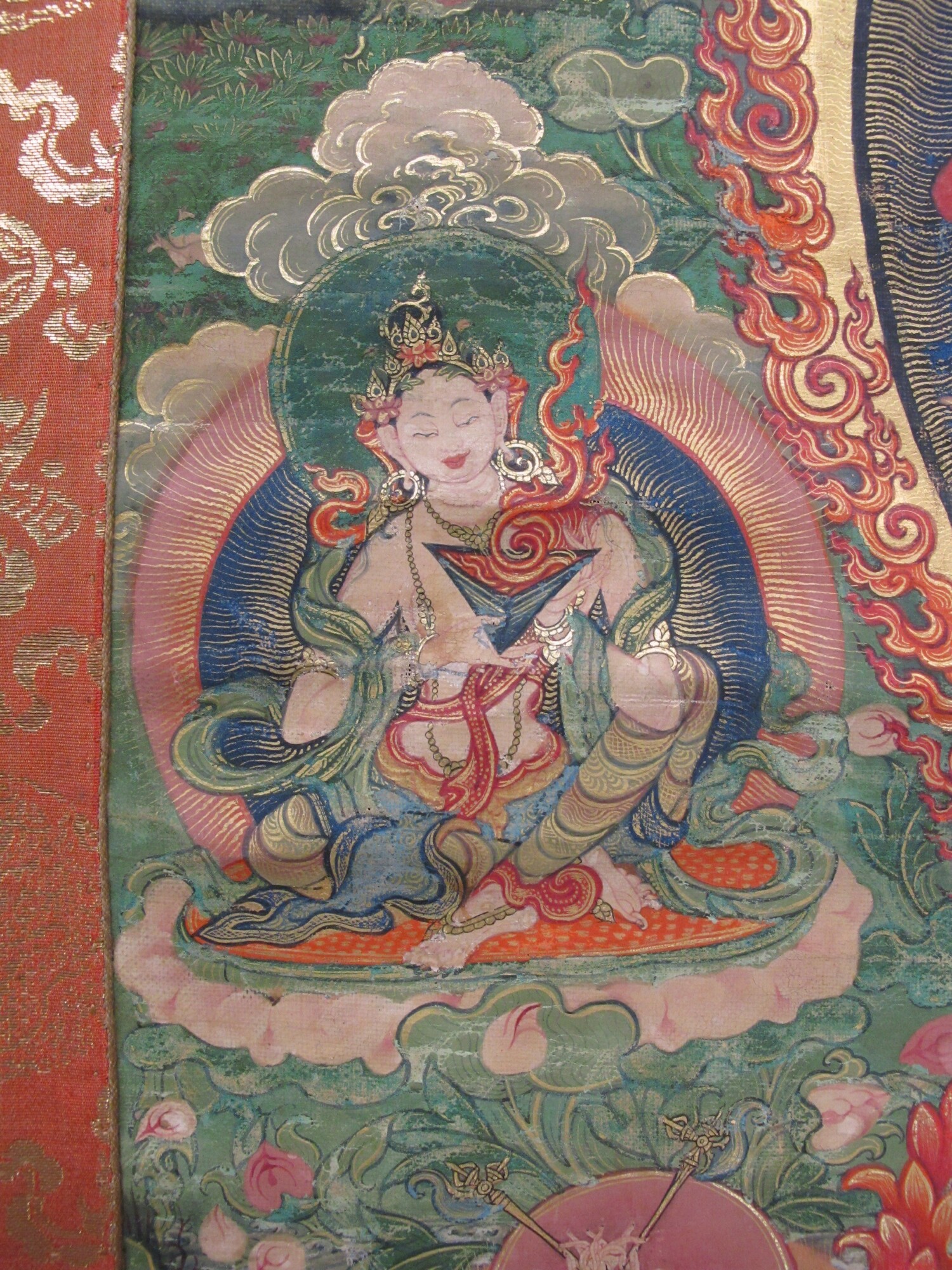

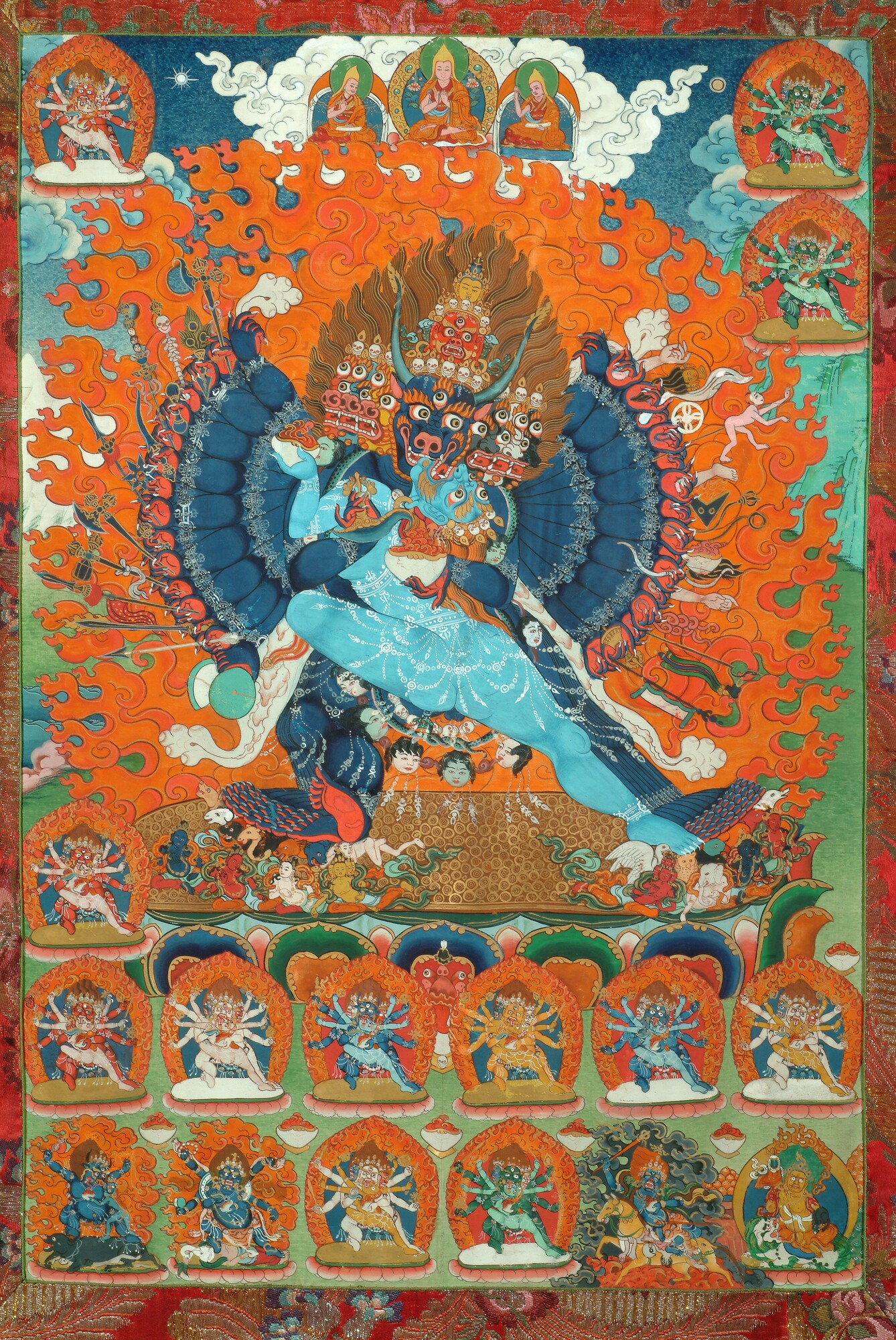
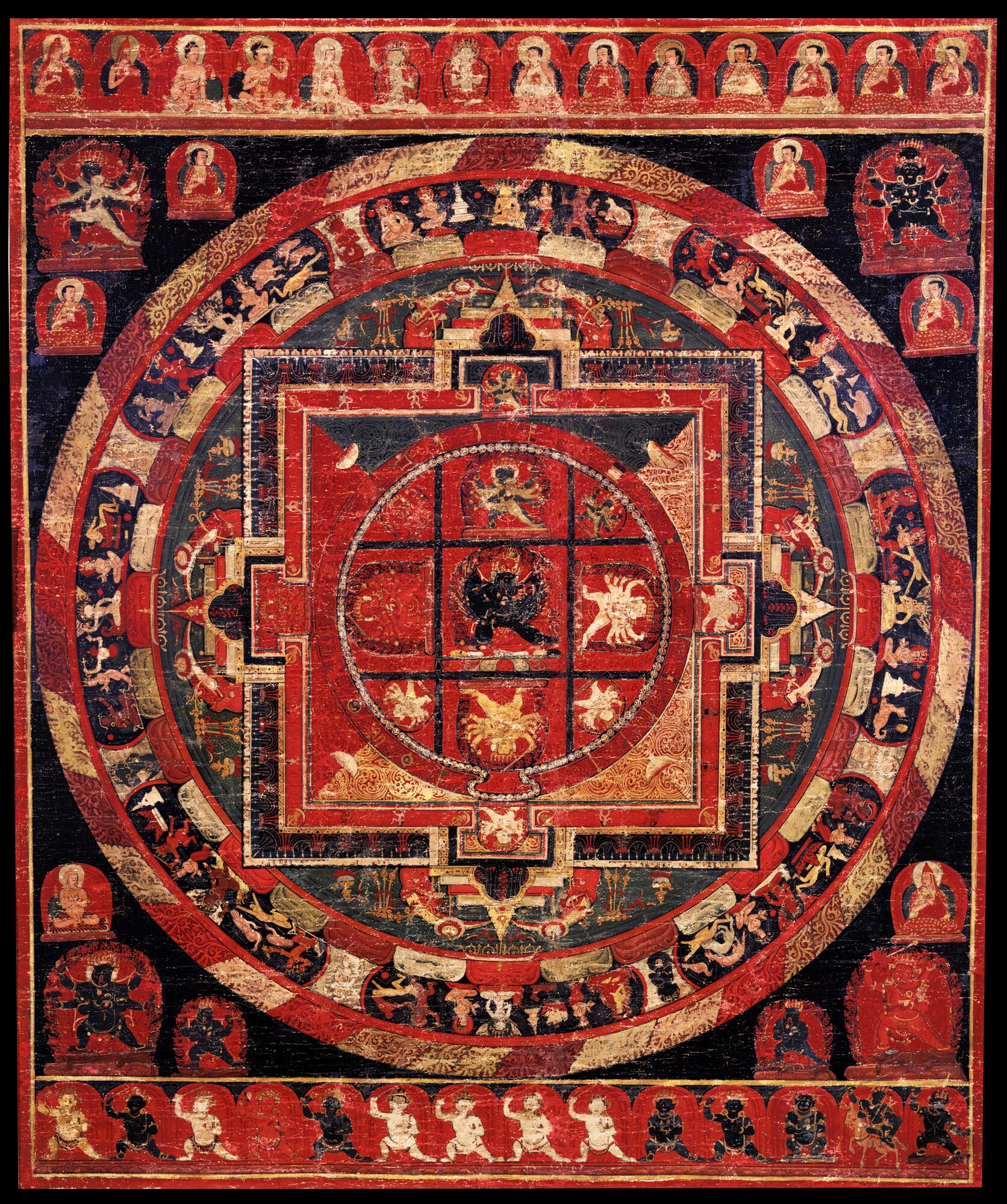
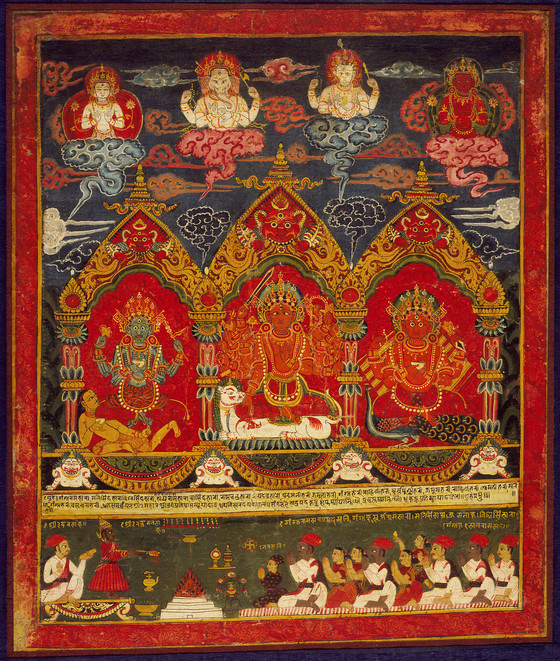
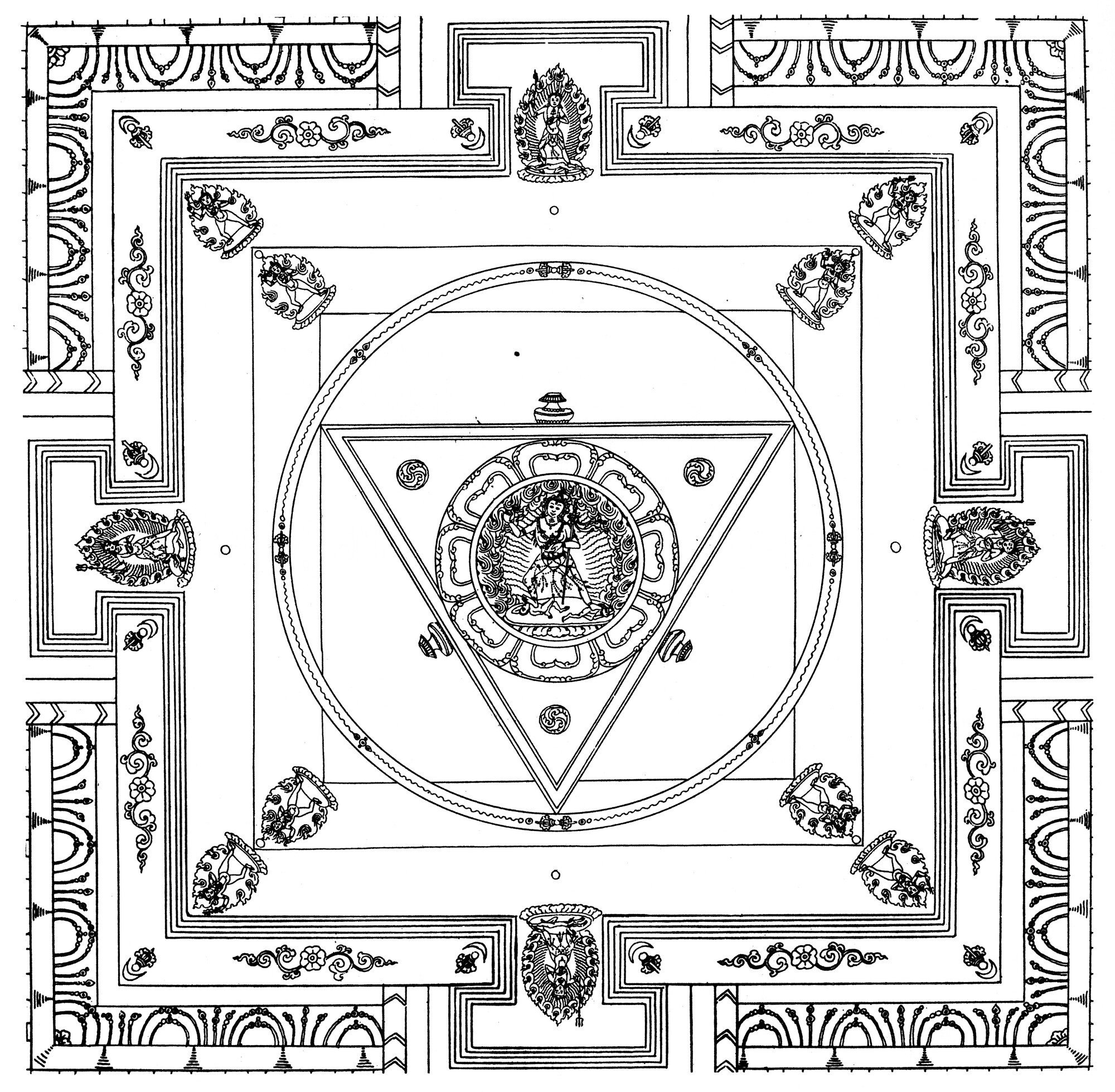
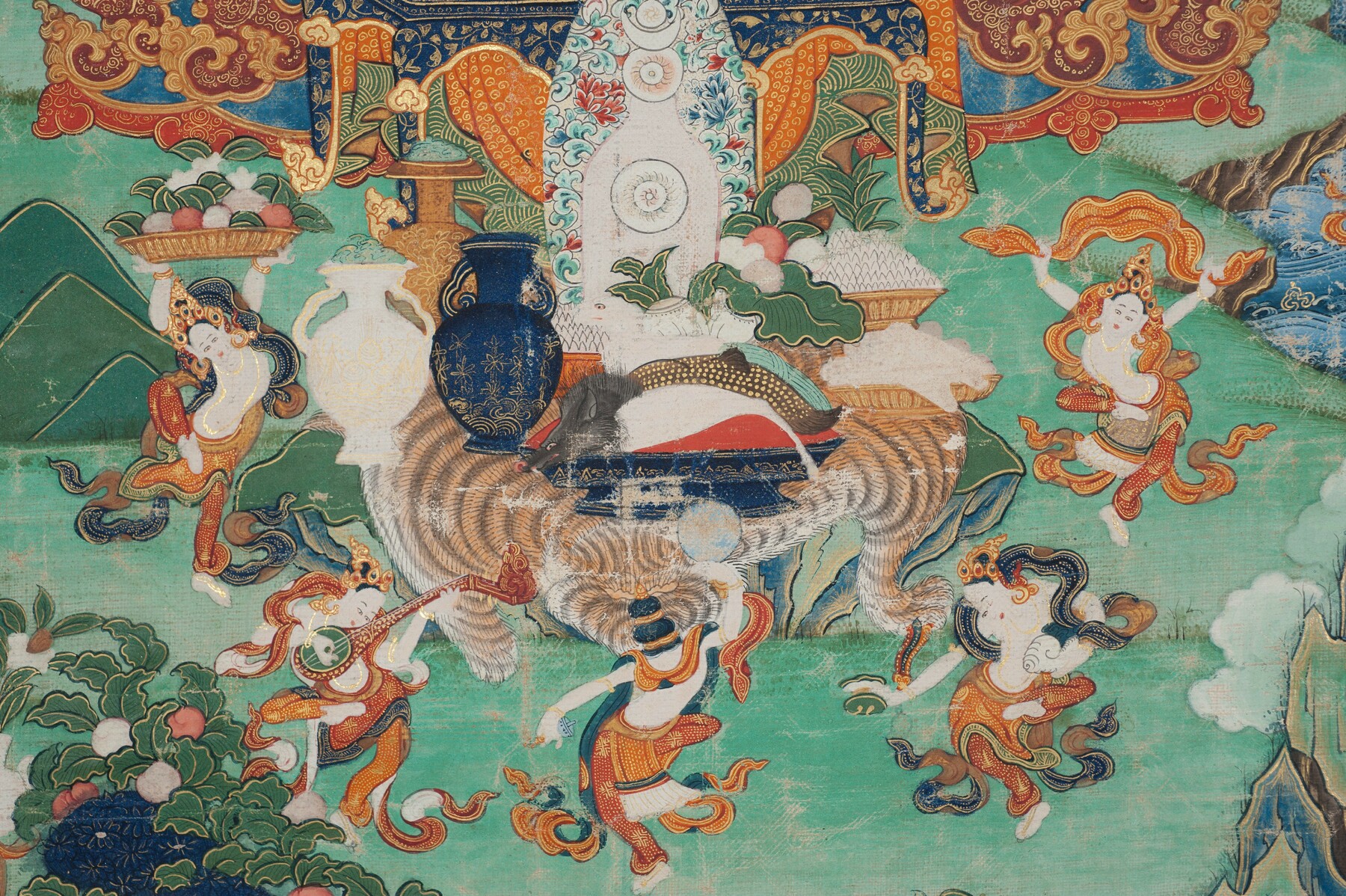
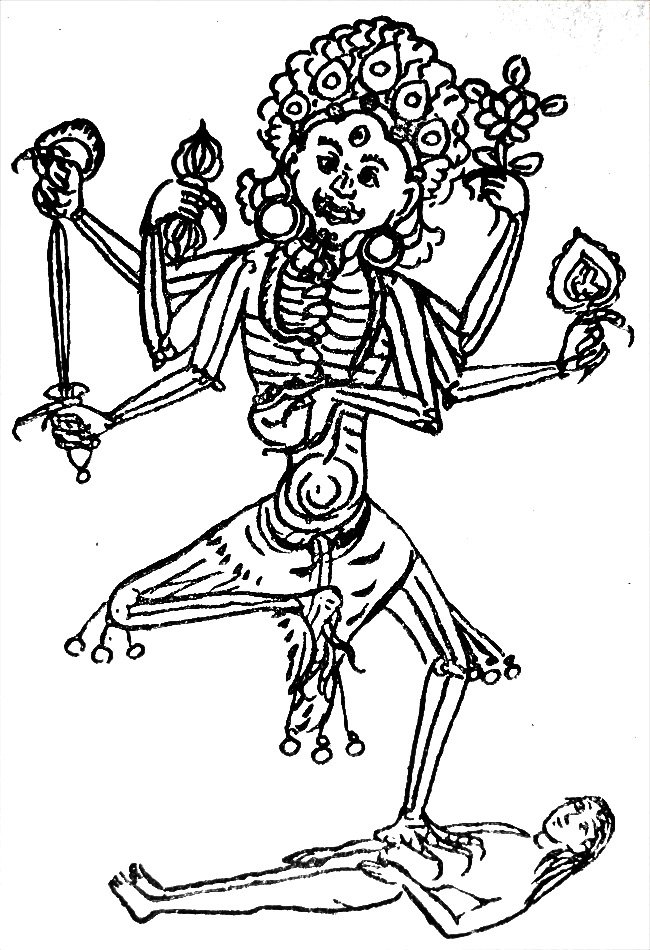
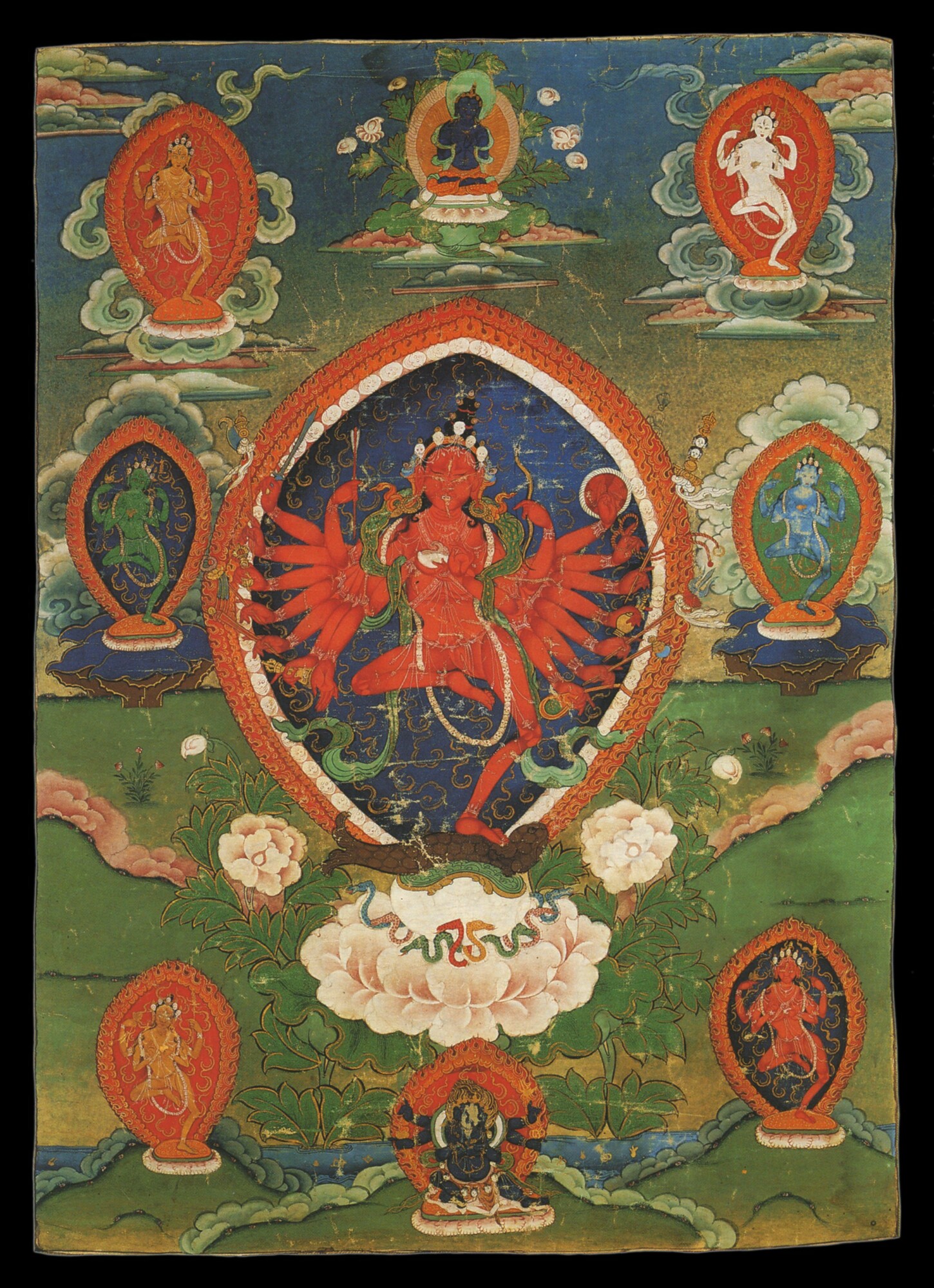

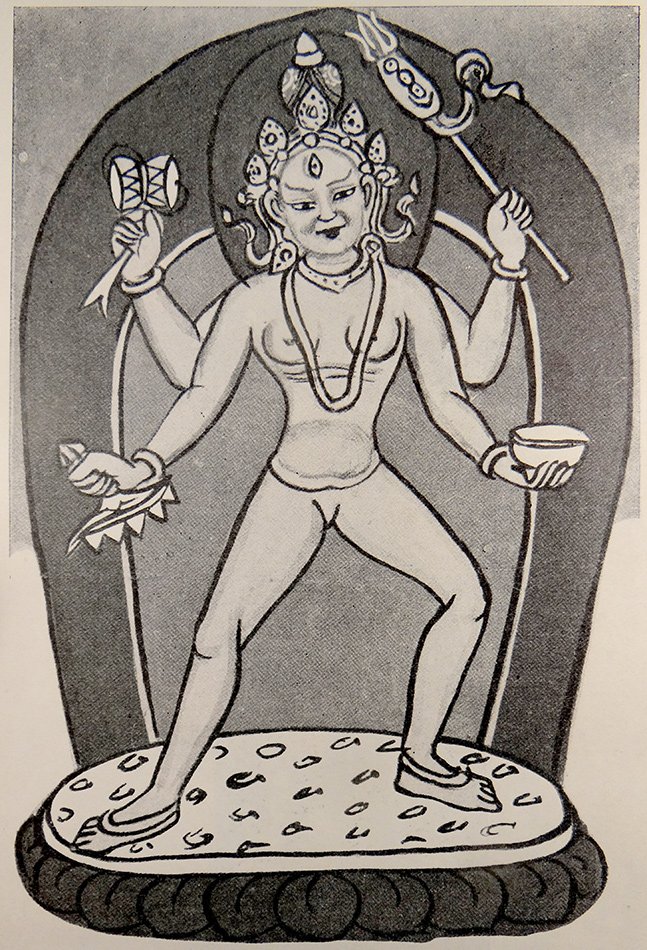



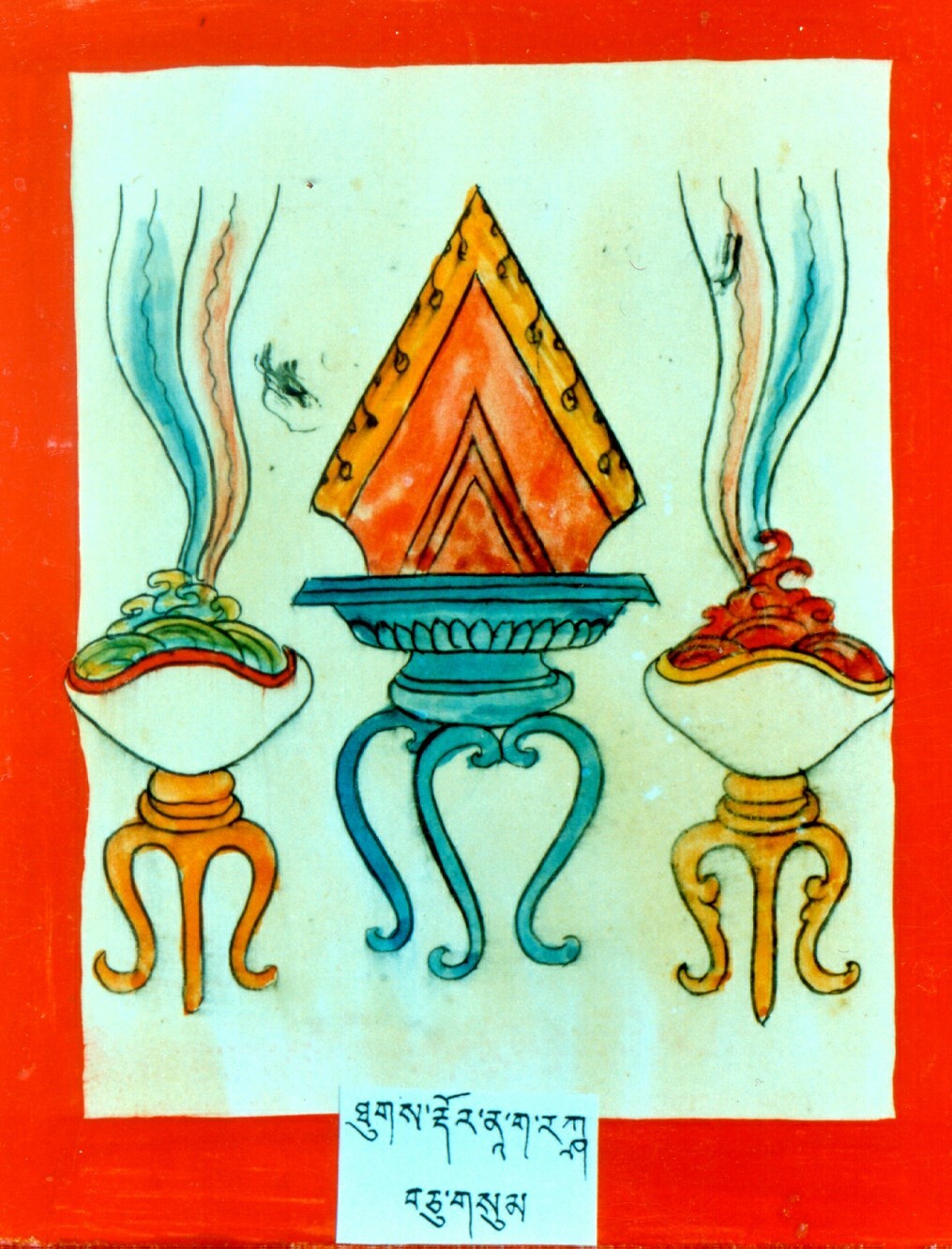
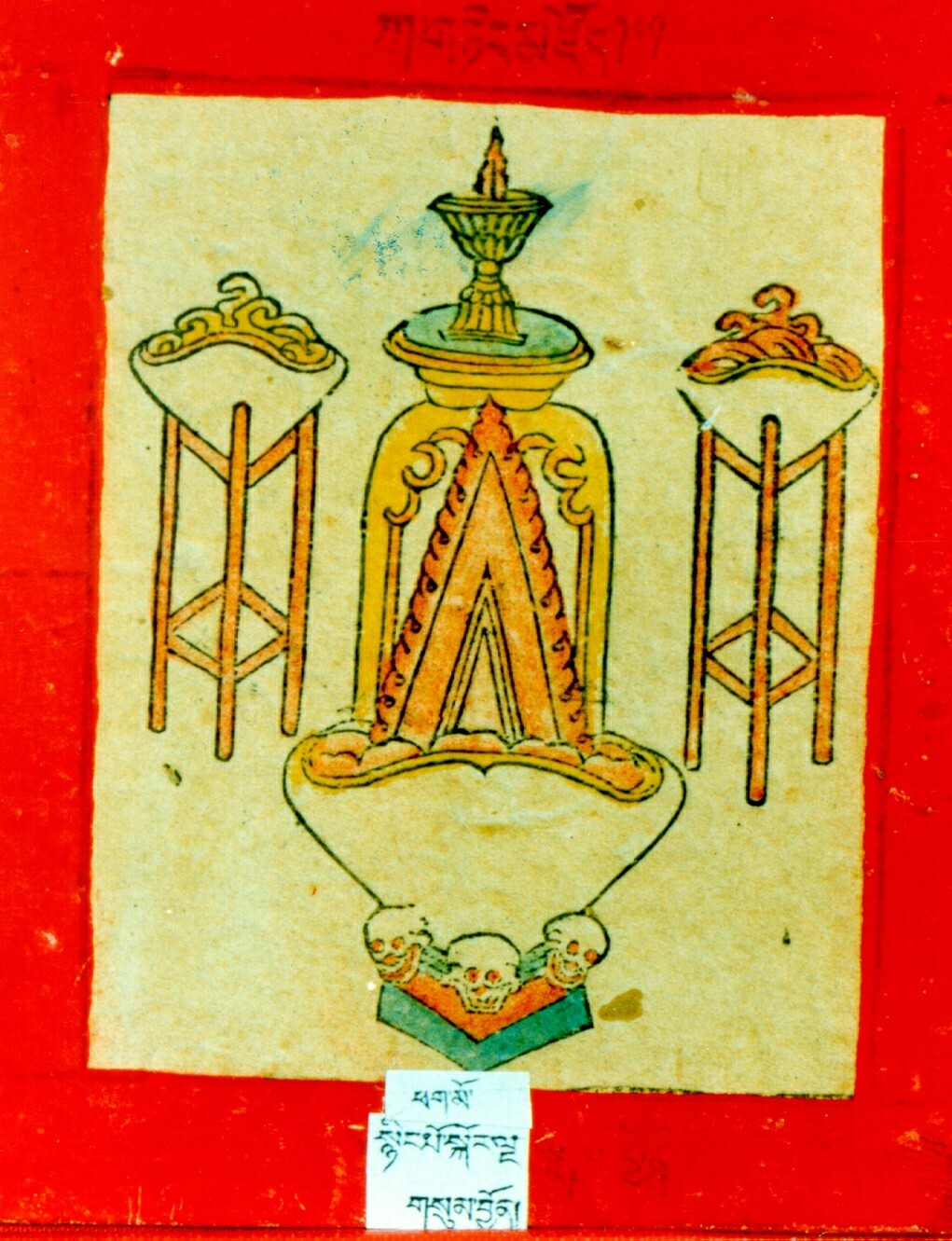
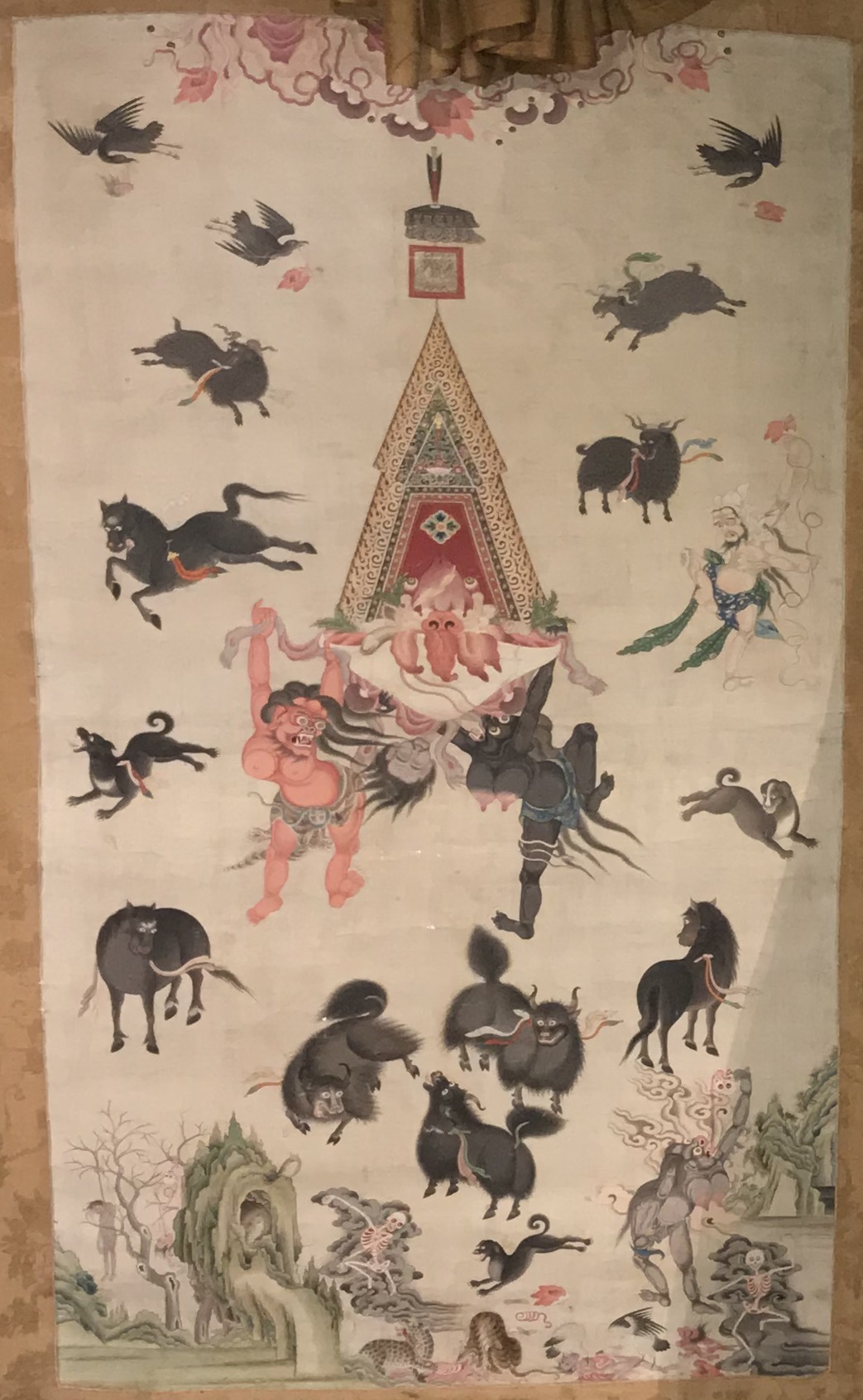
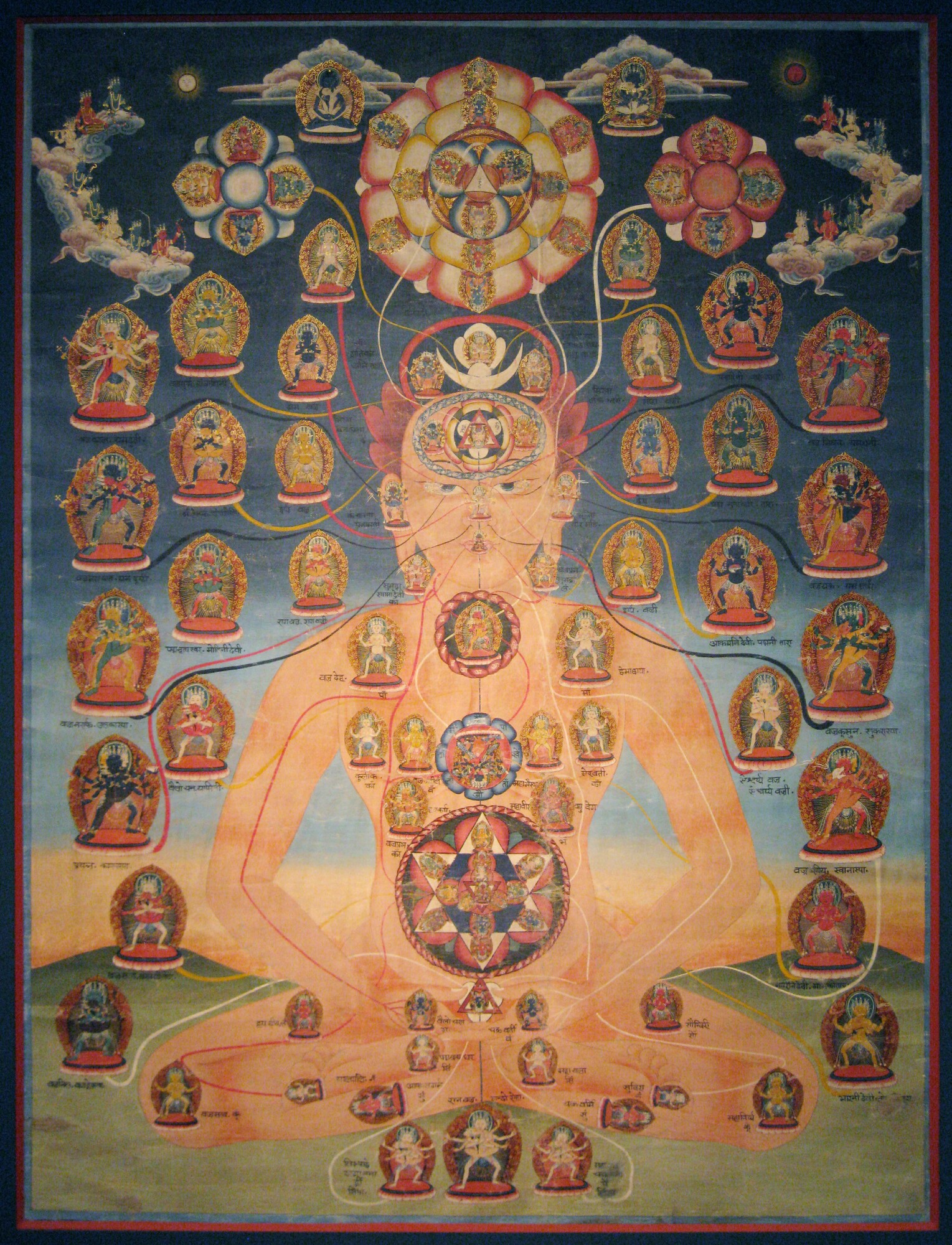
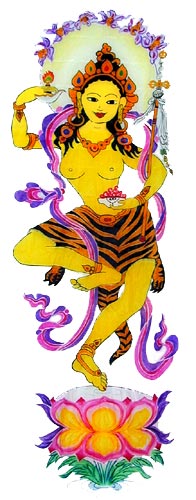
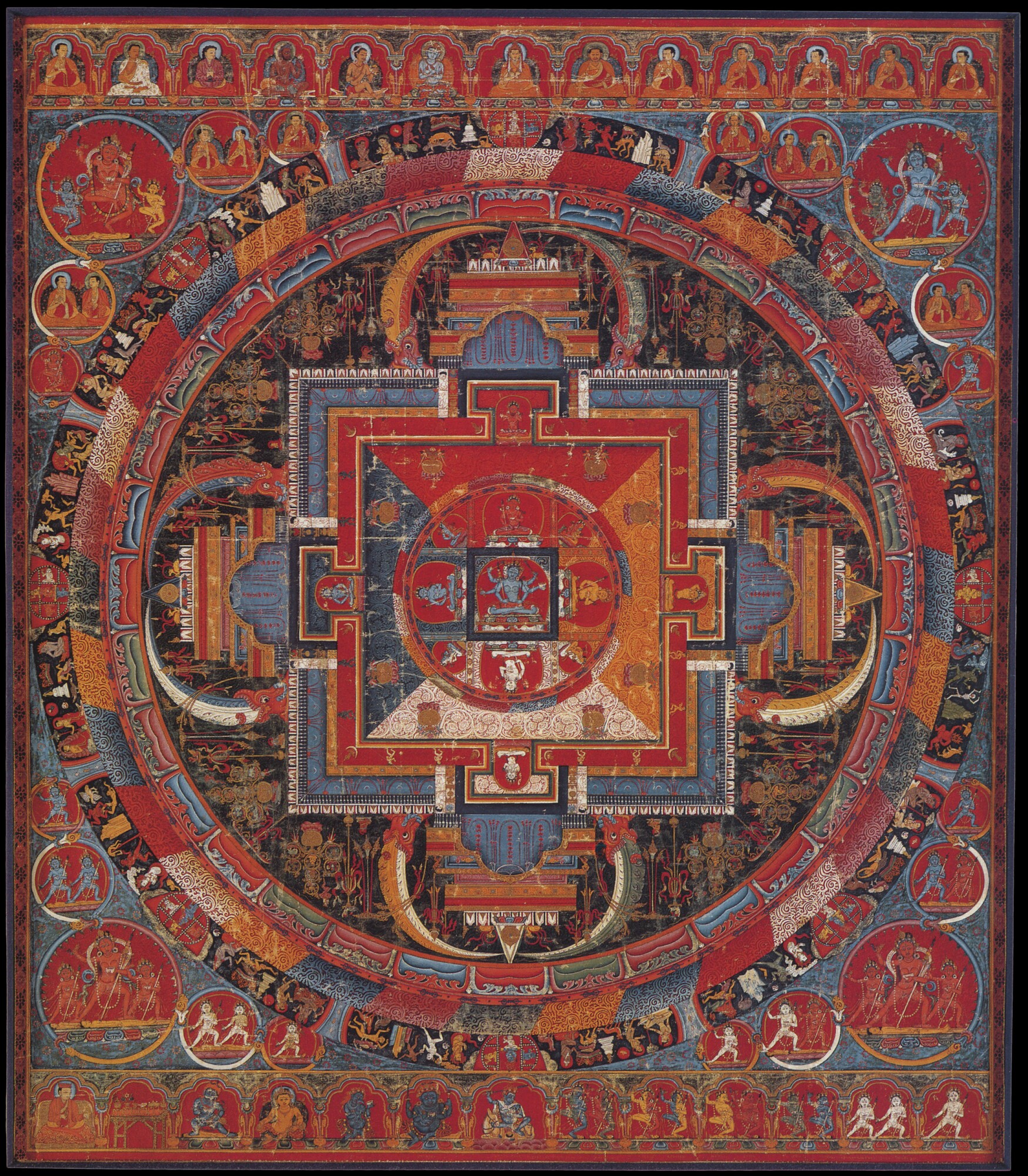


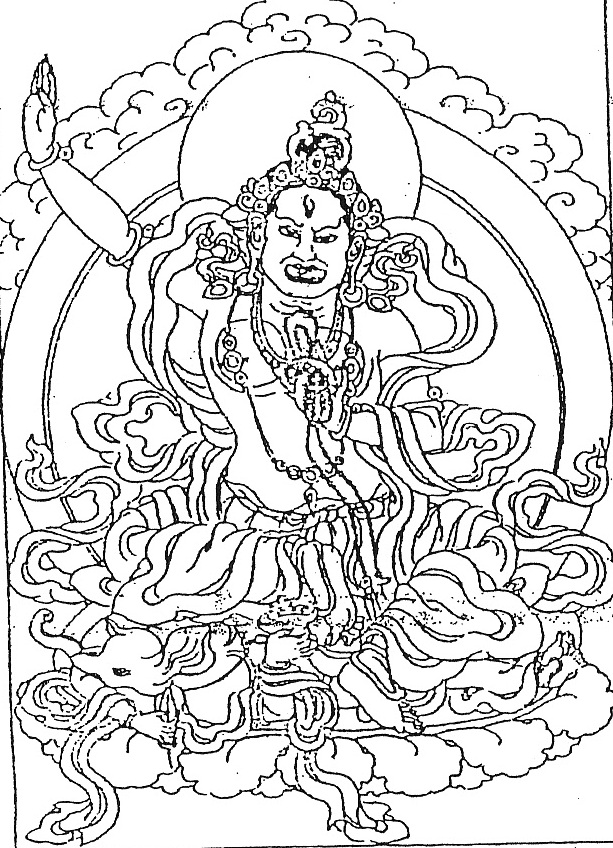
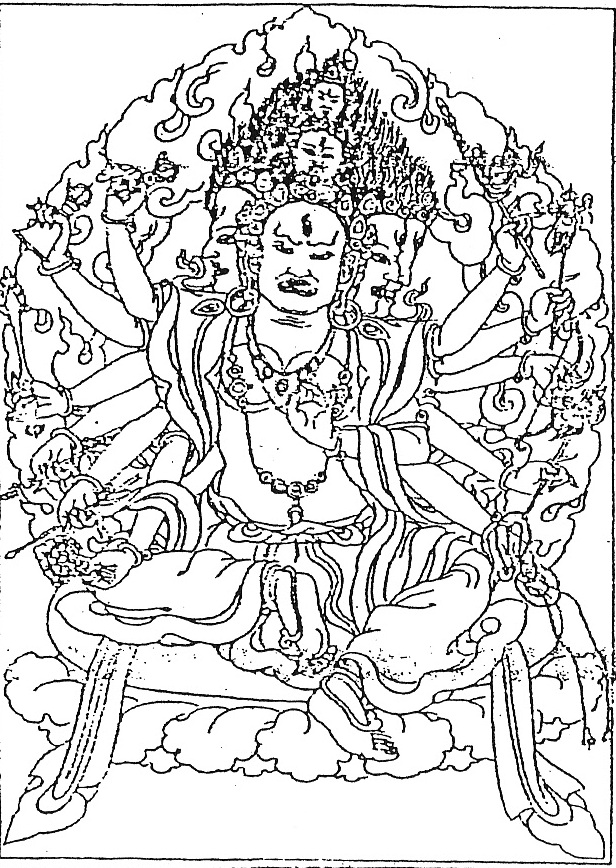
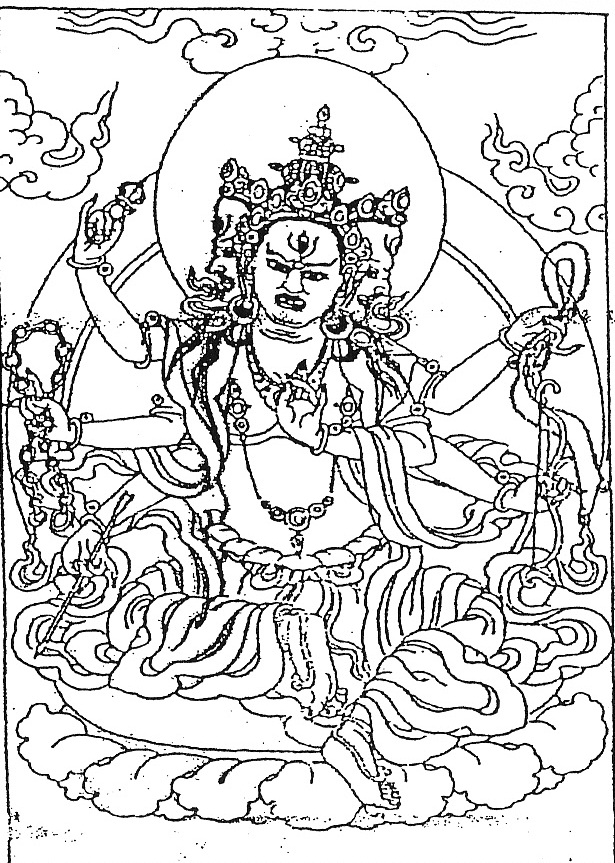
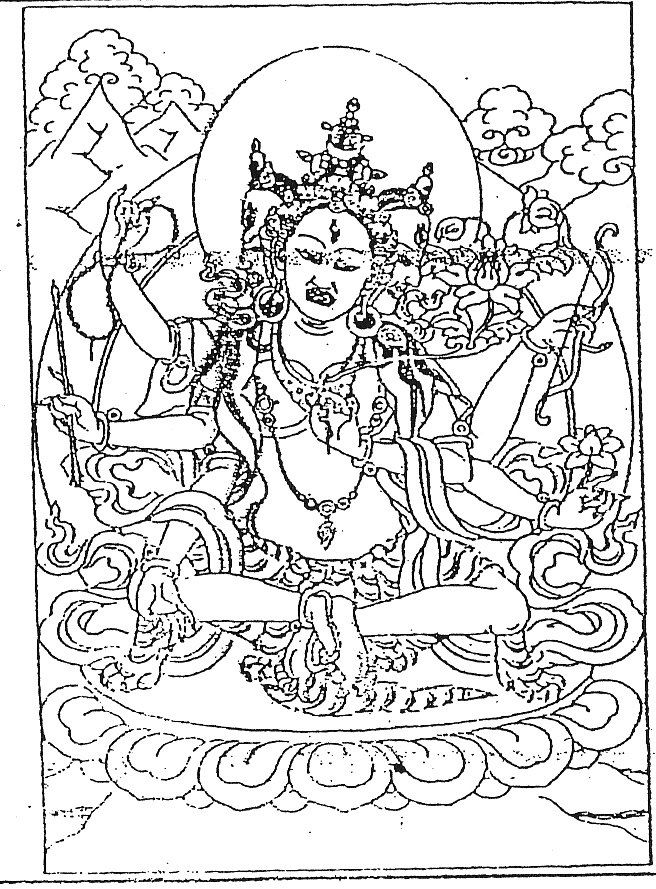

Bookmarks